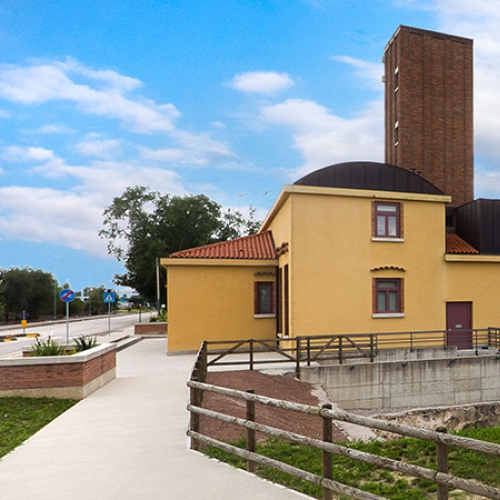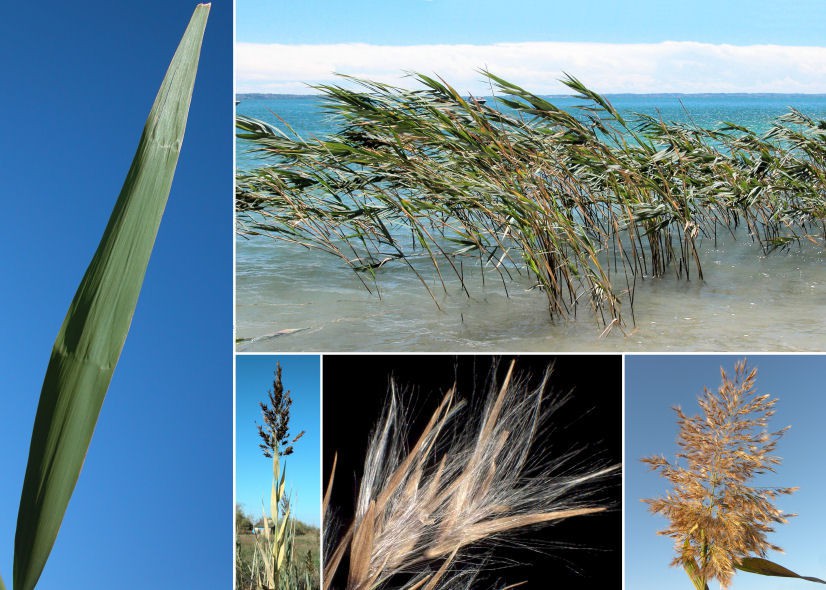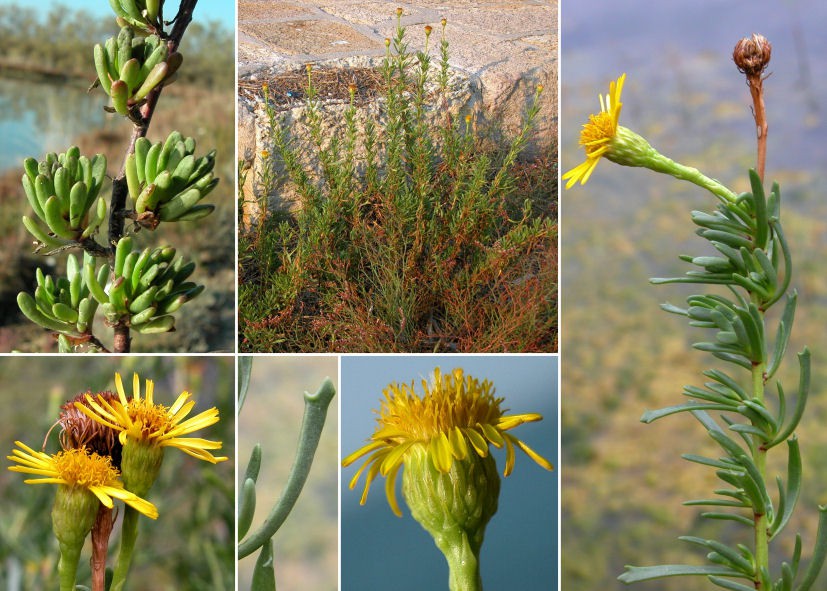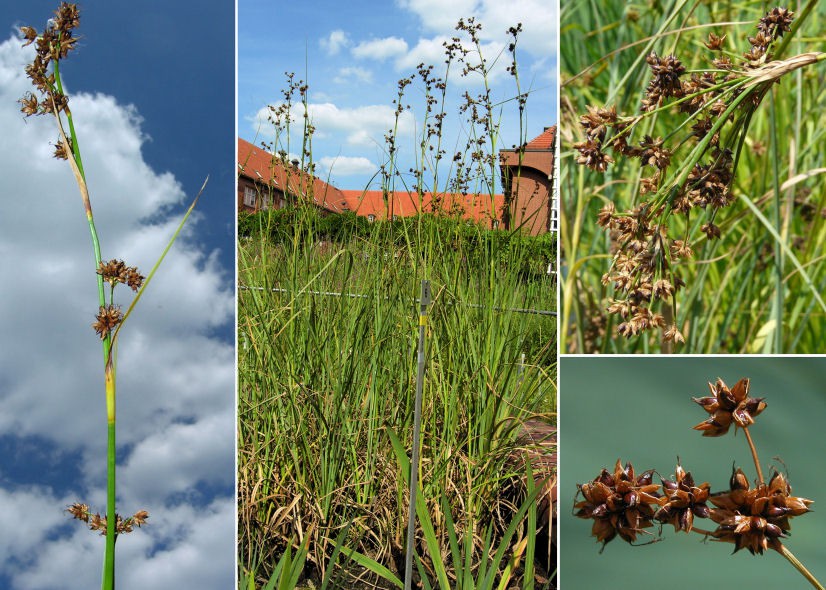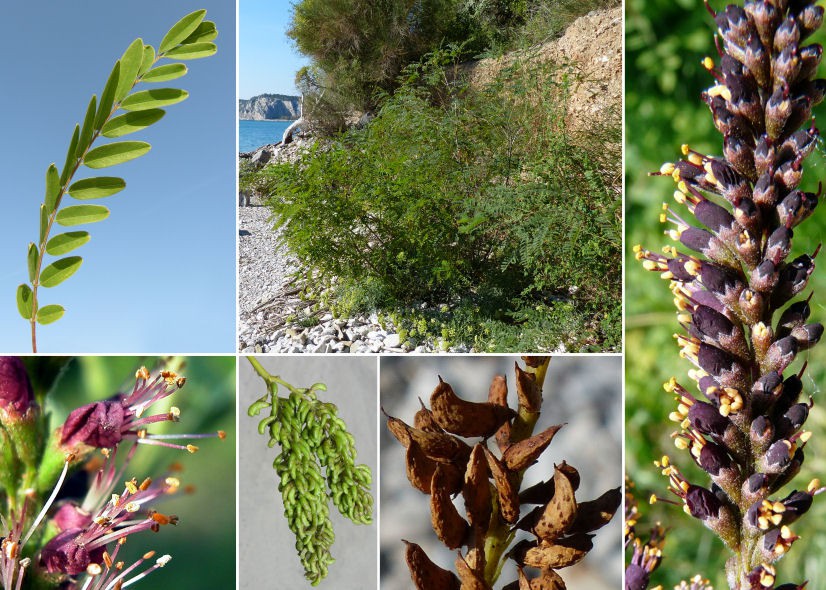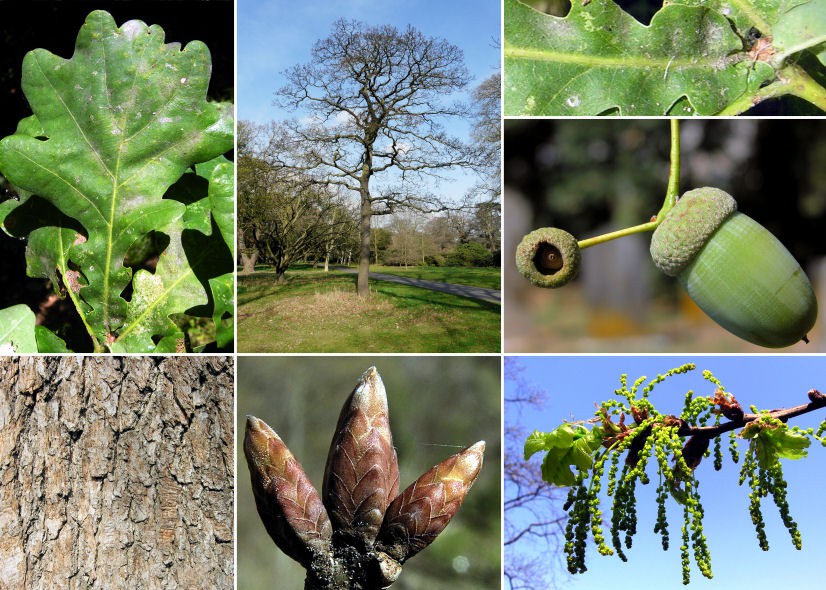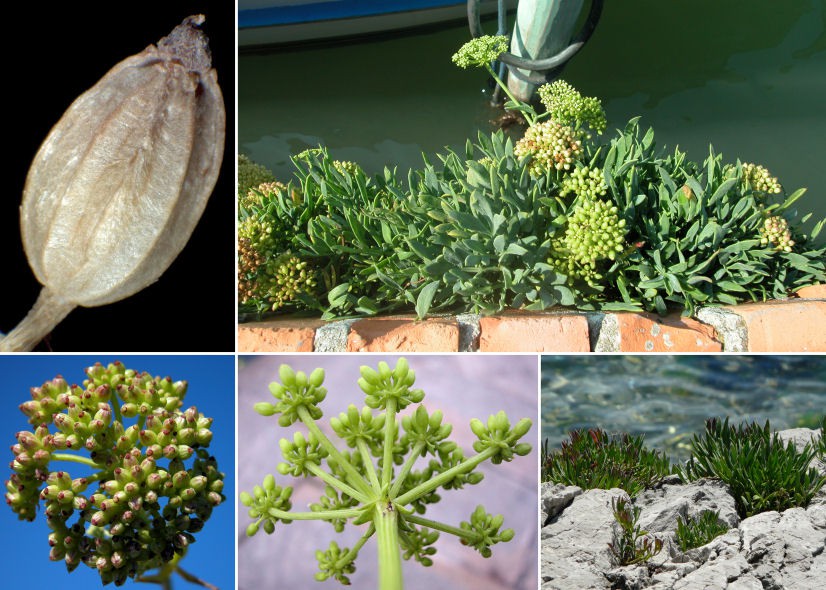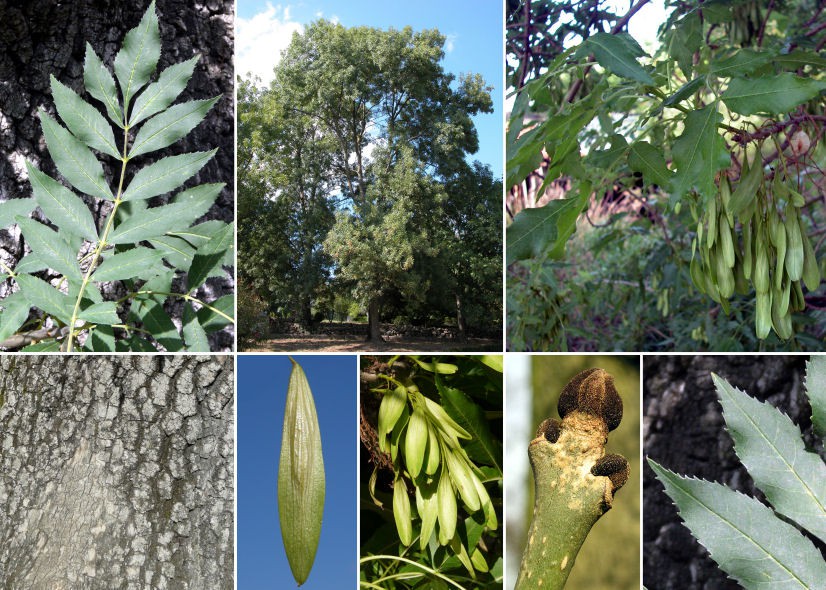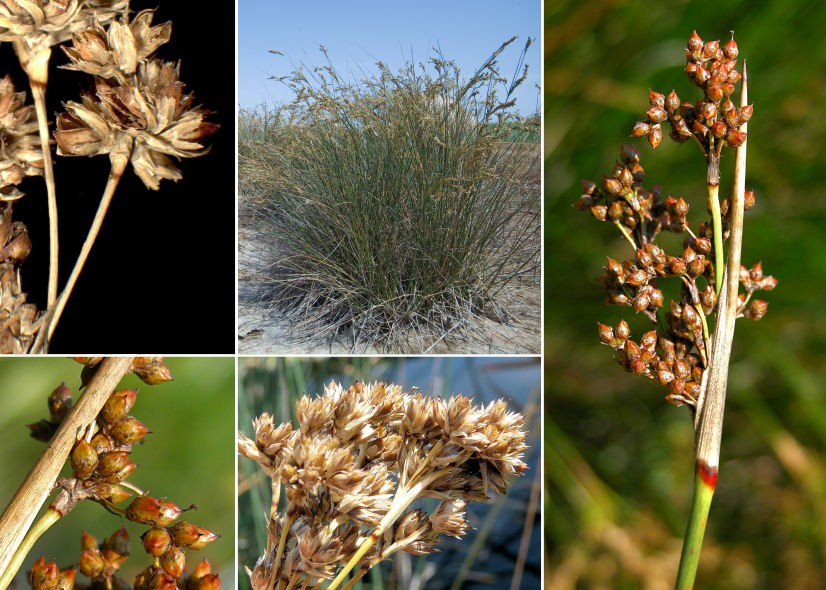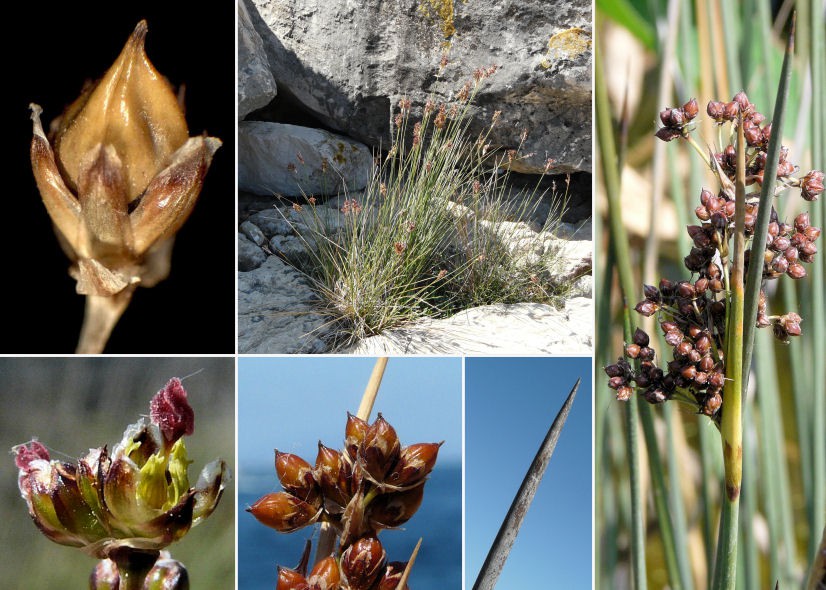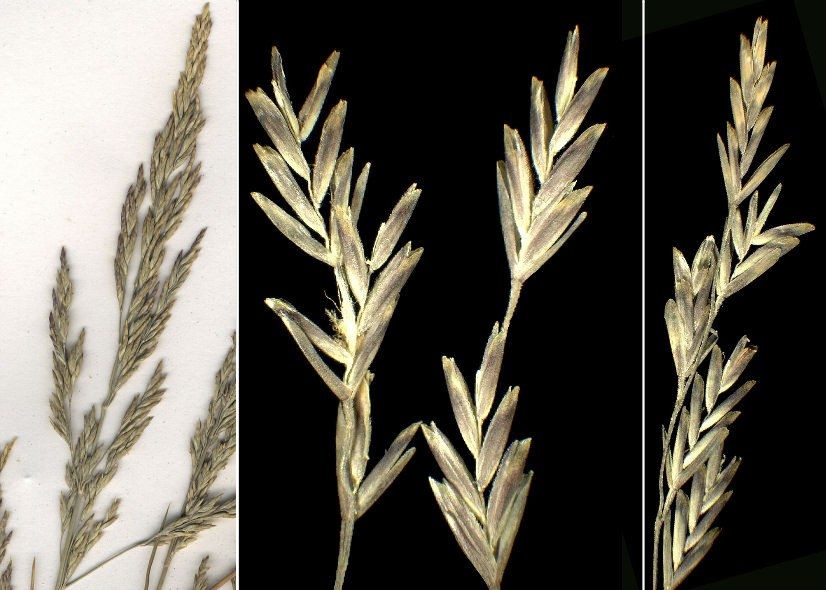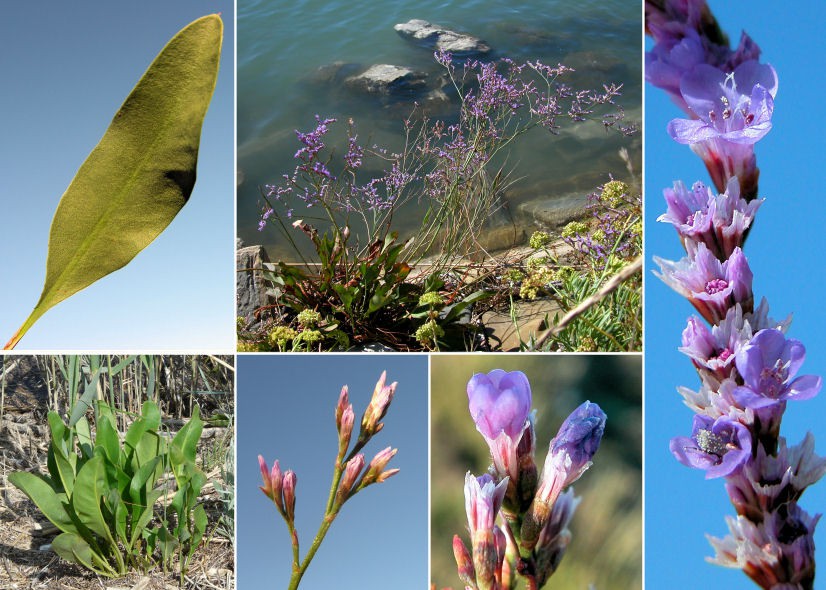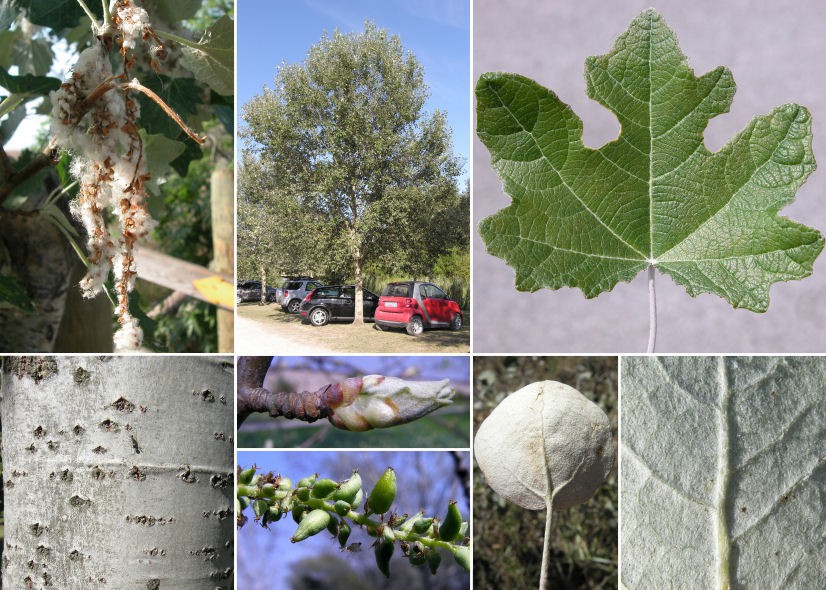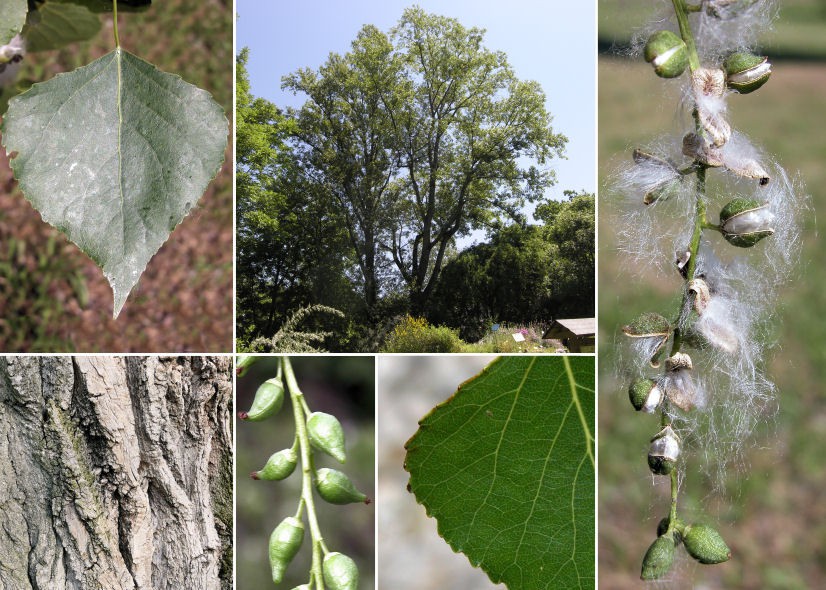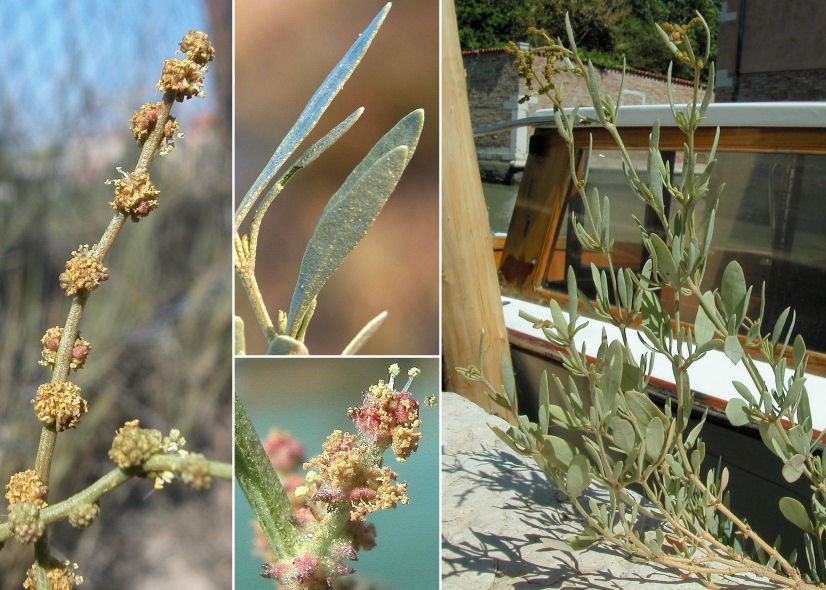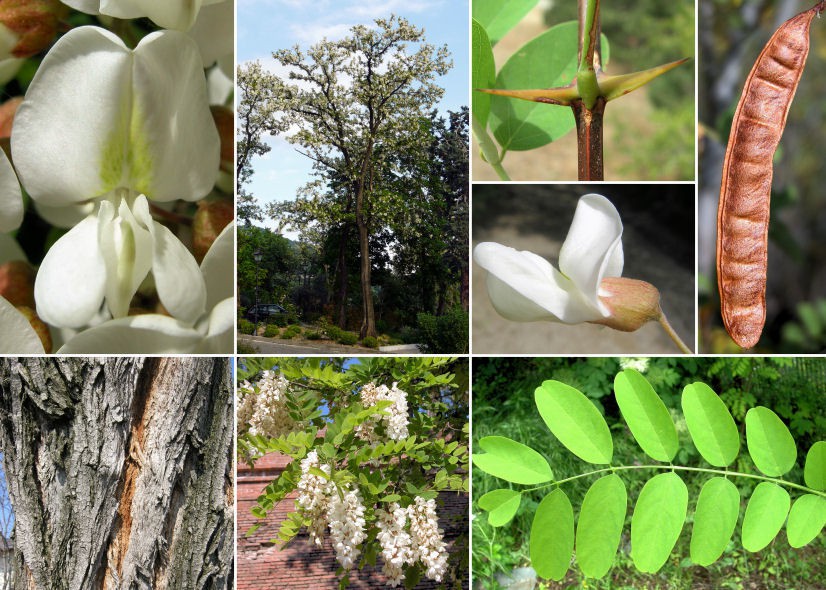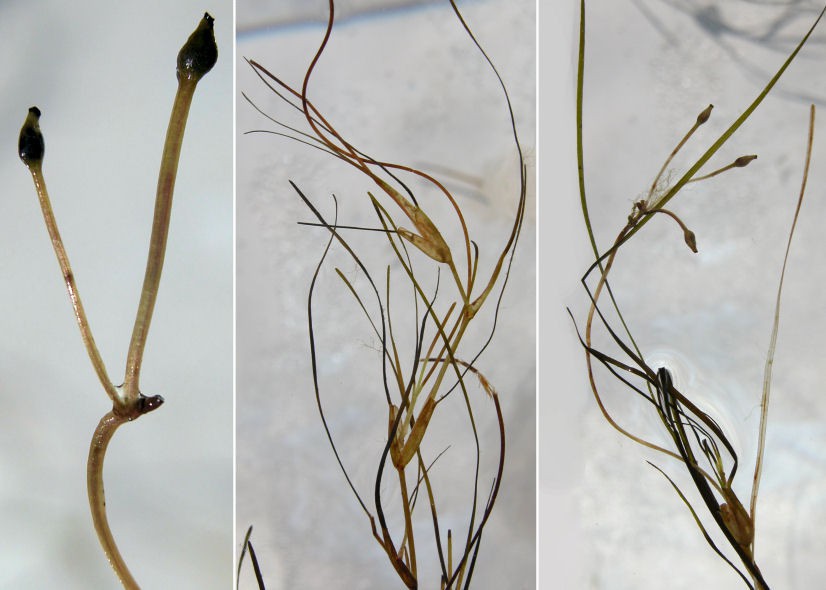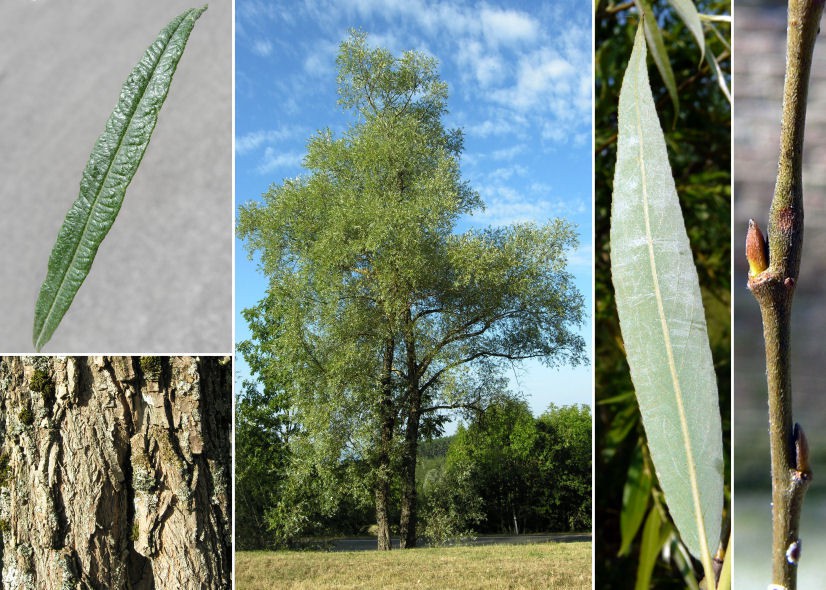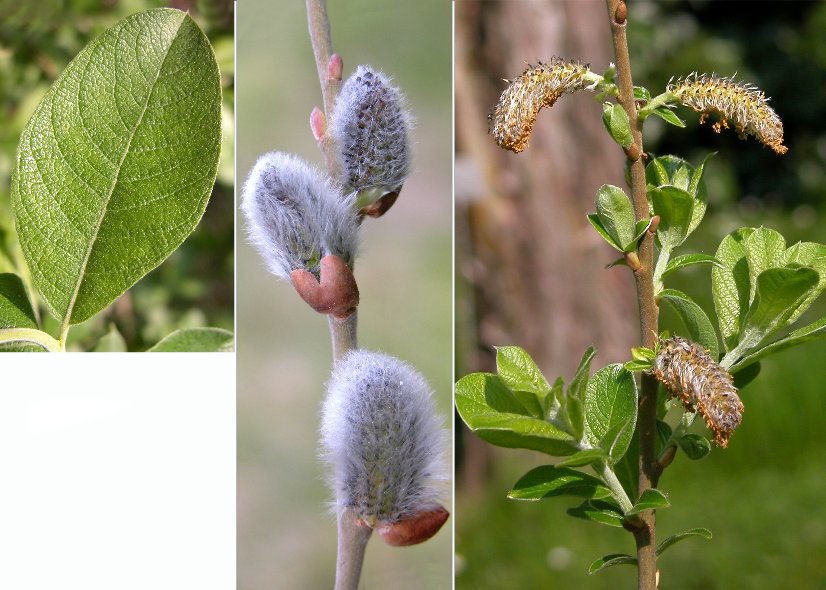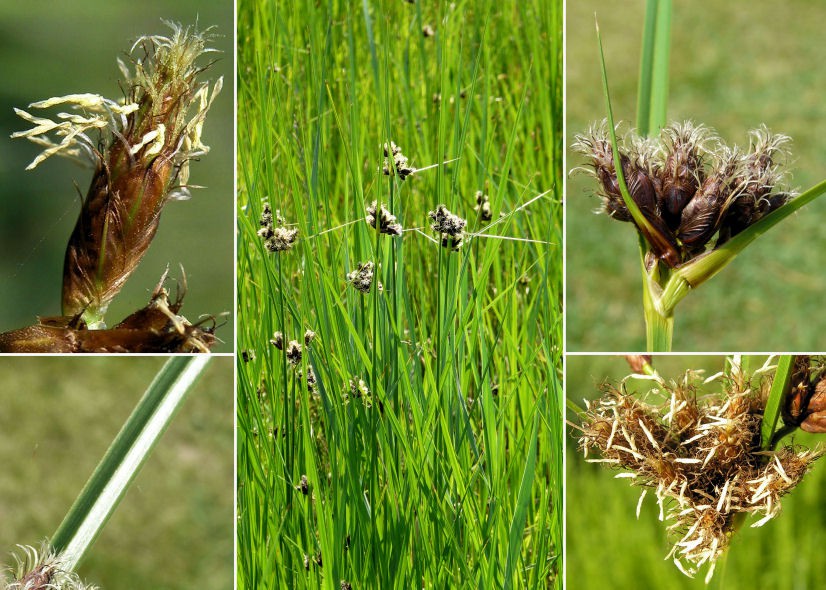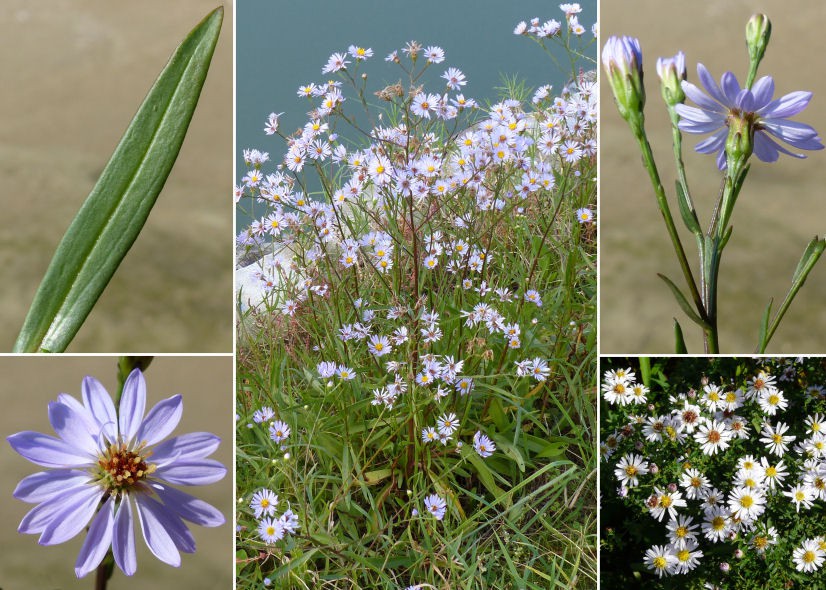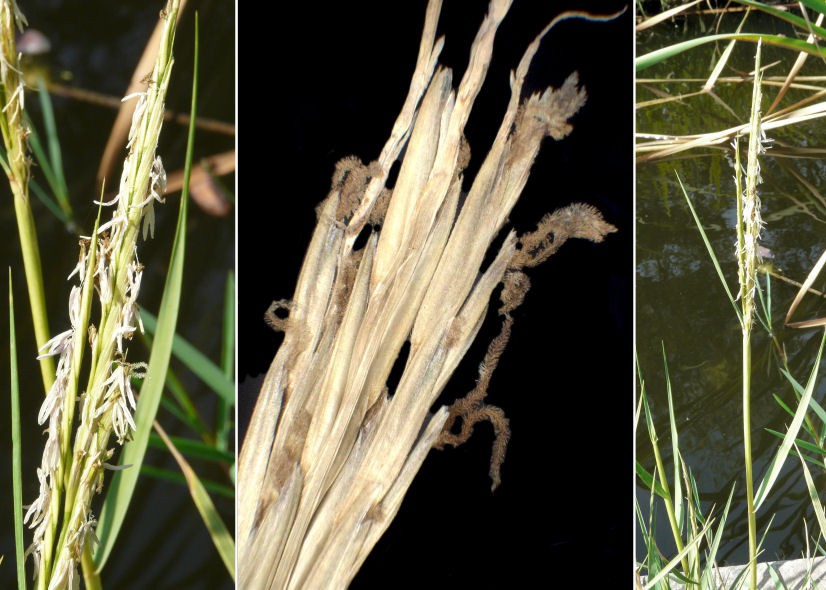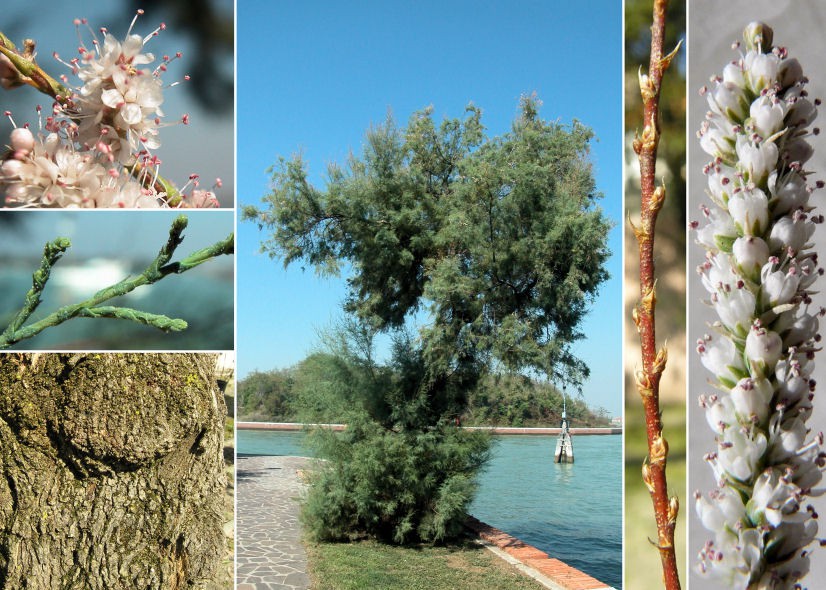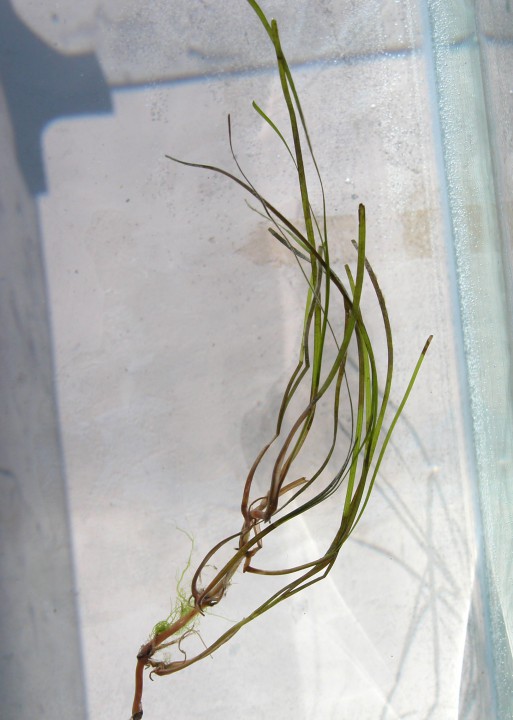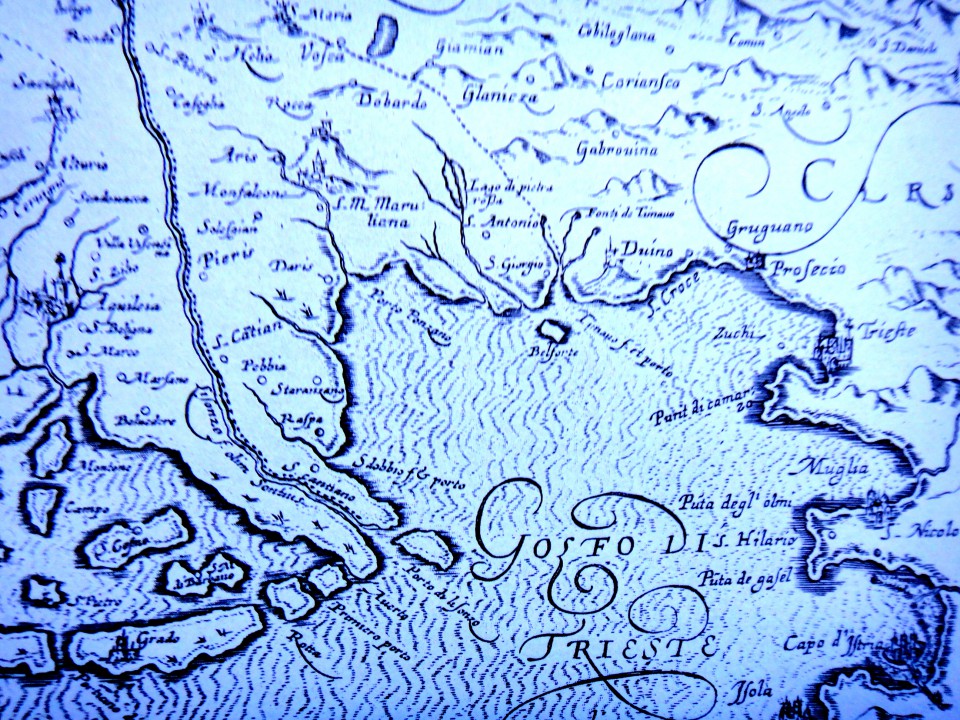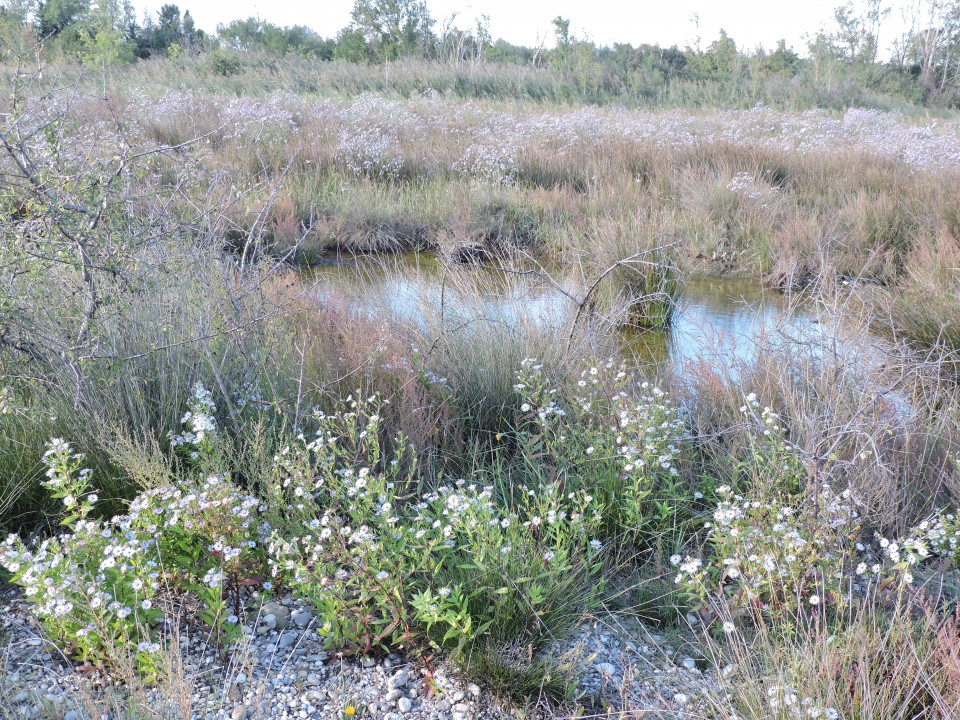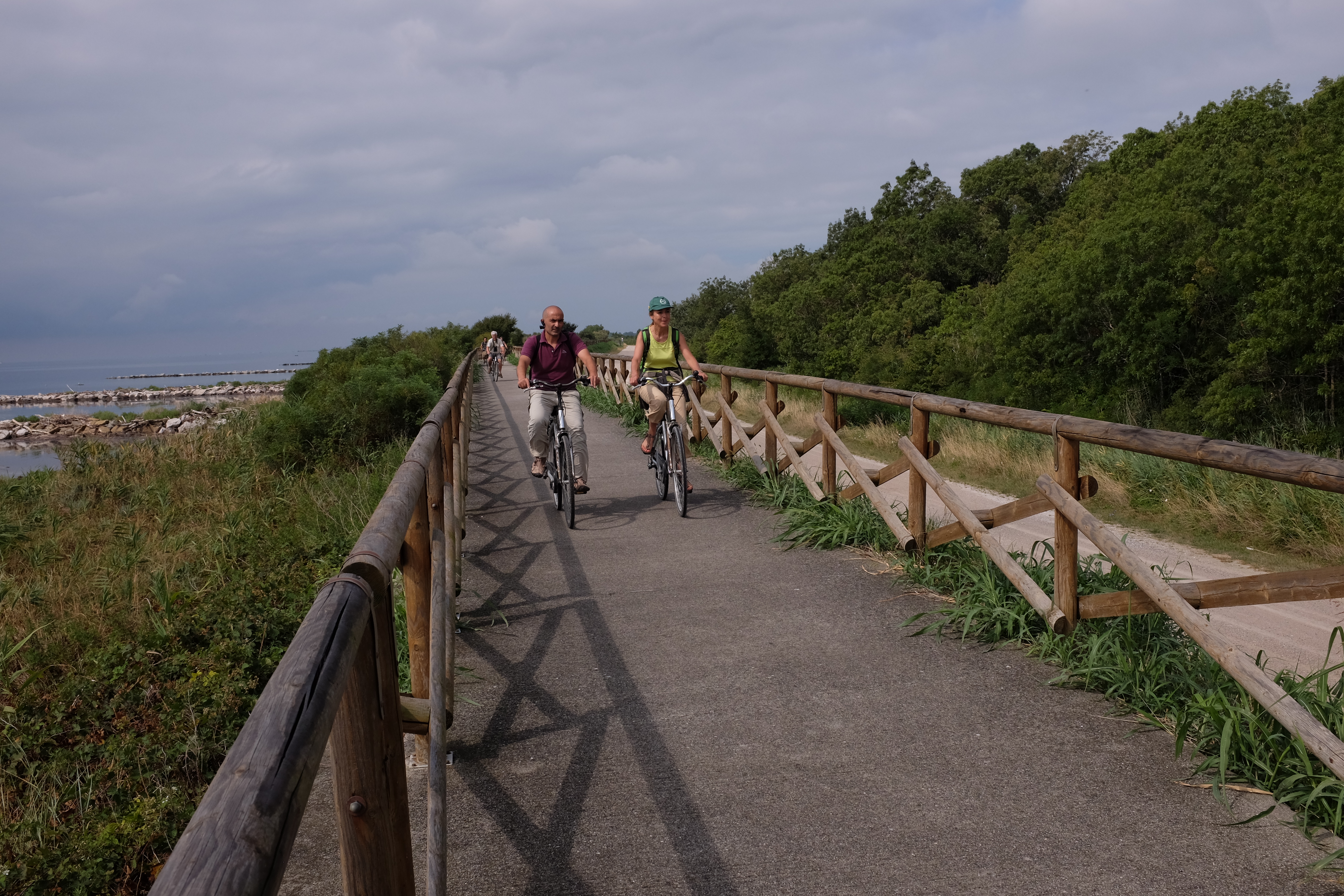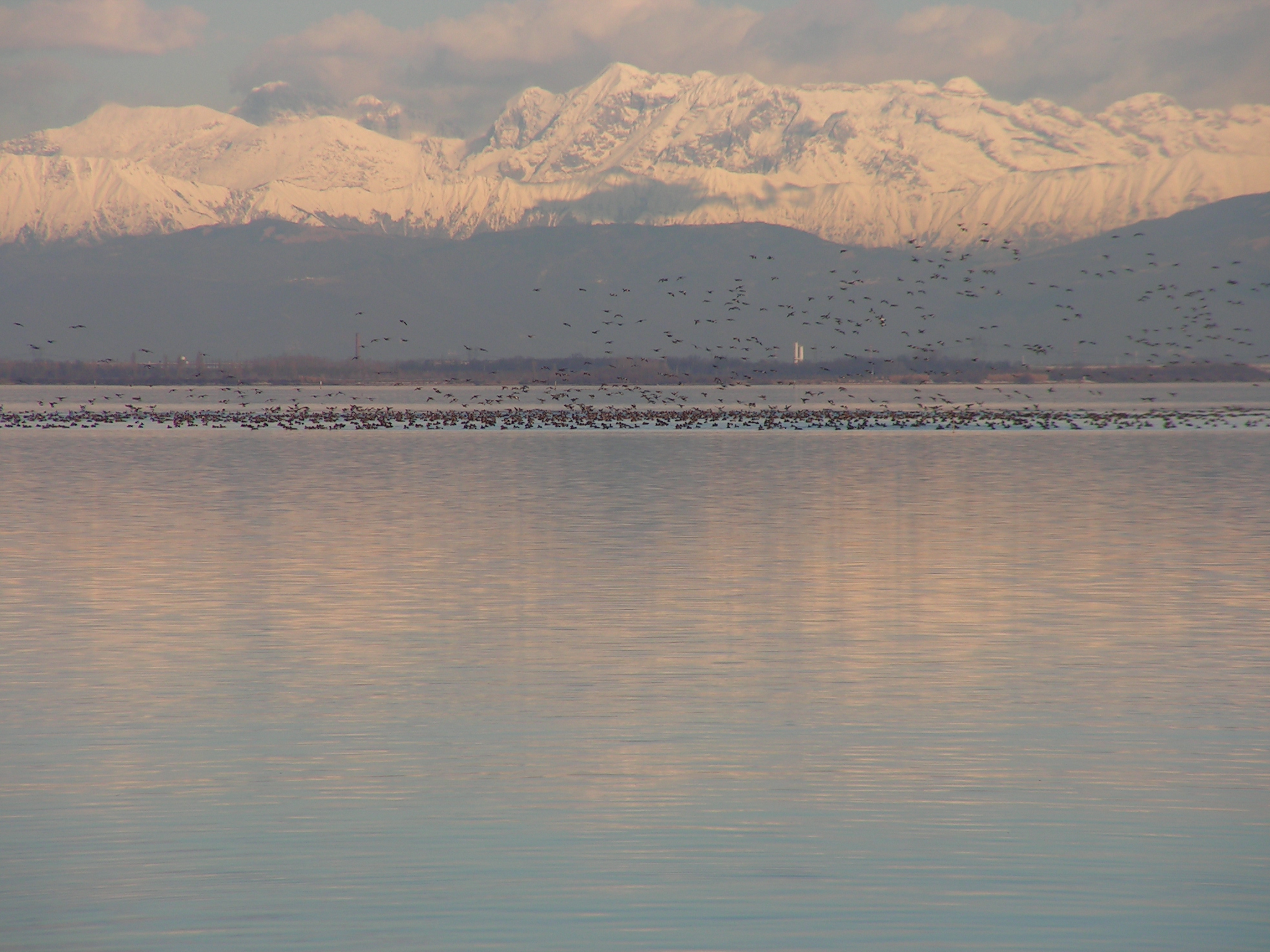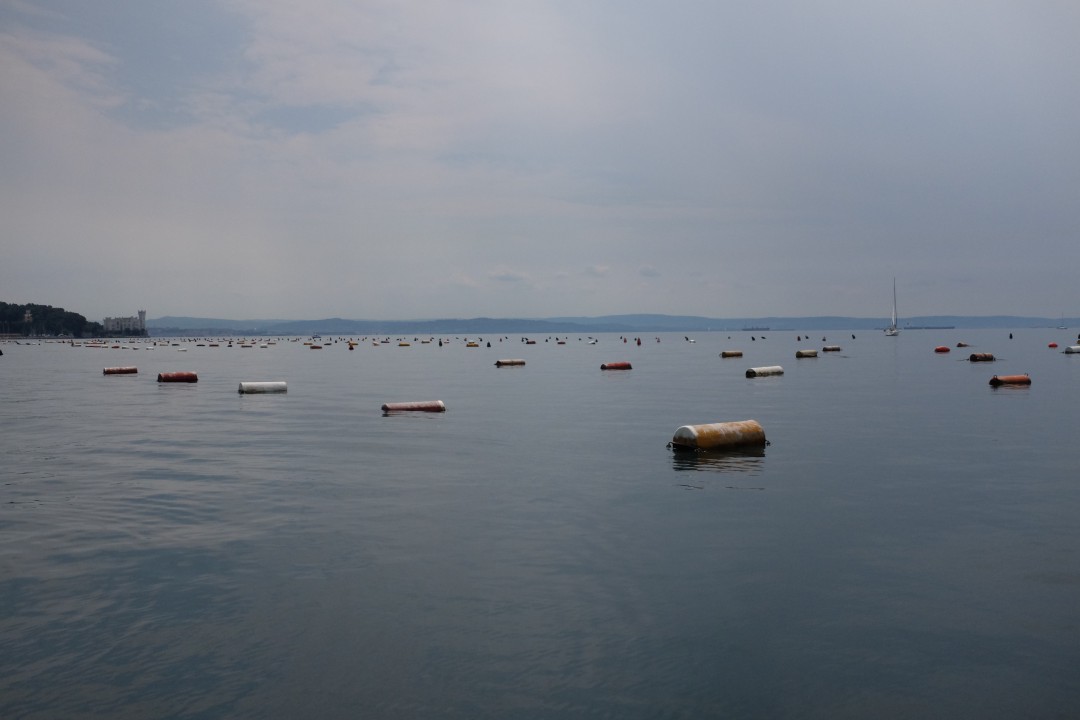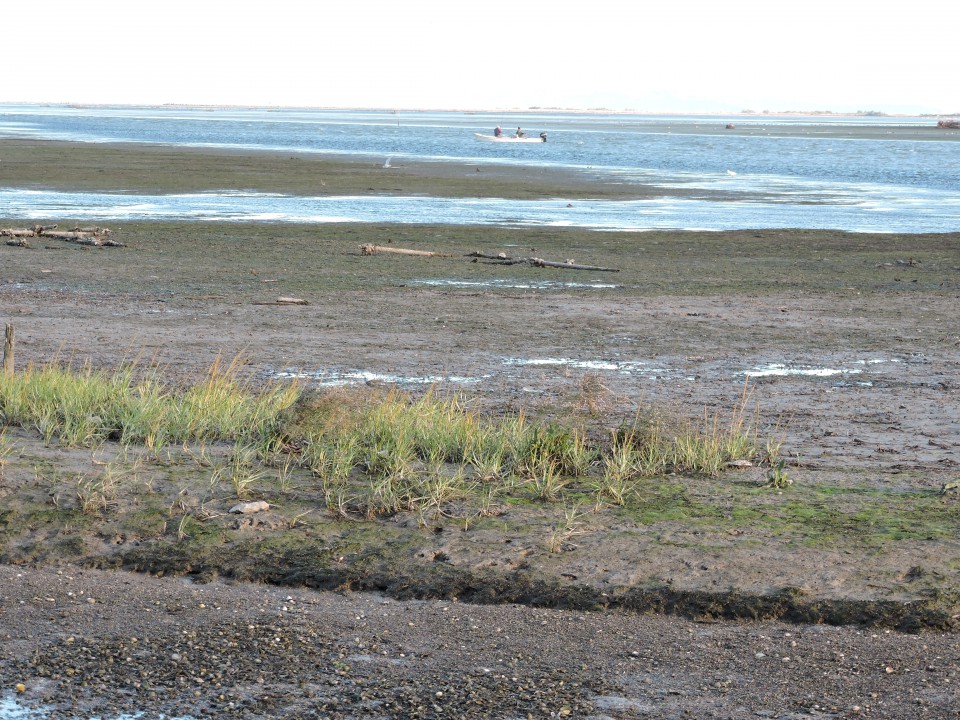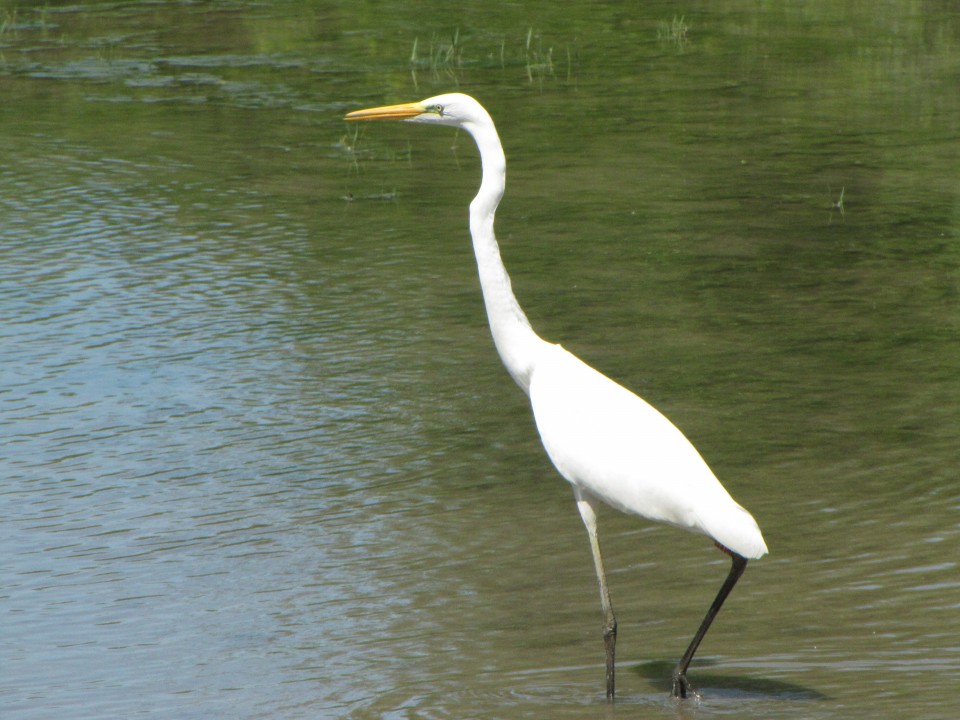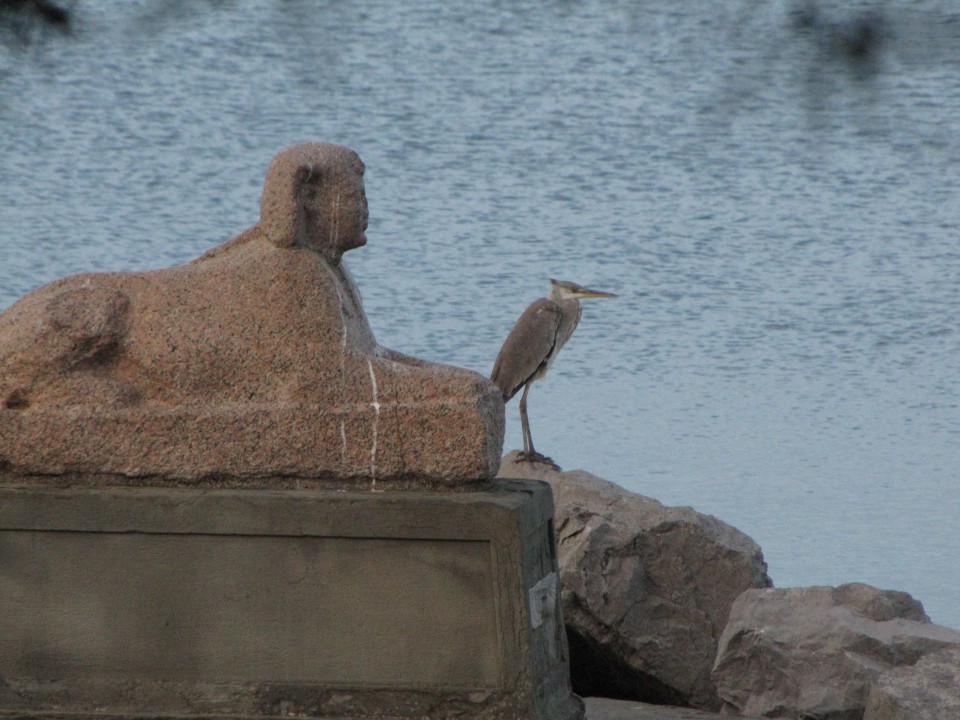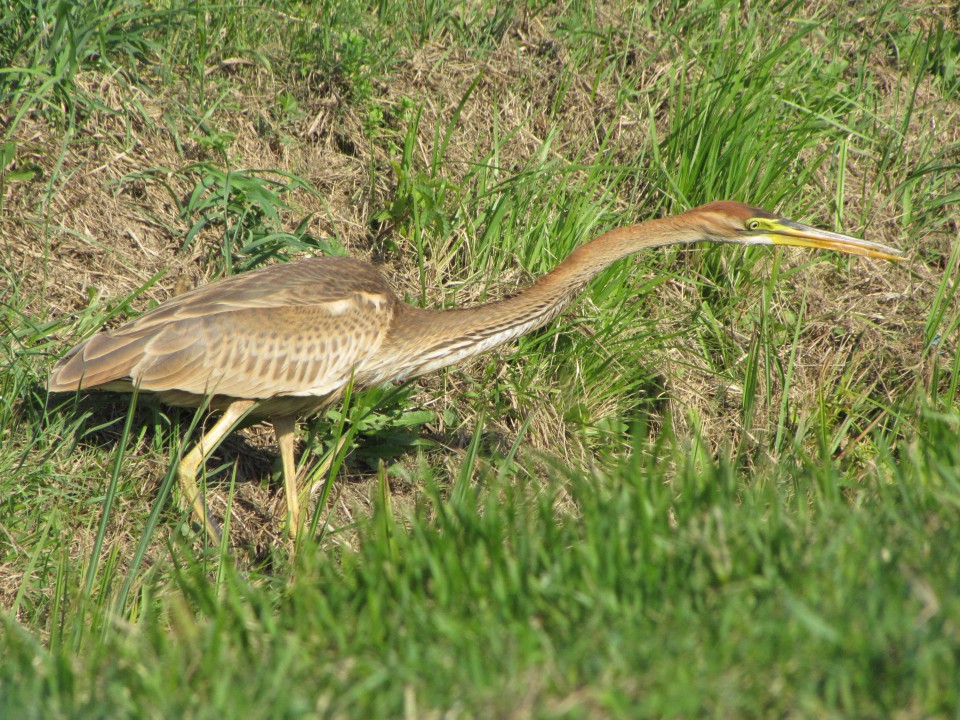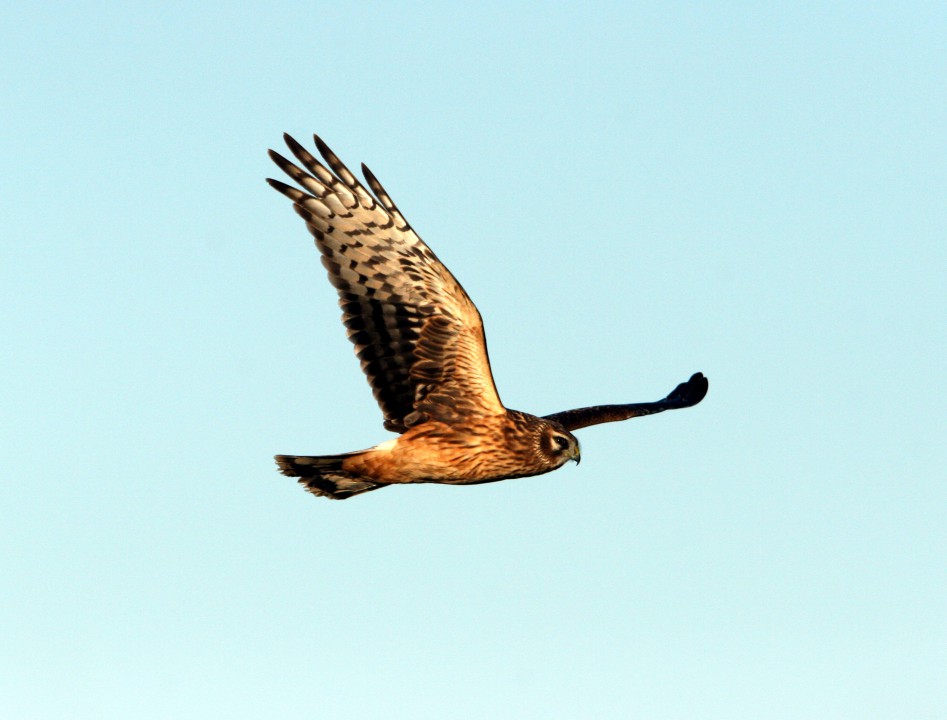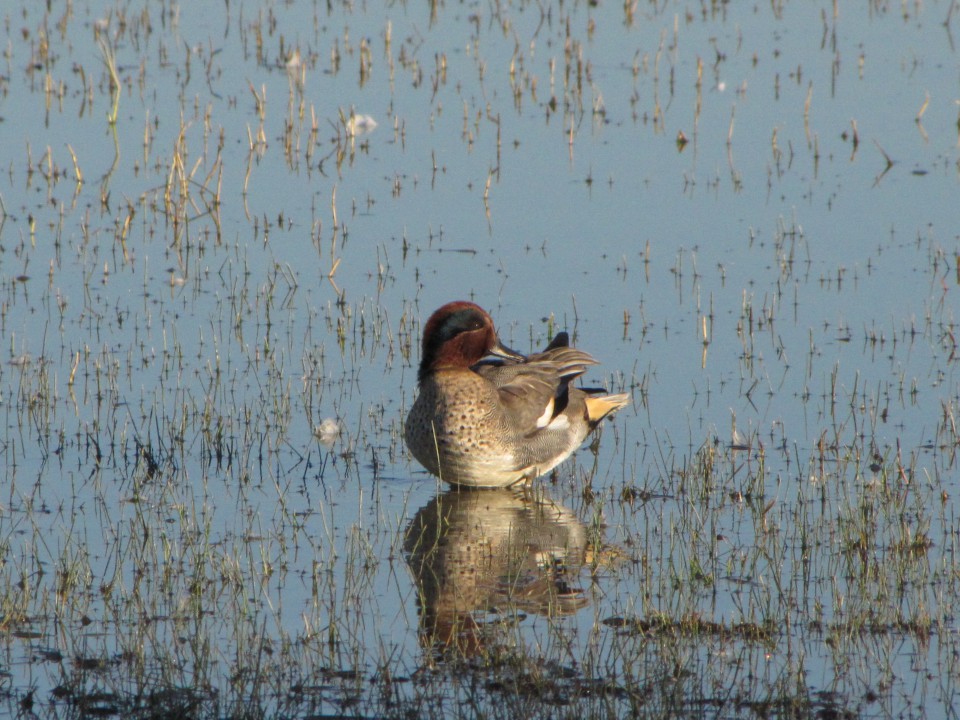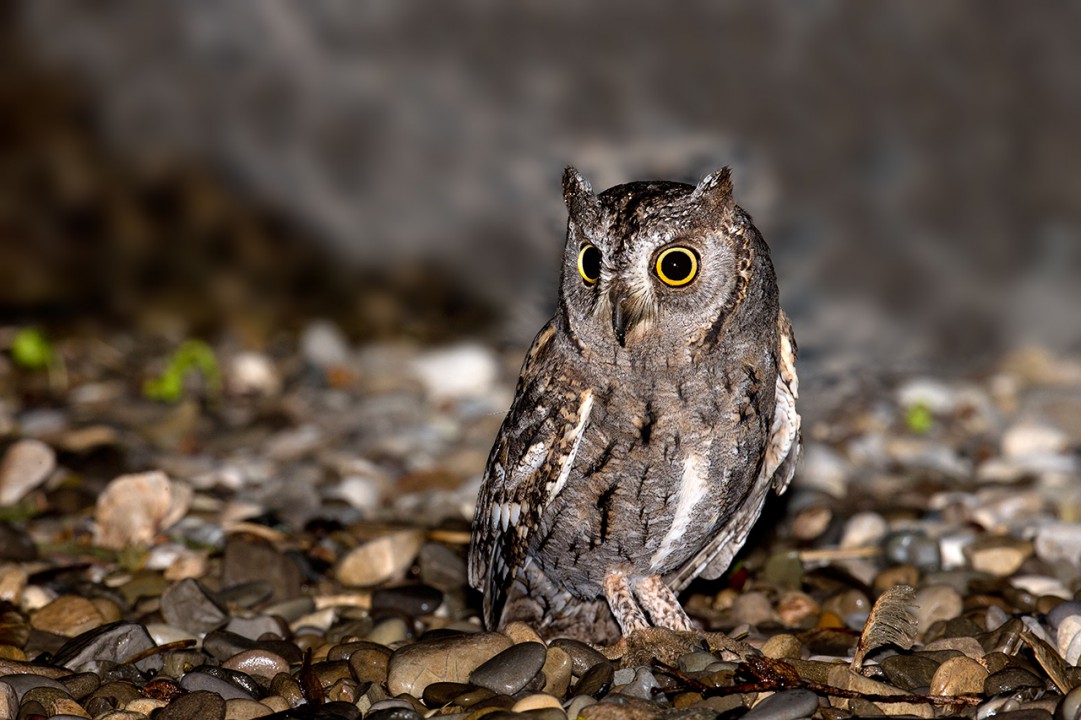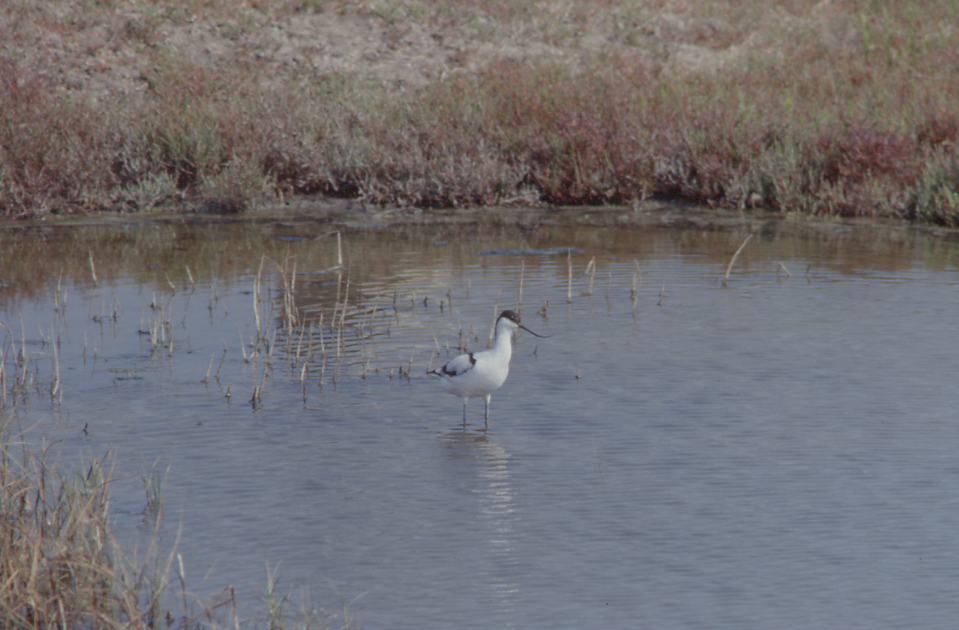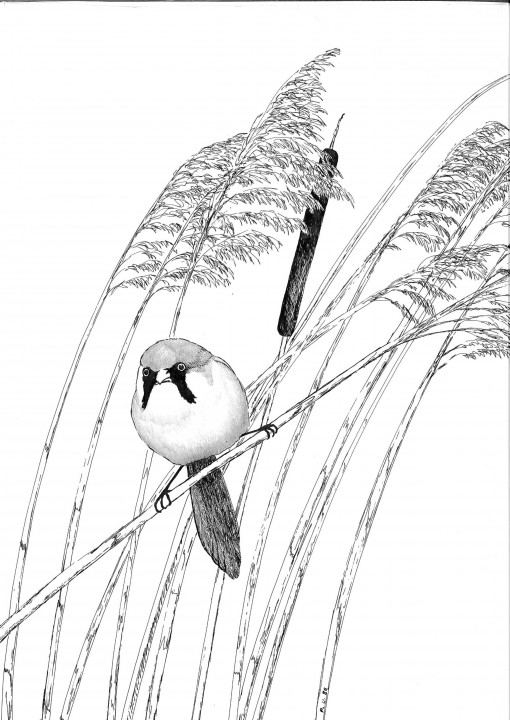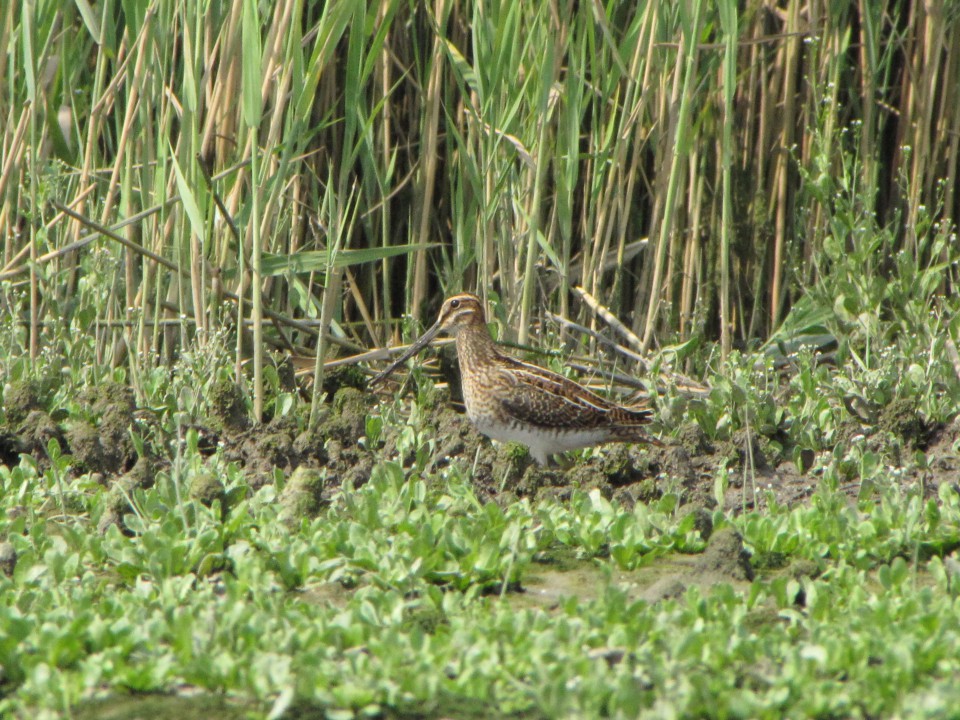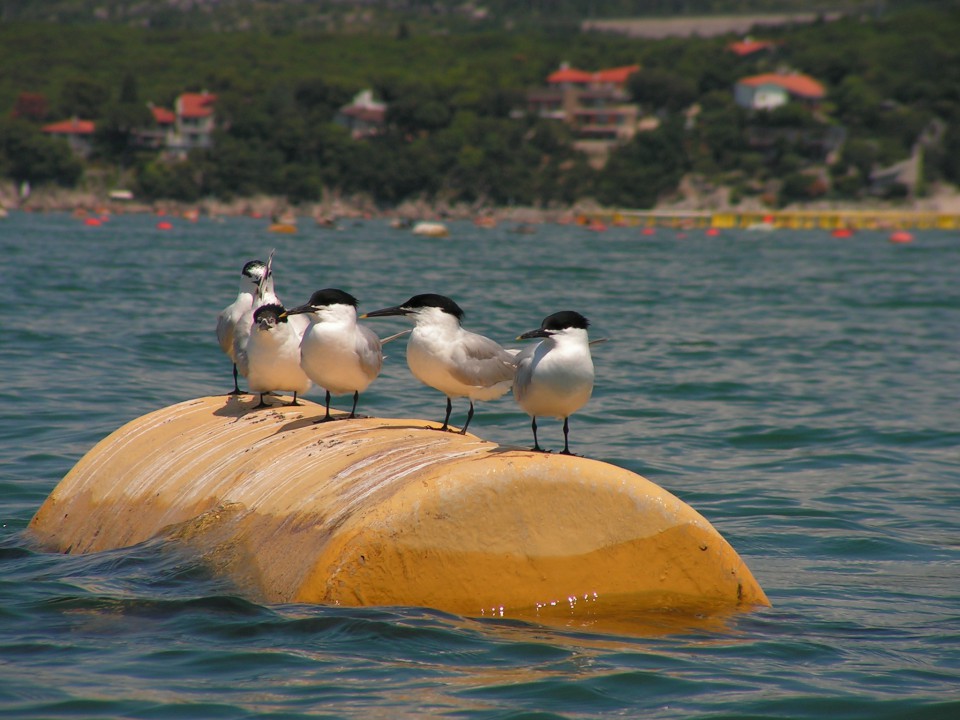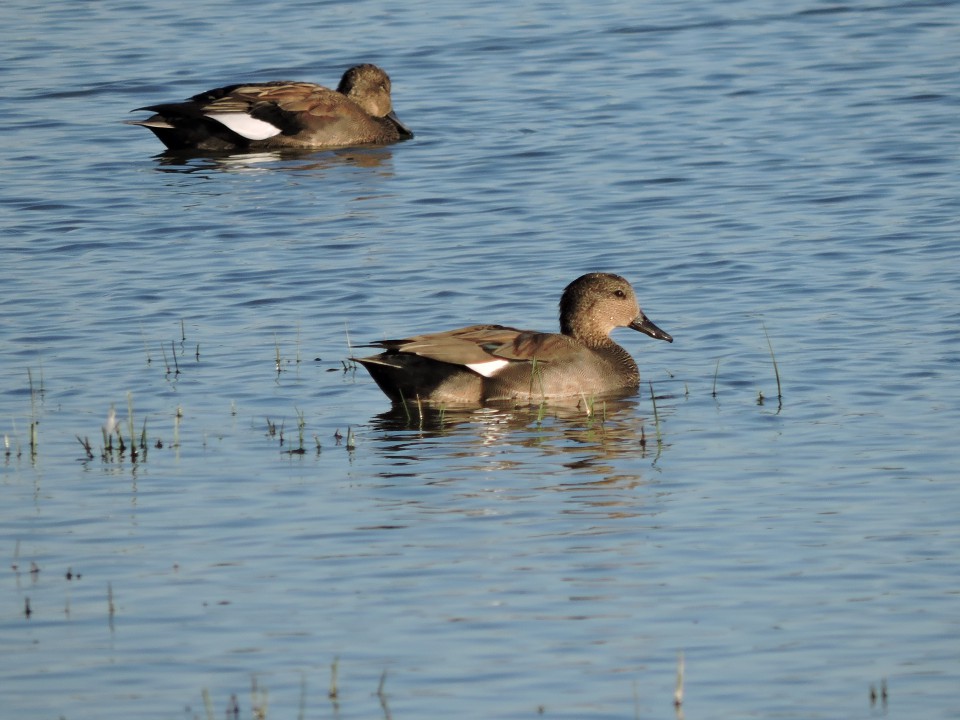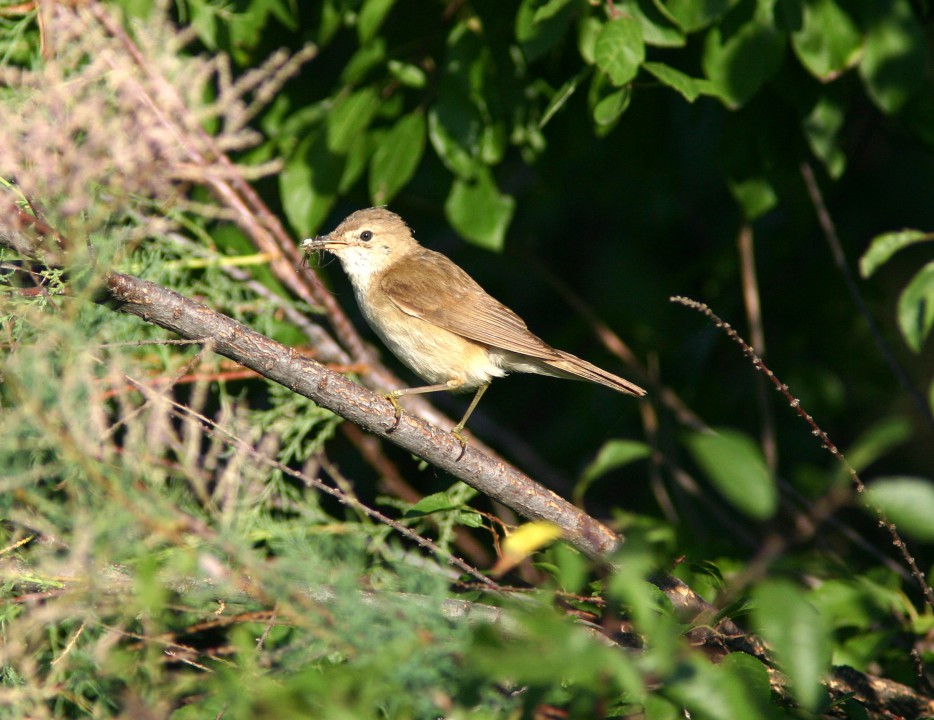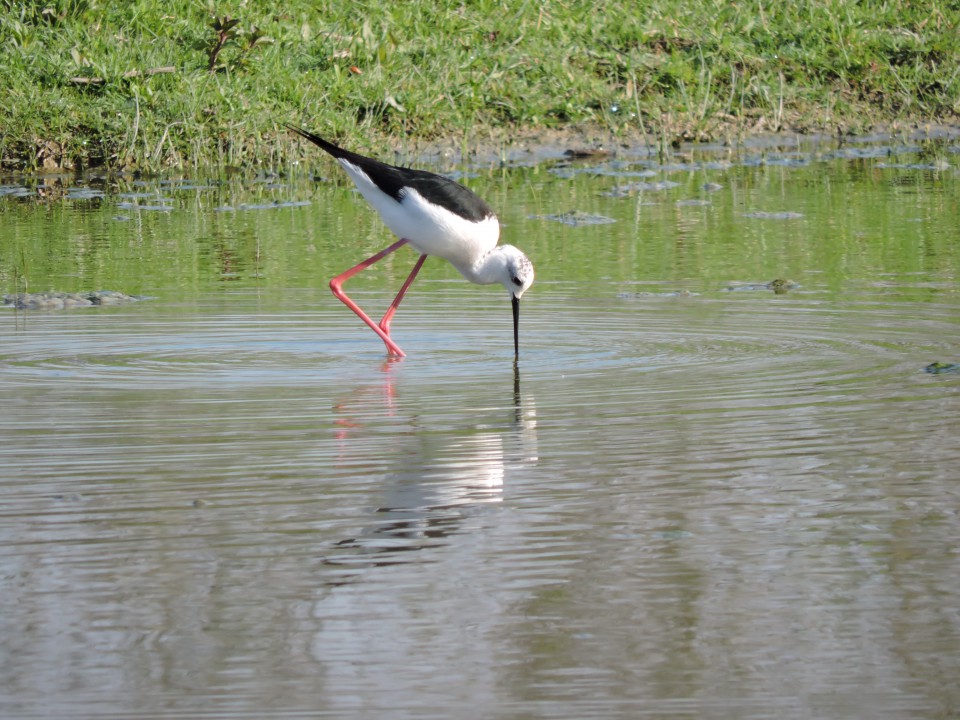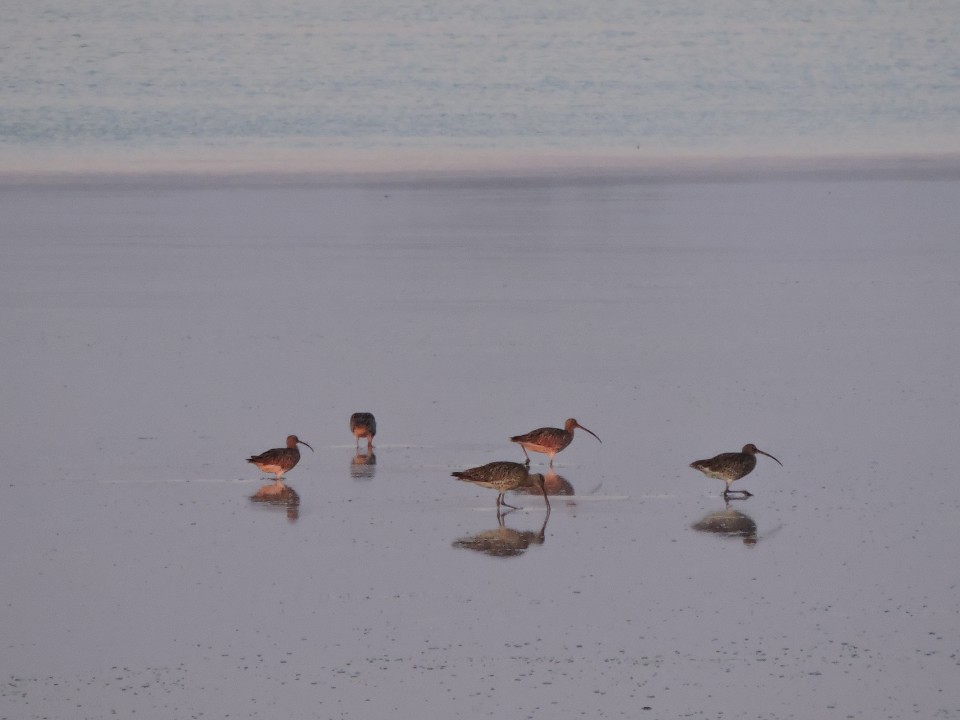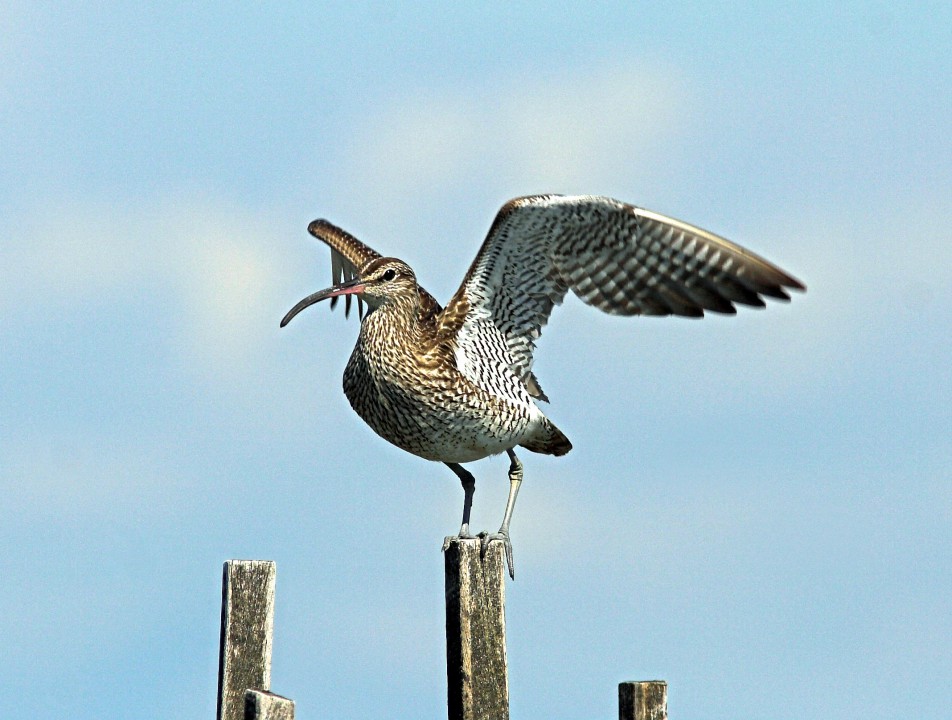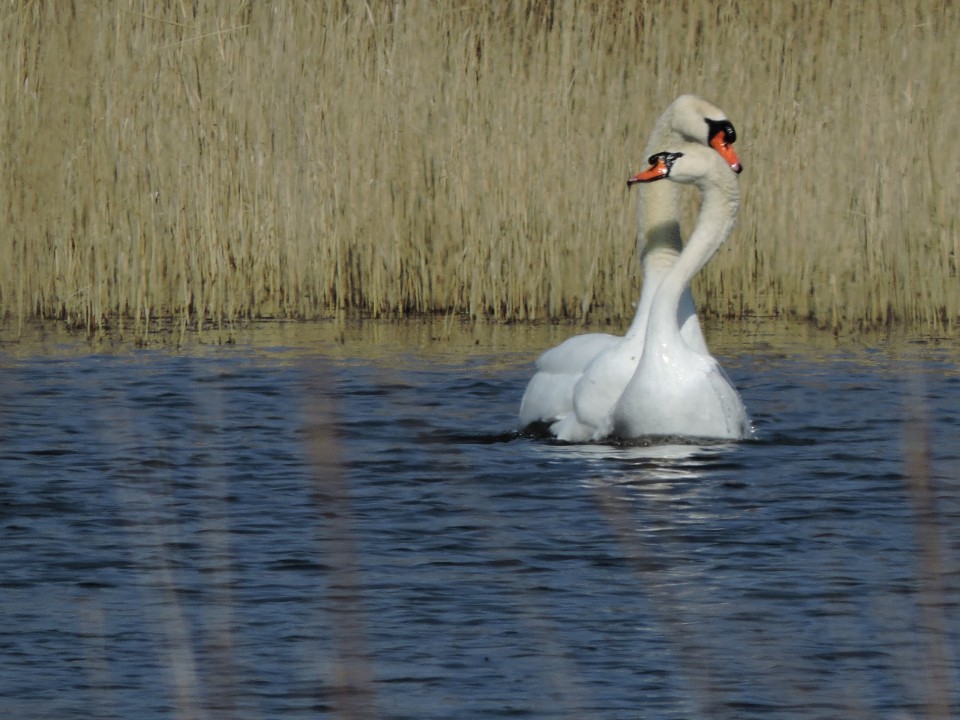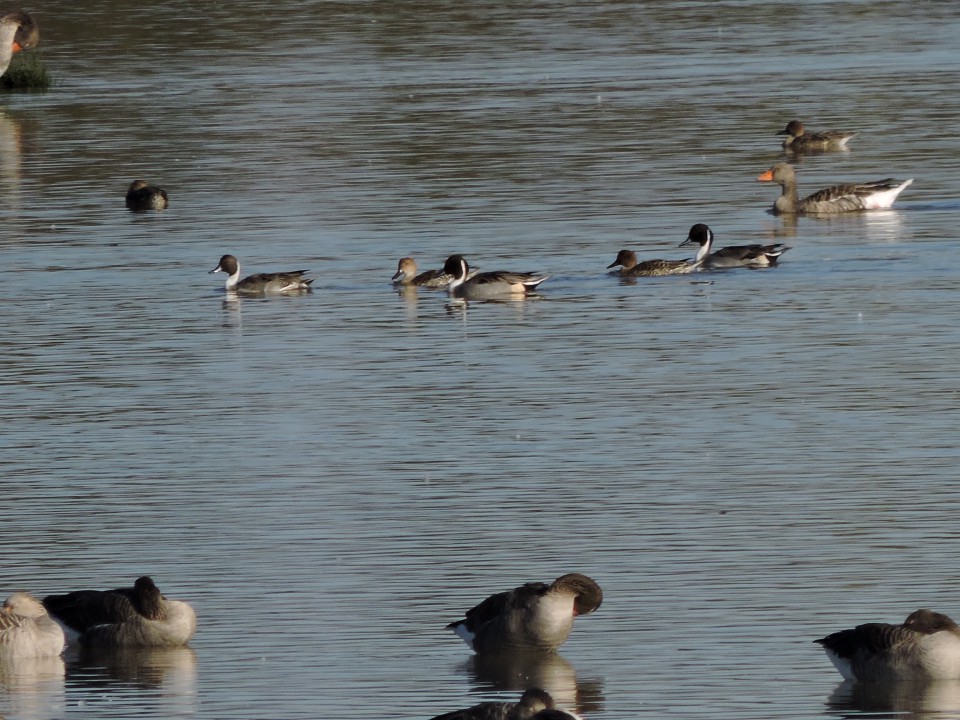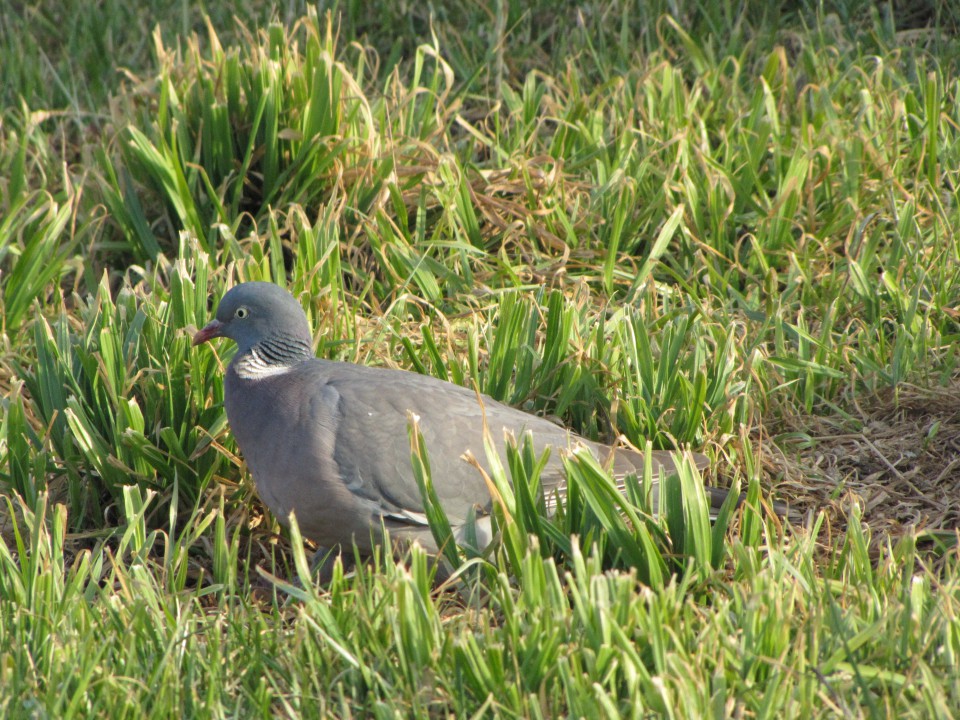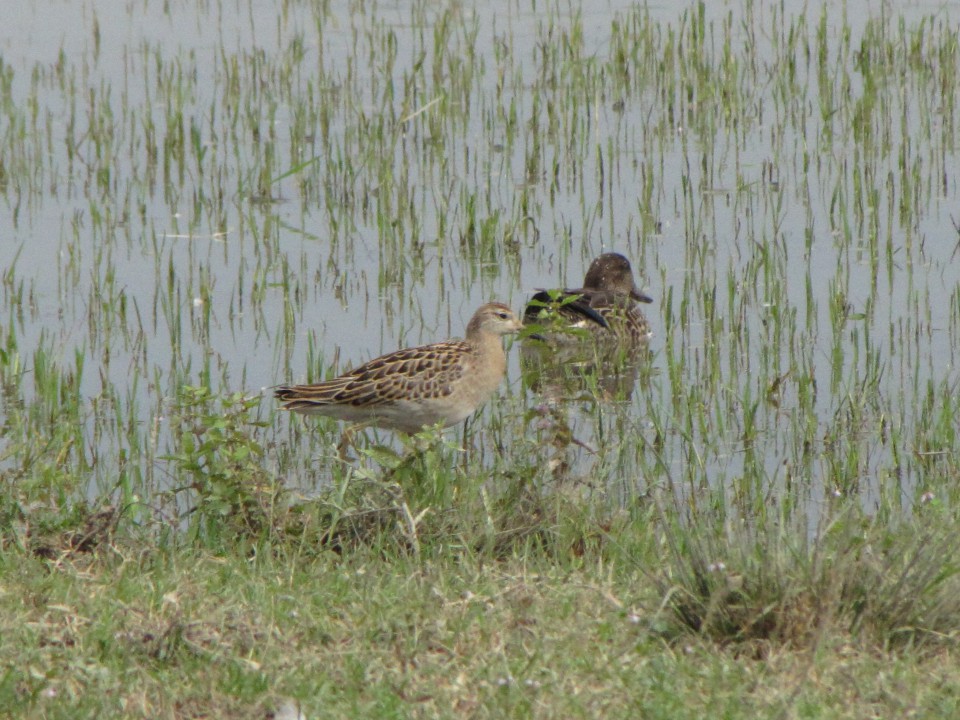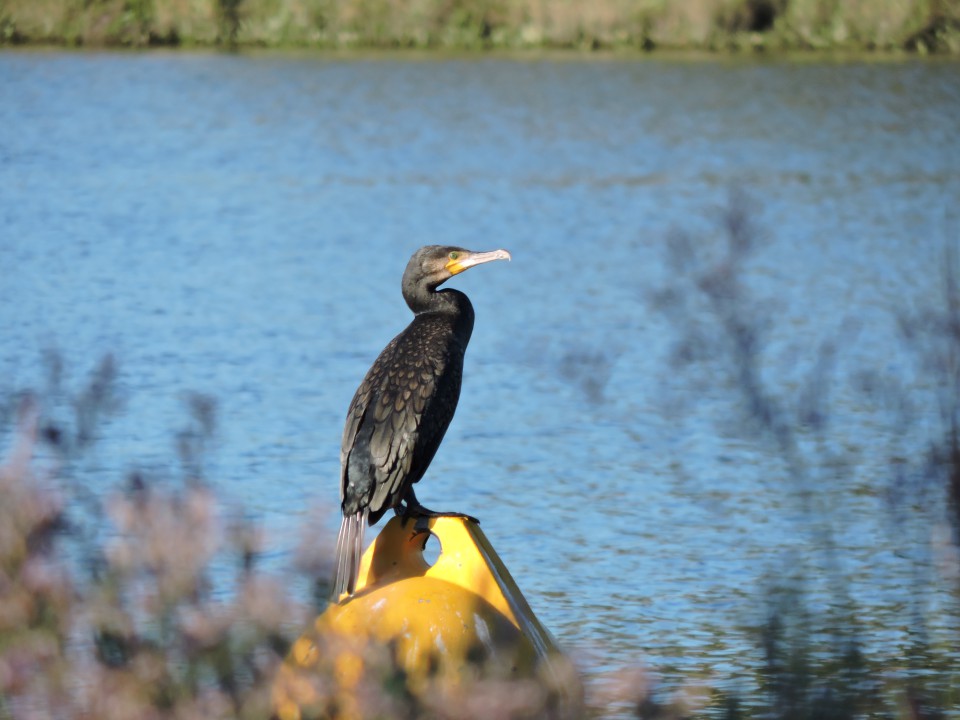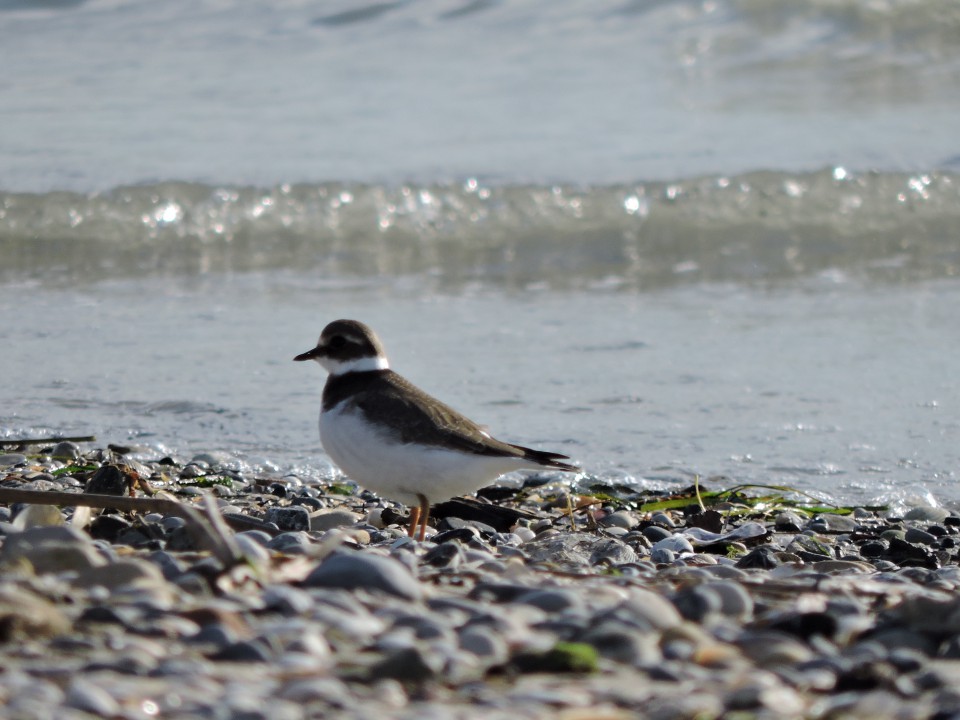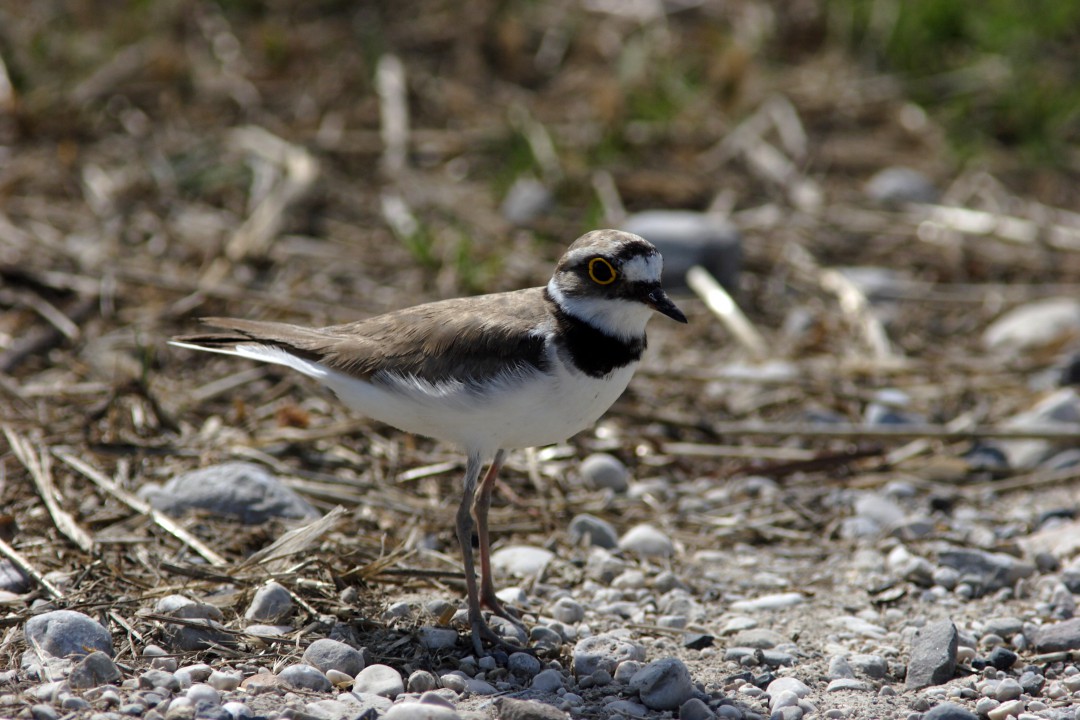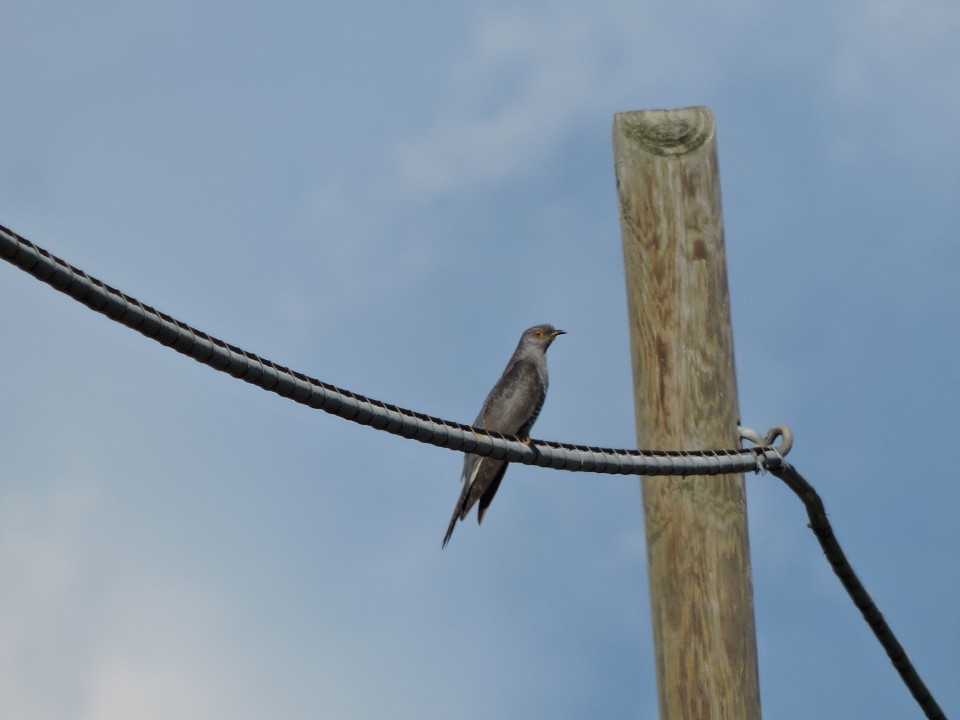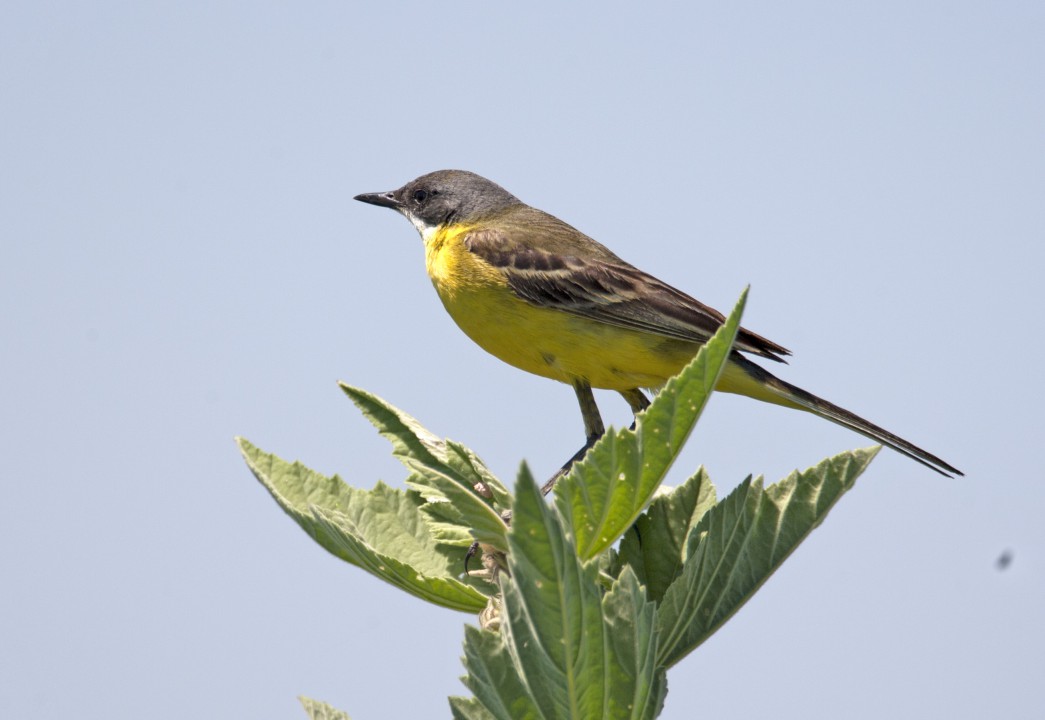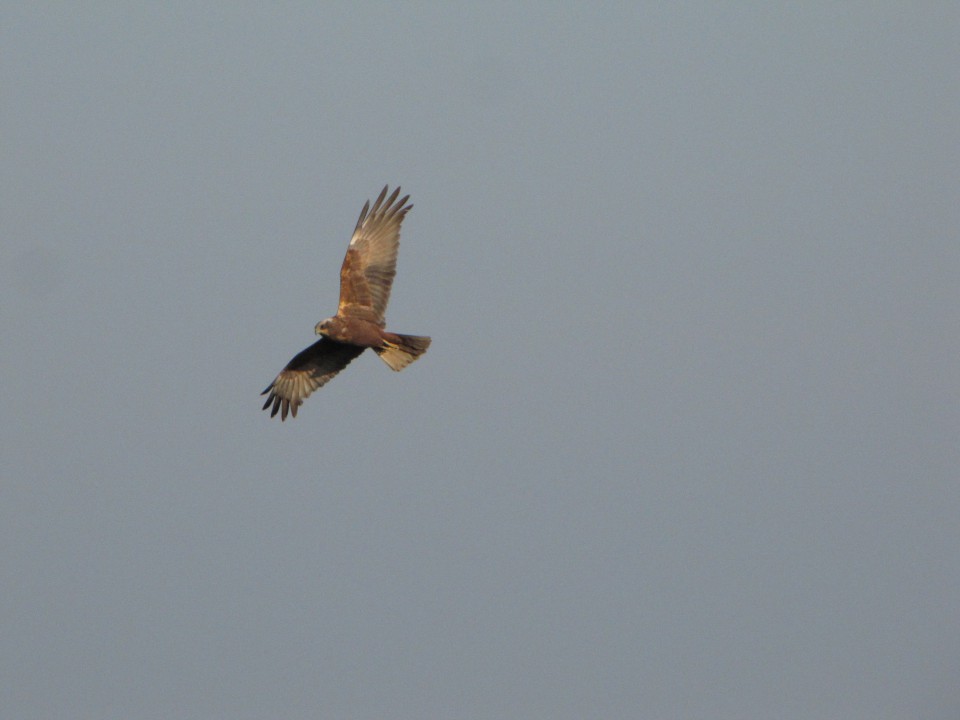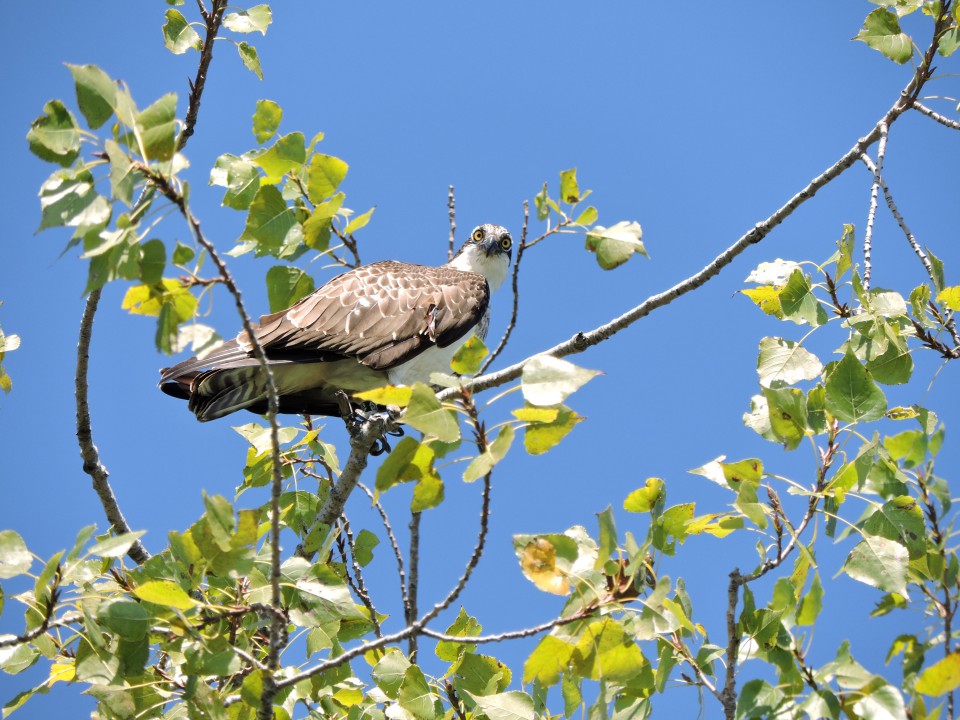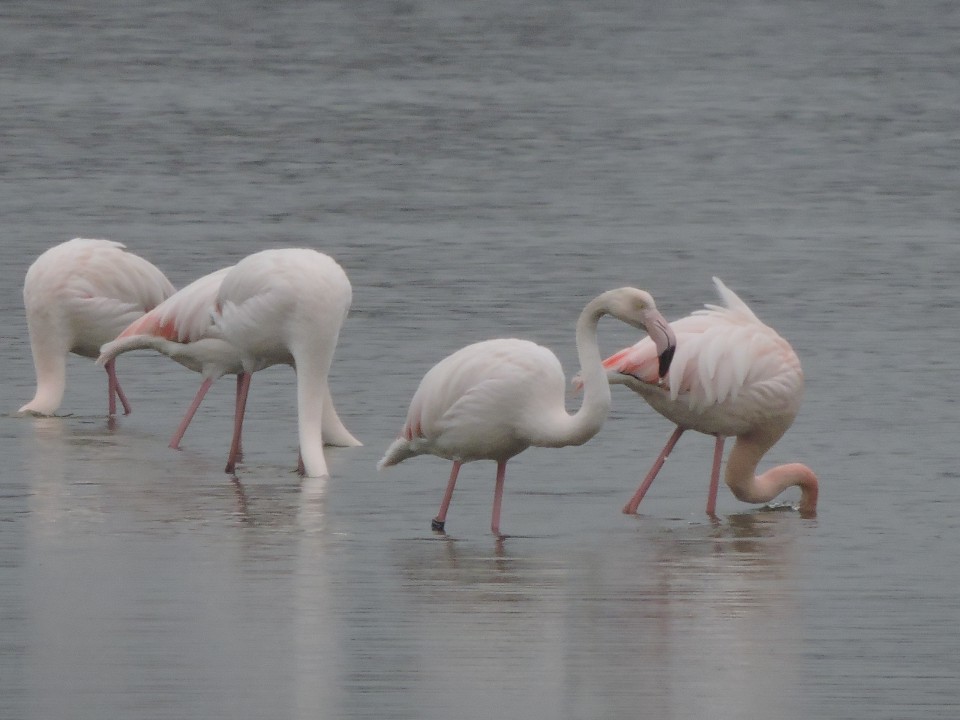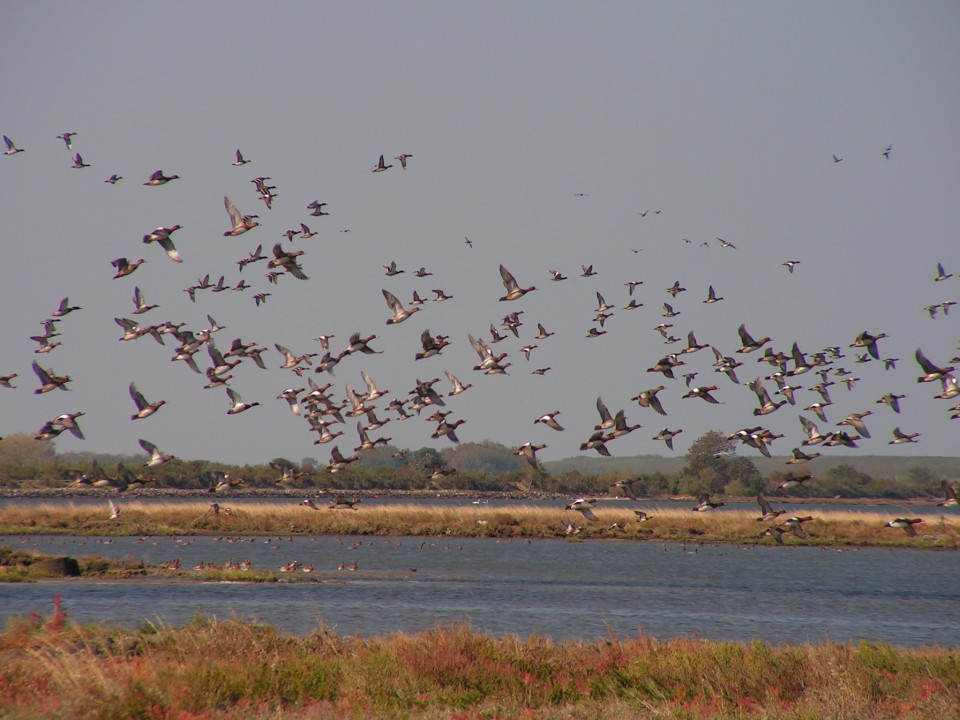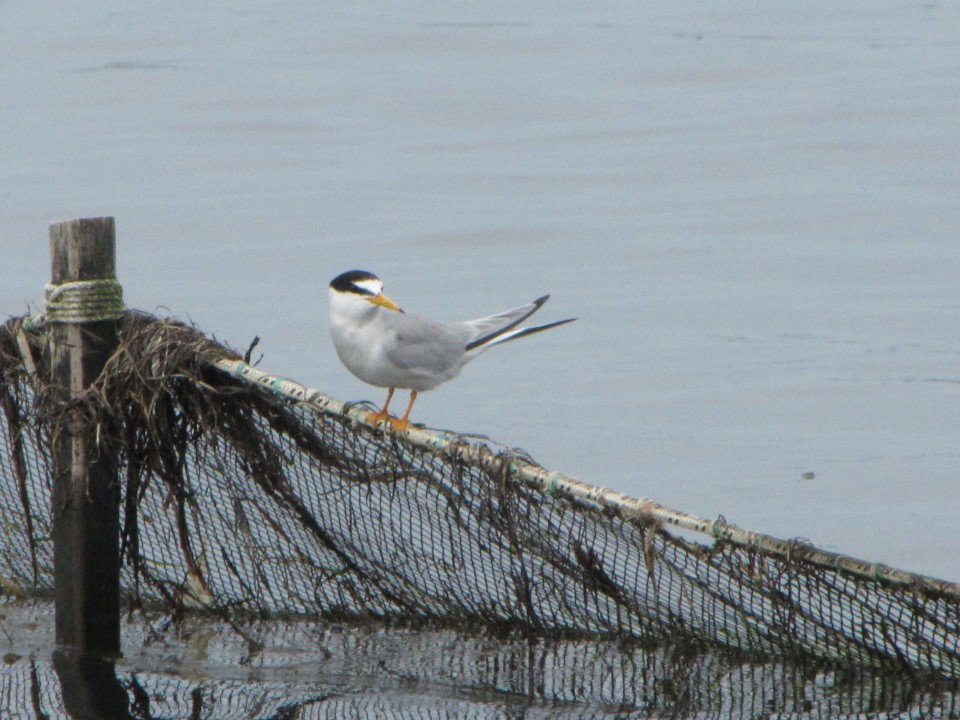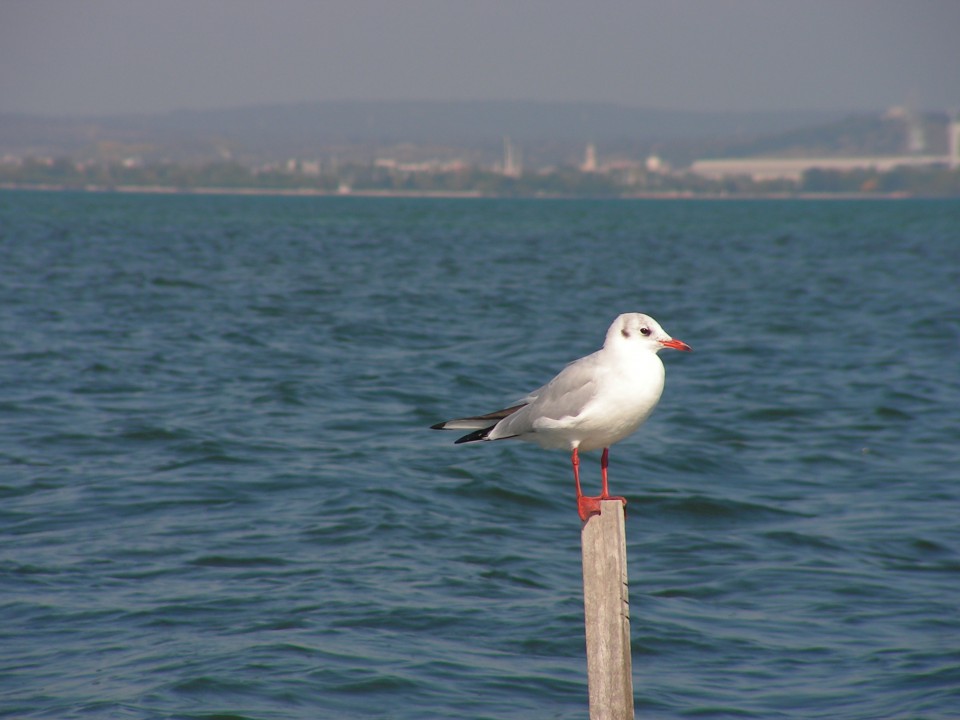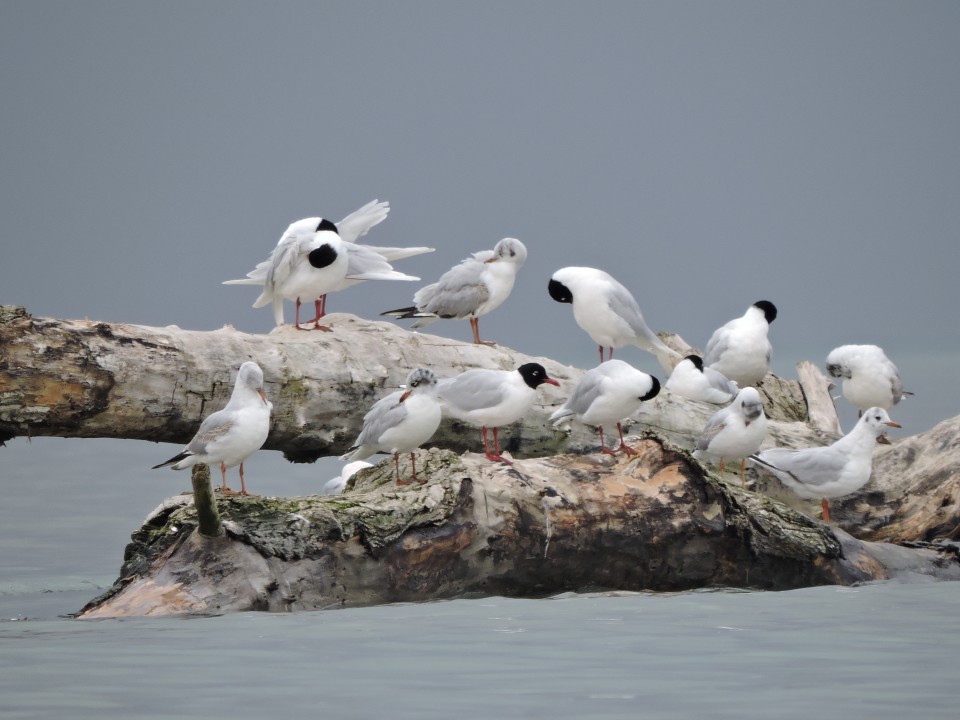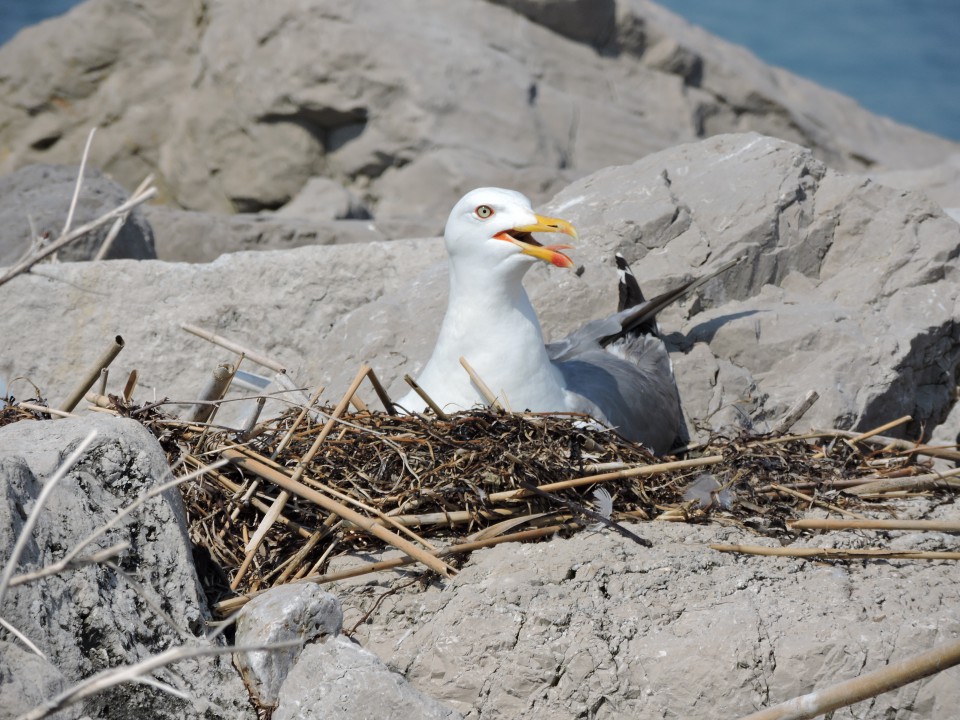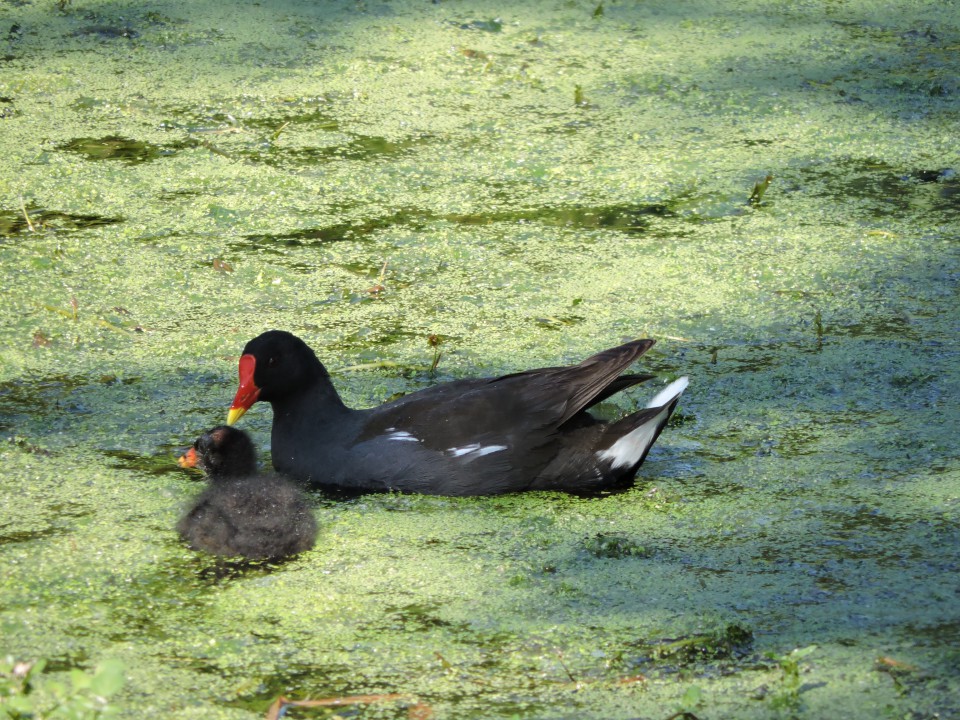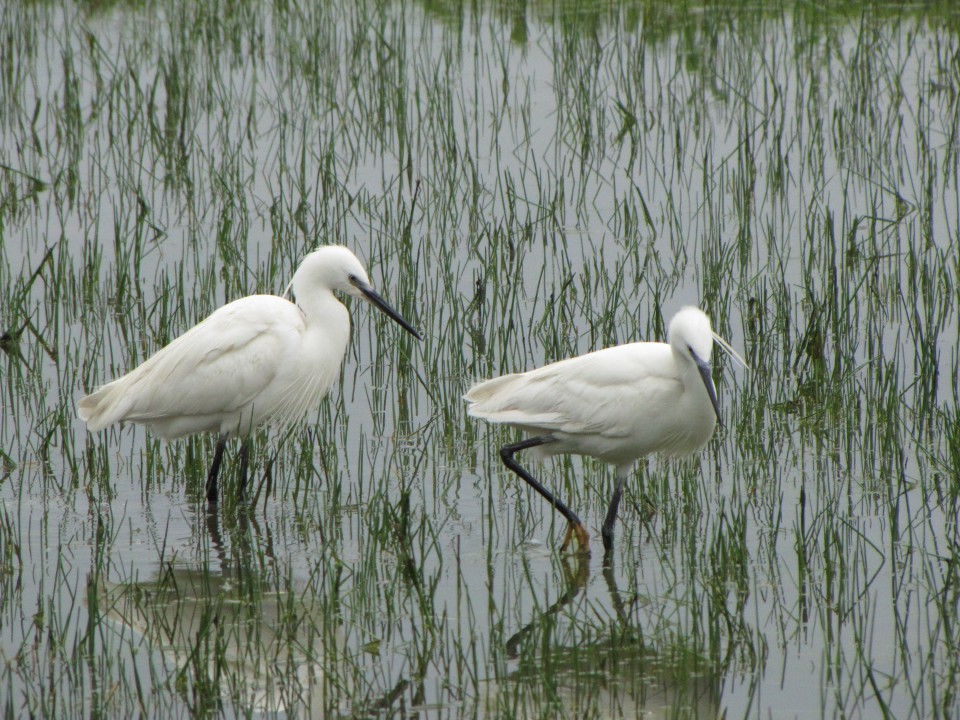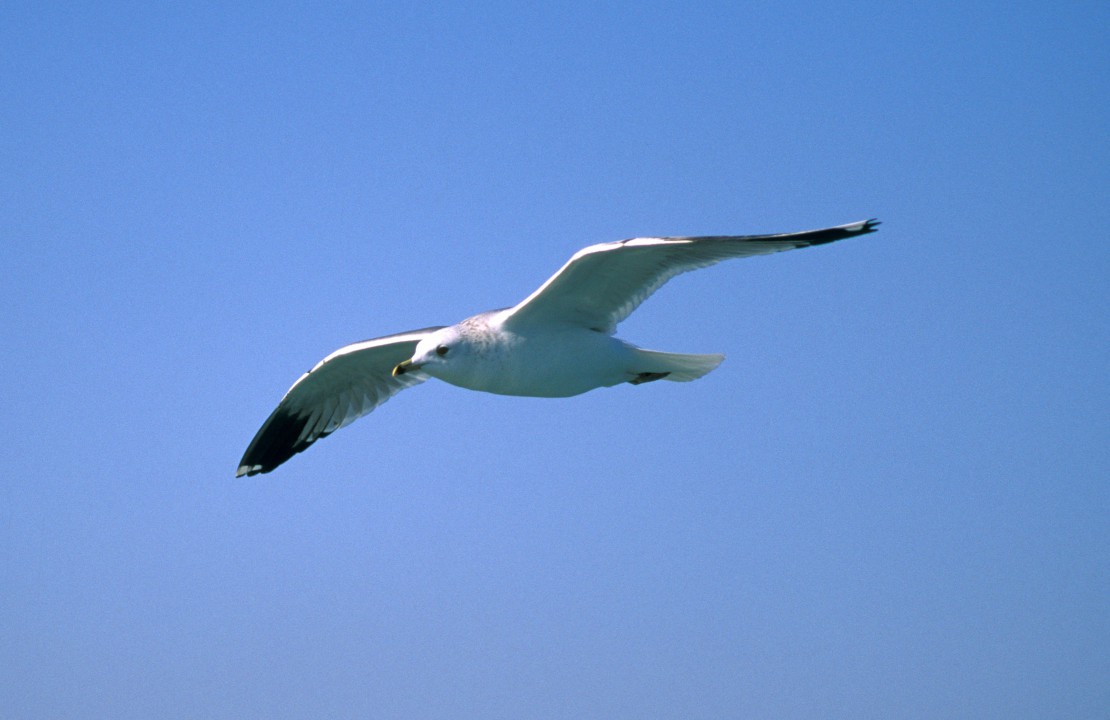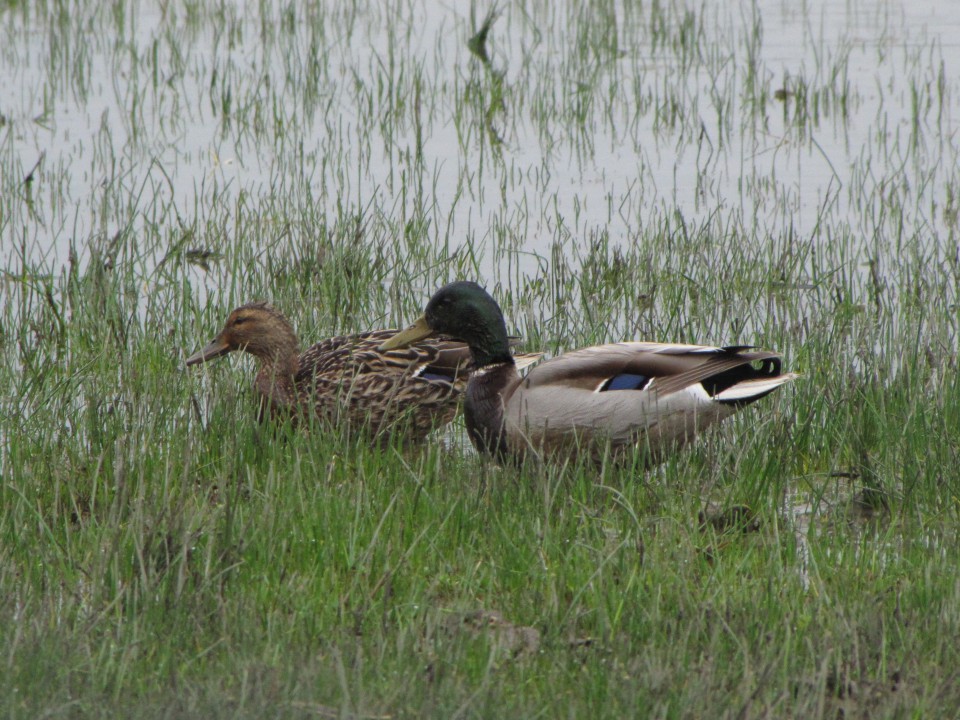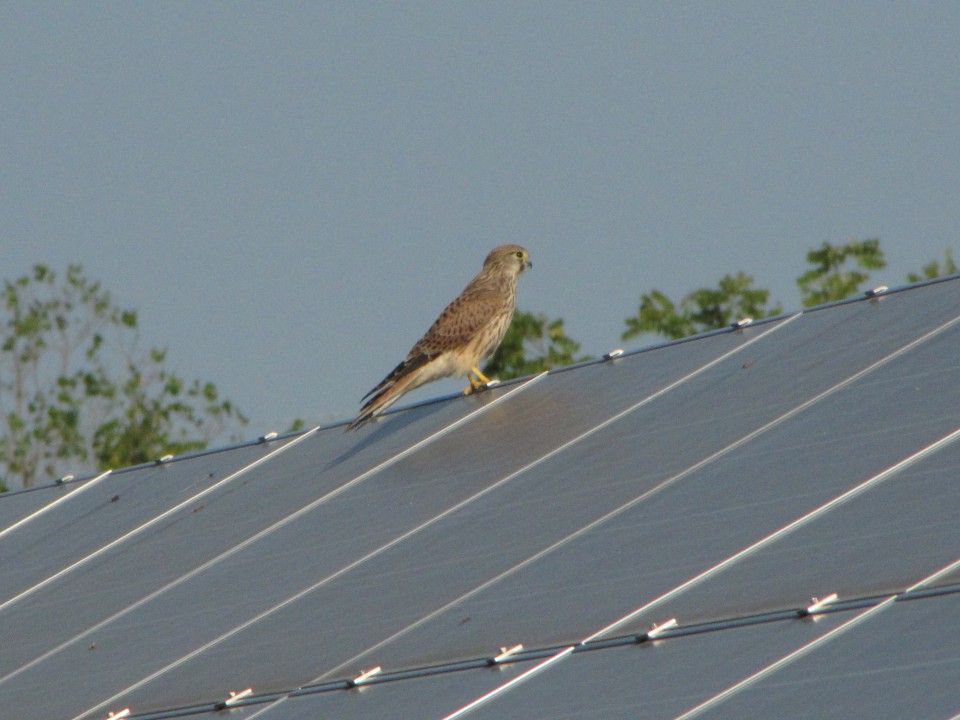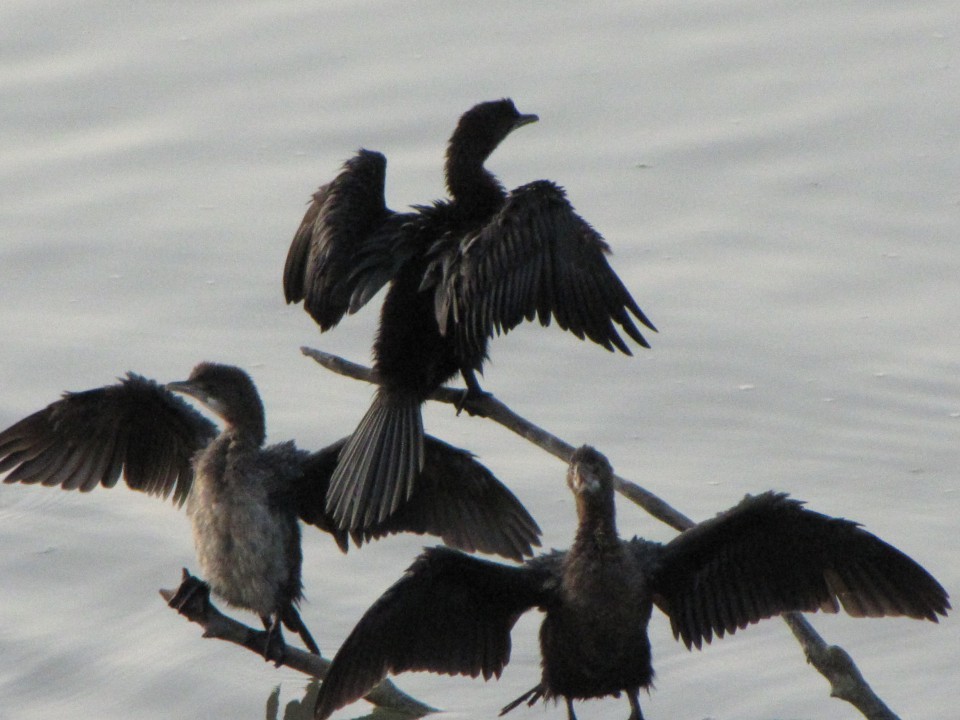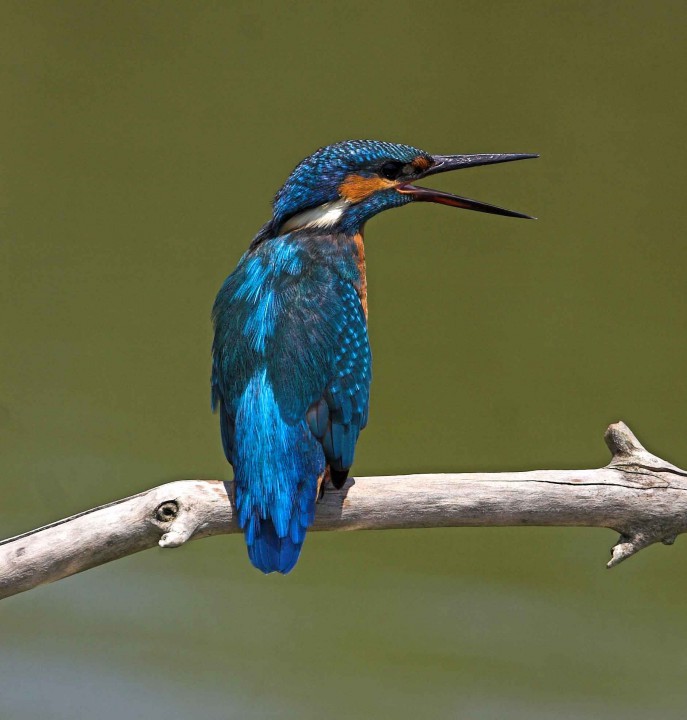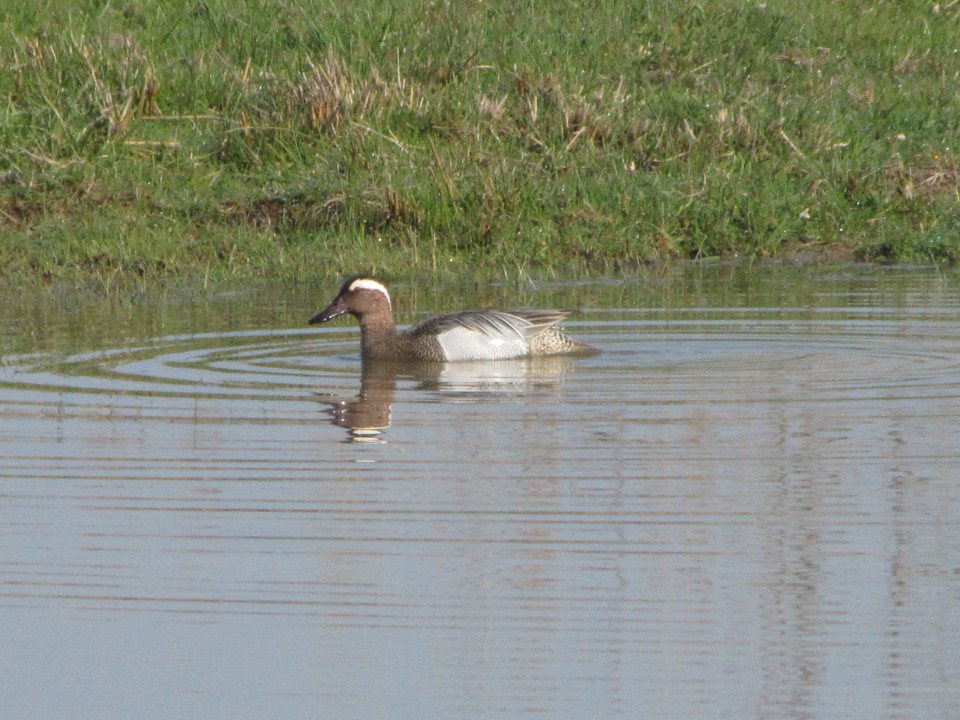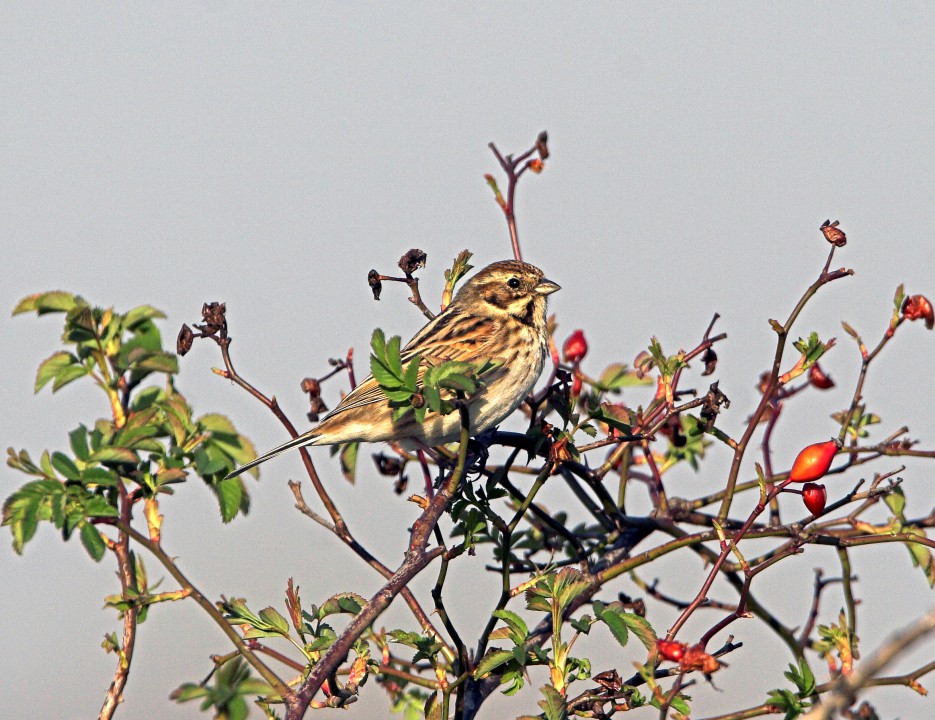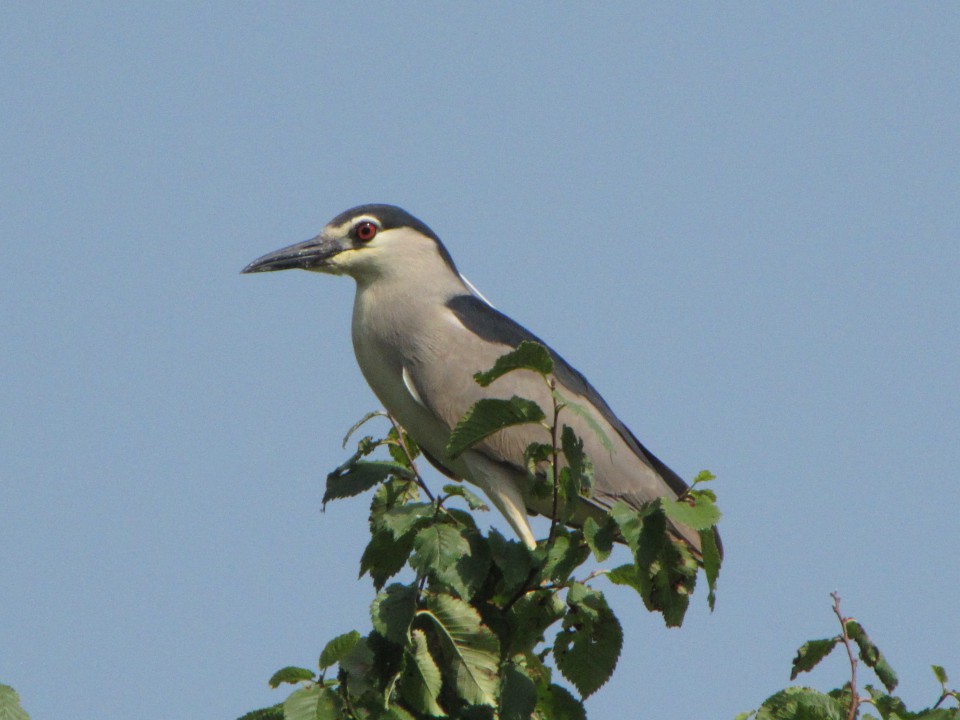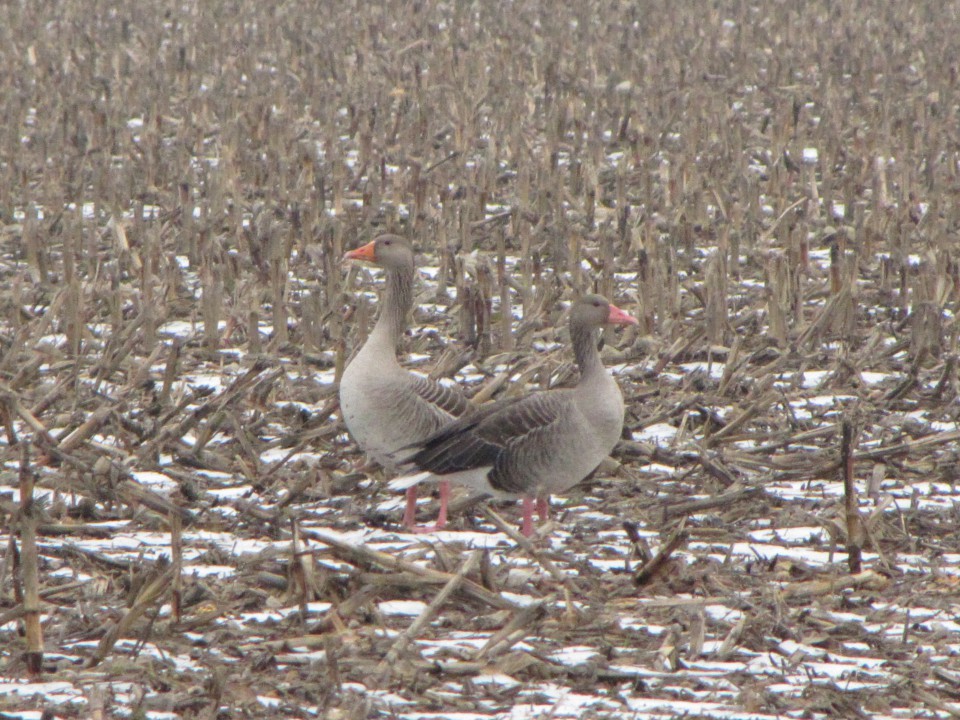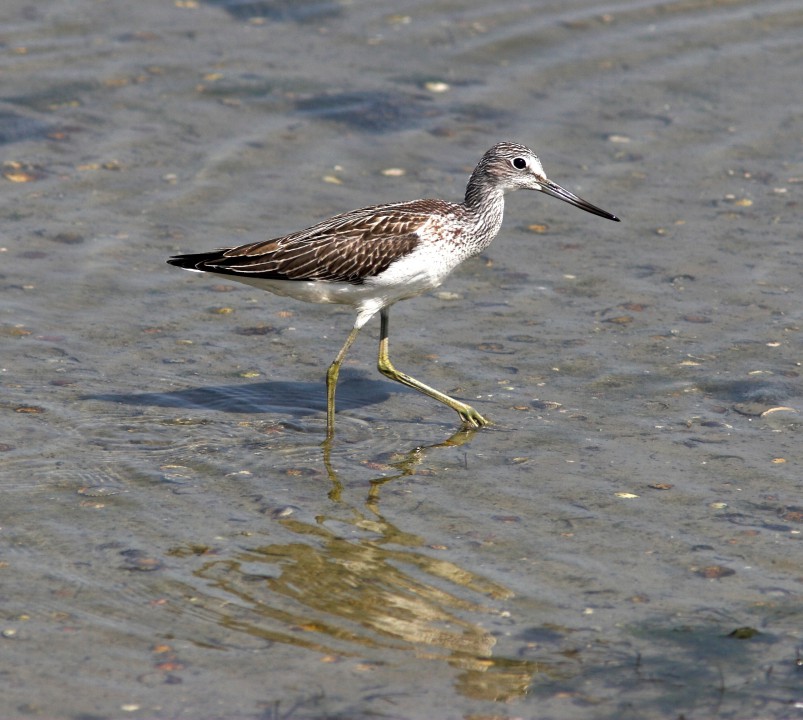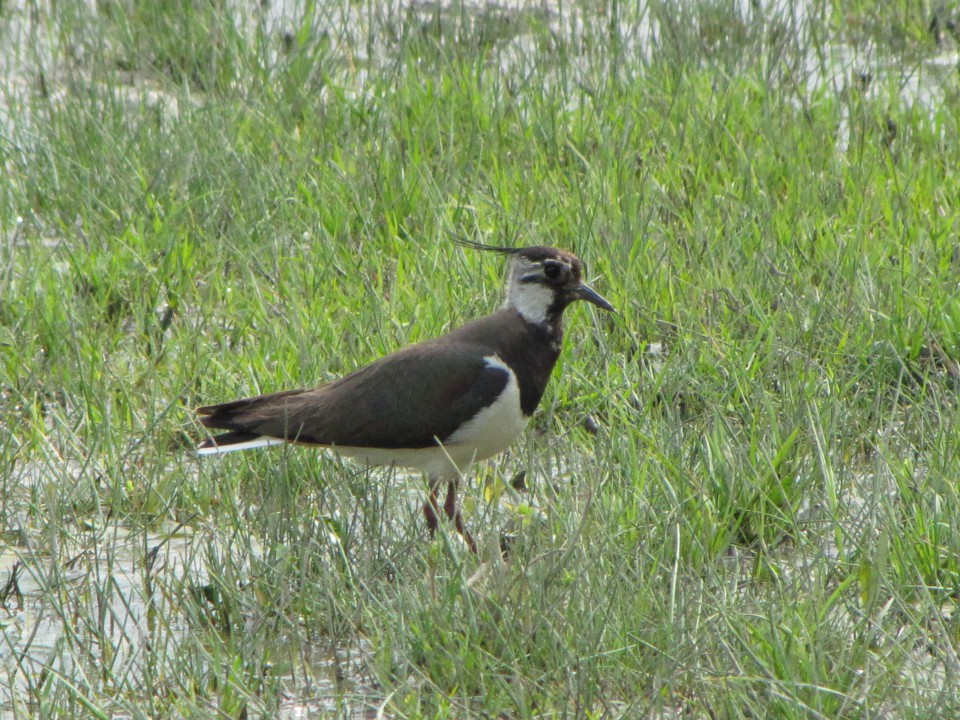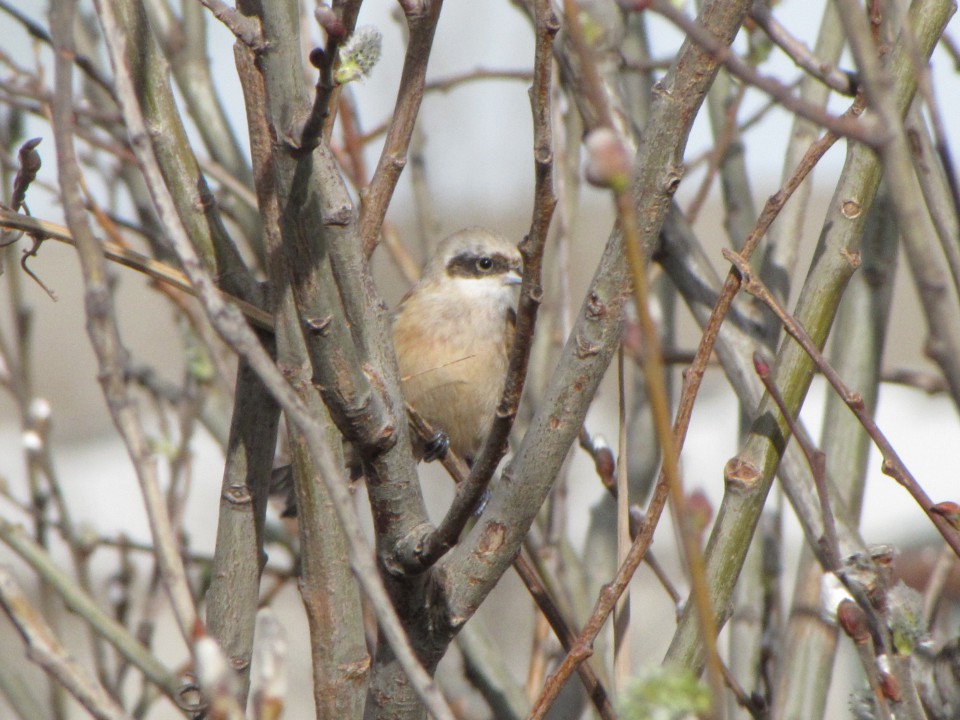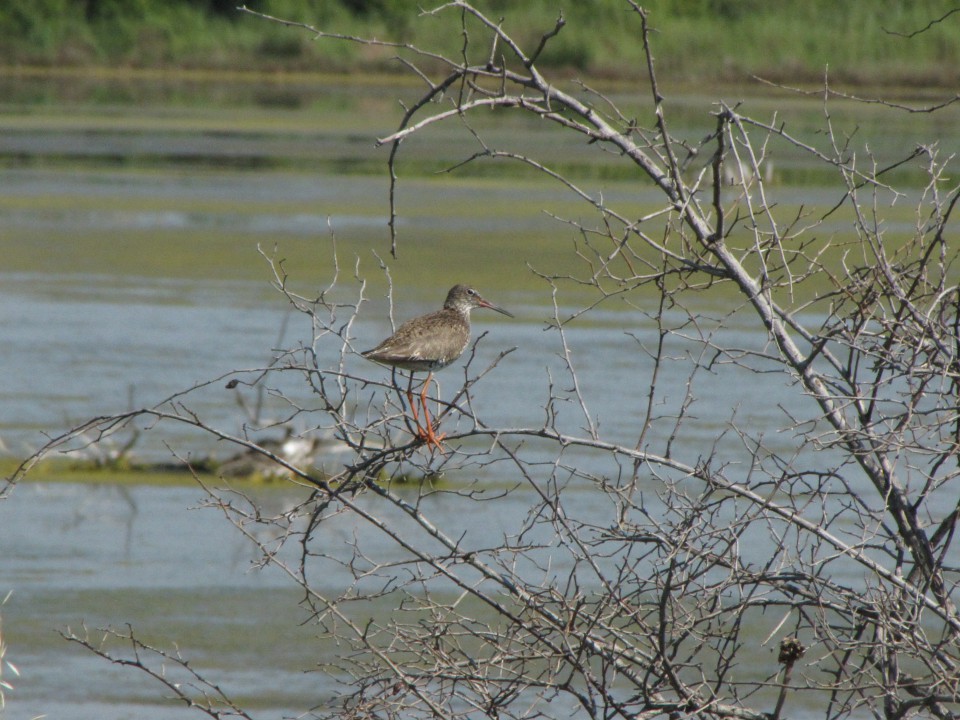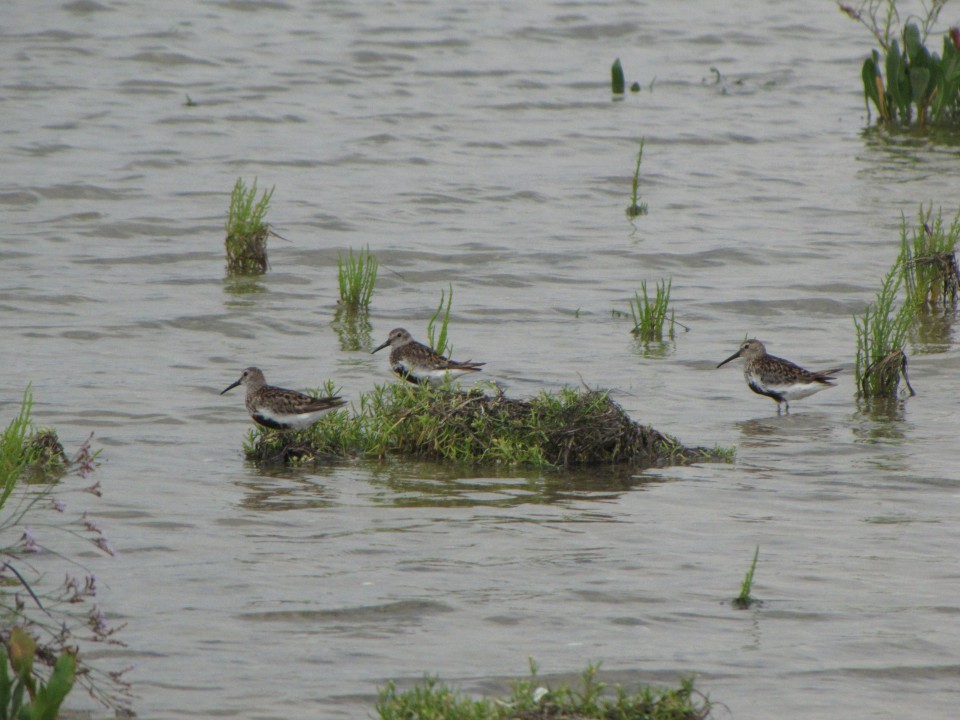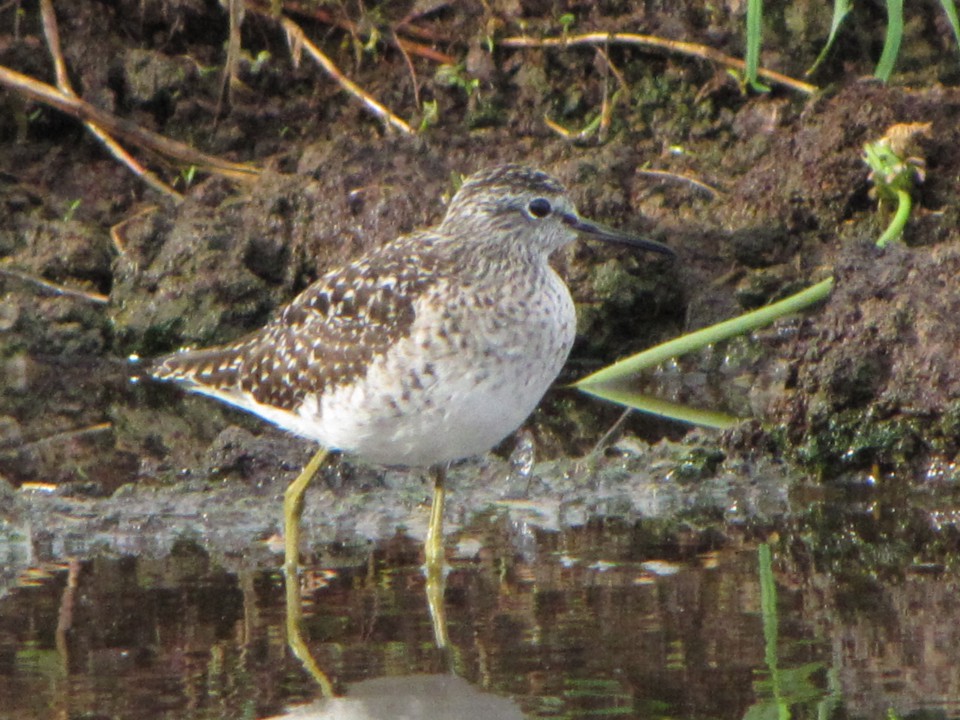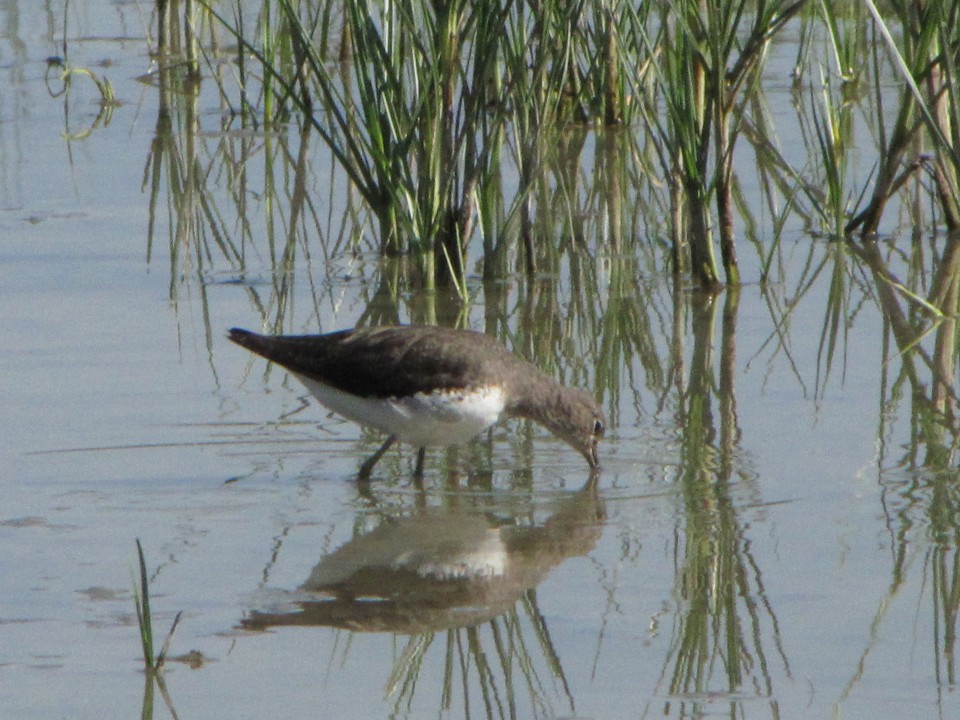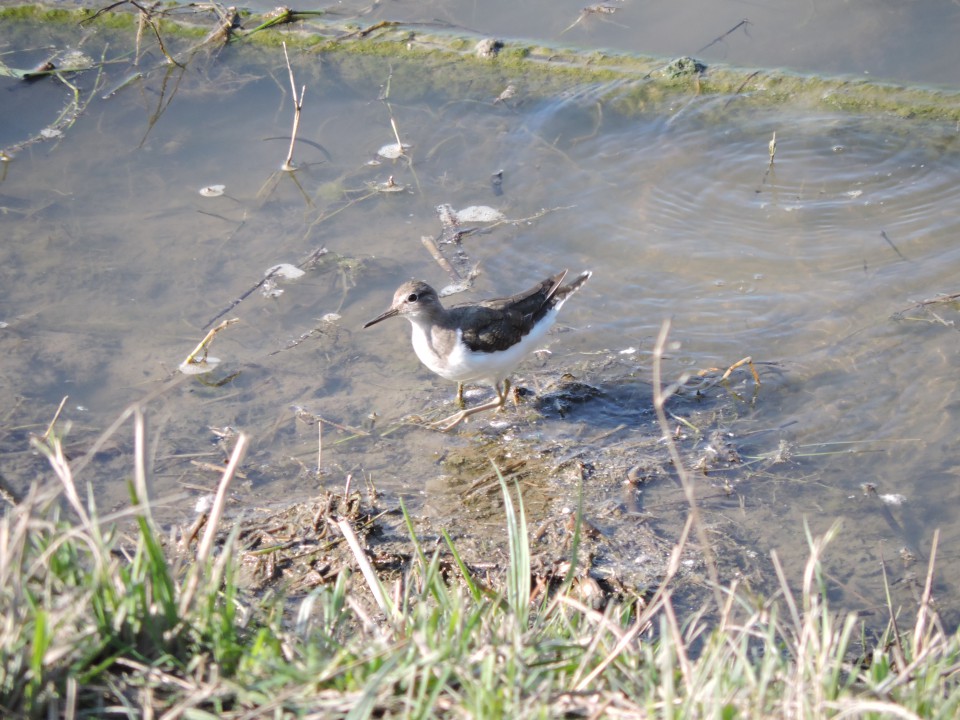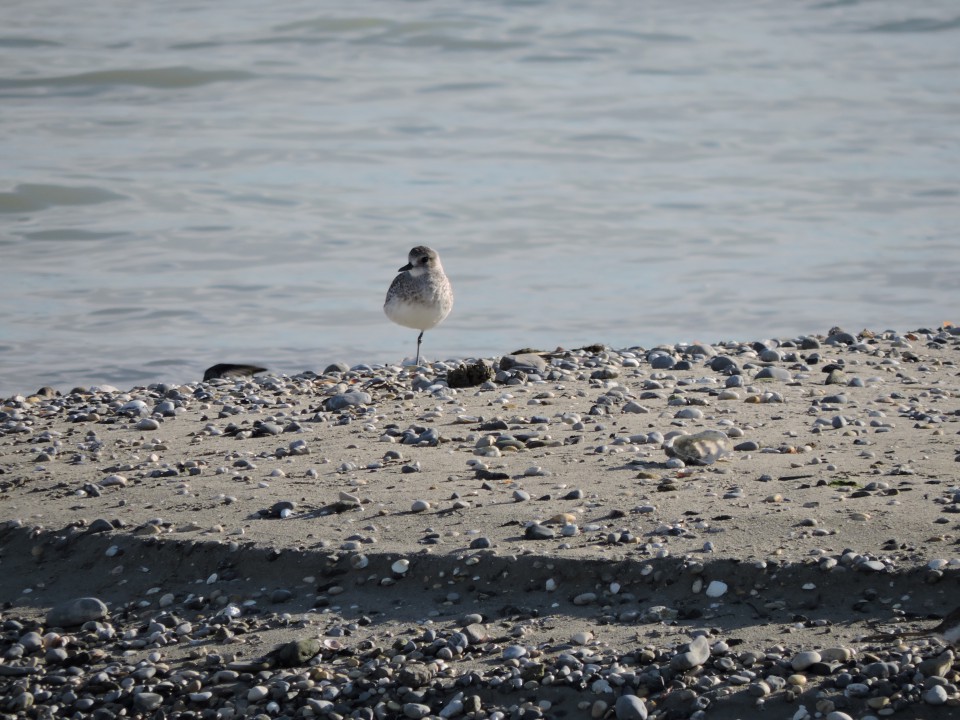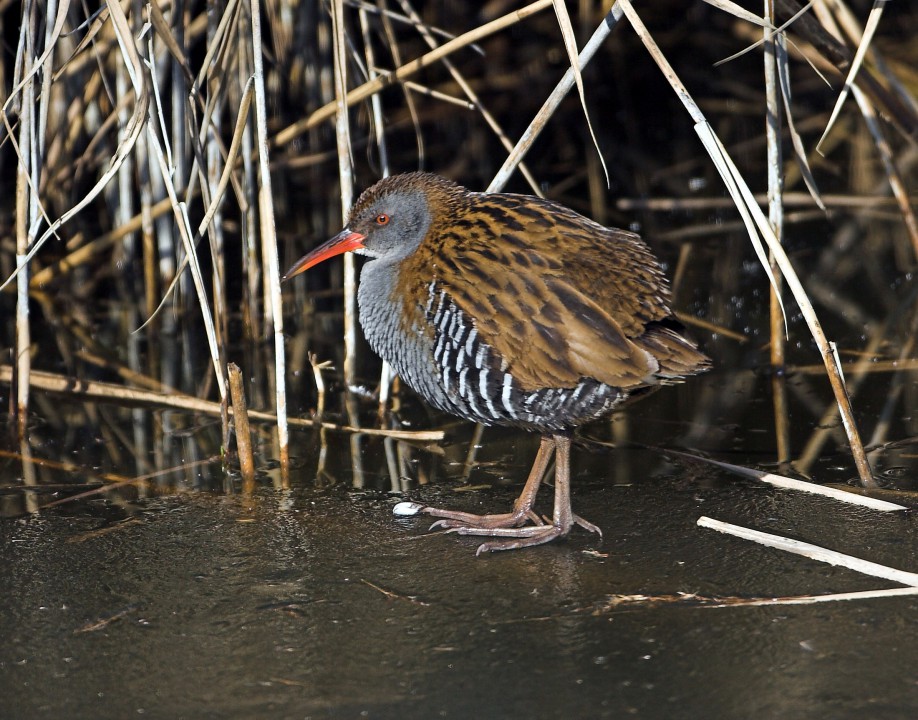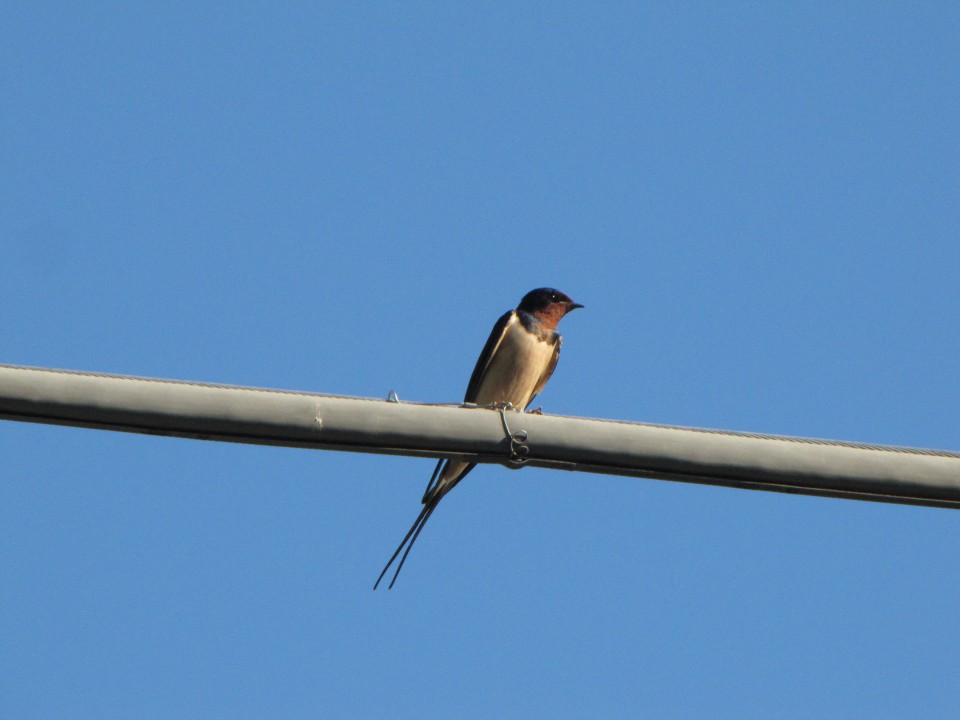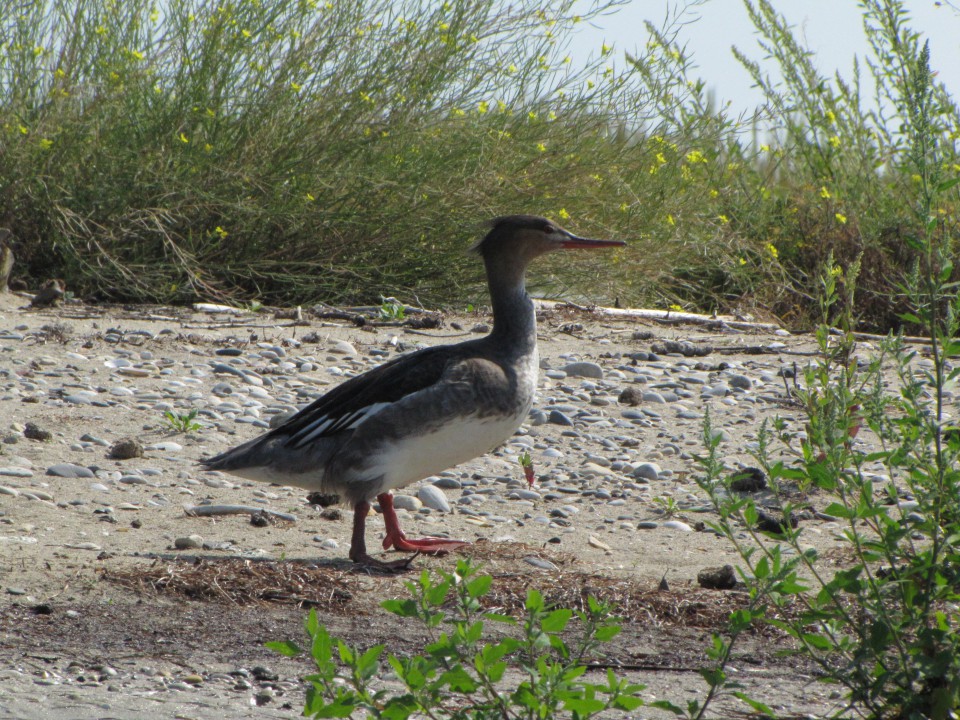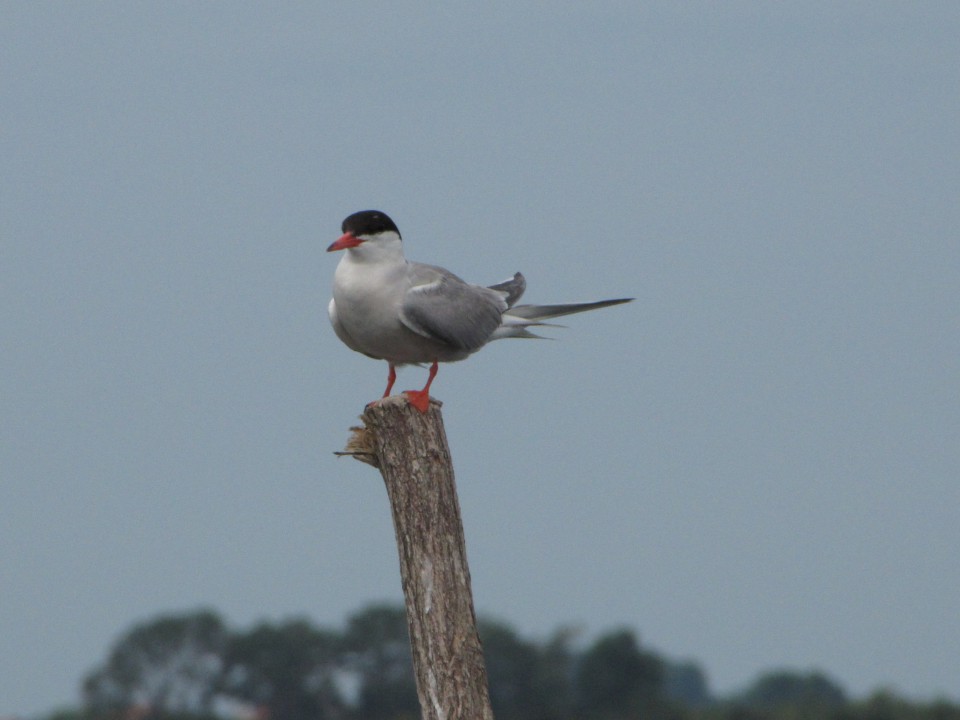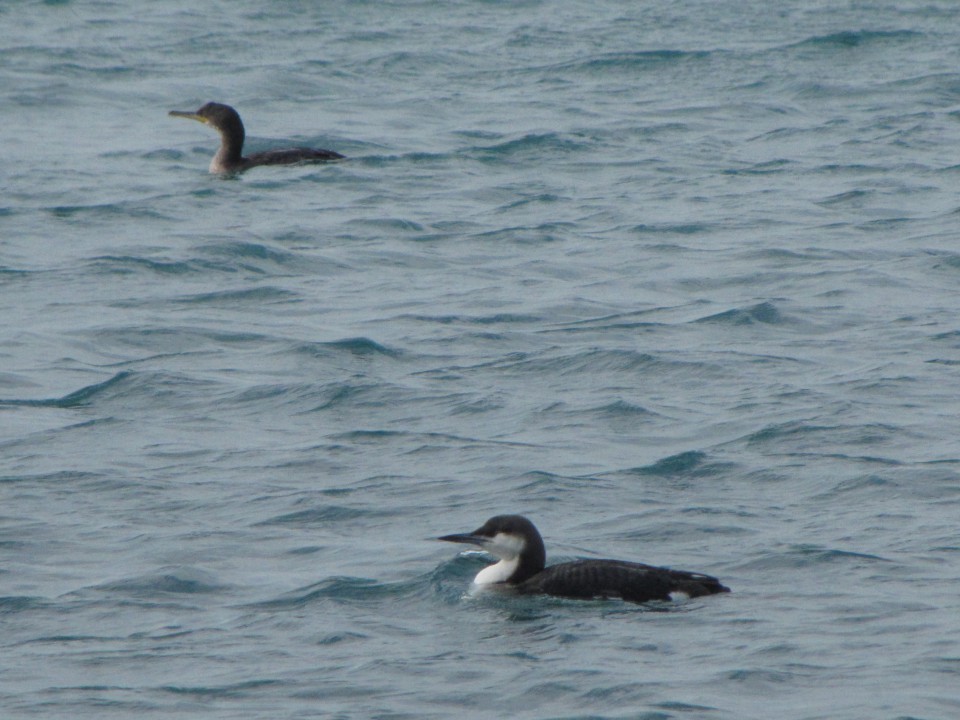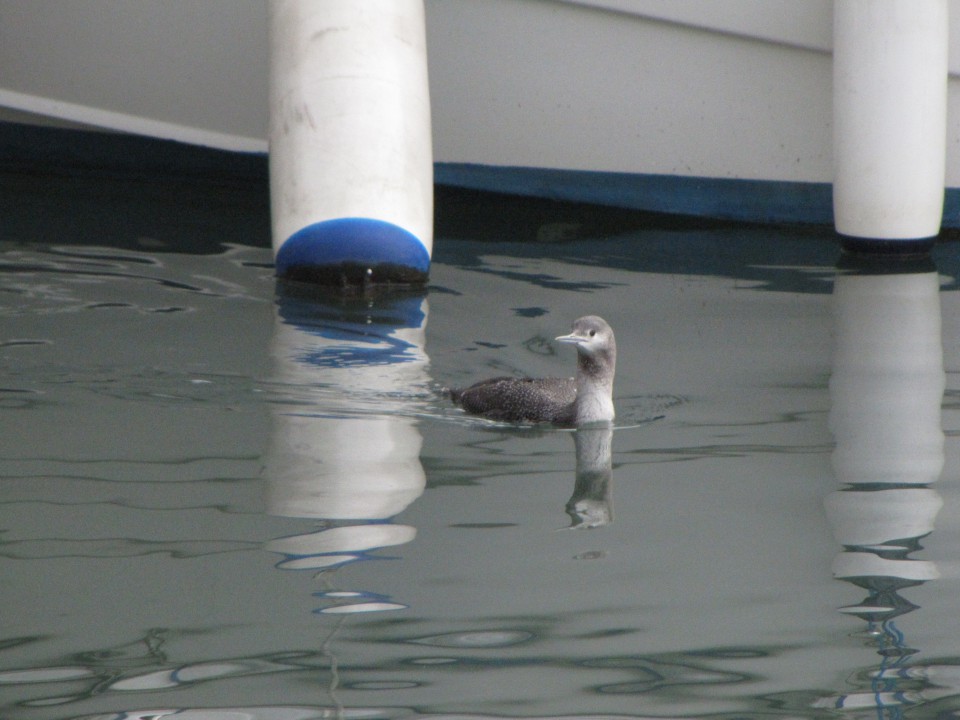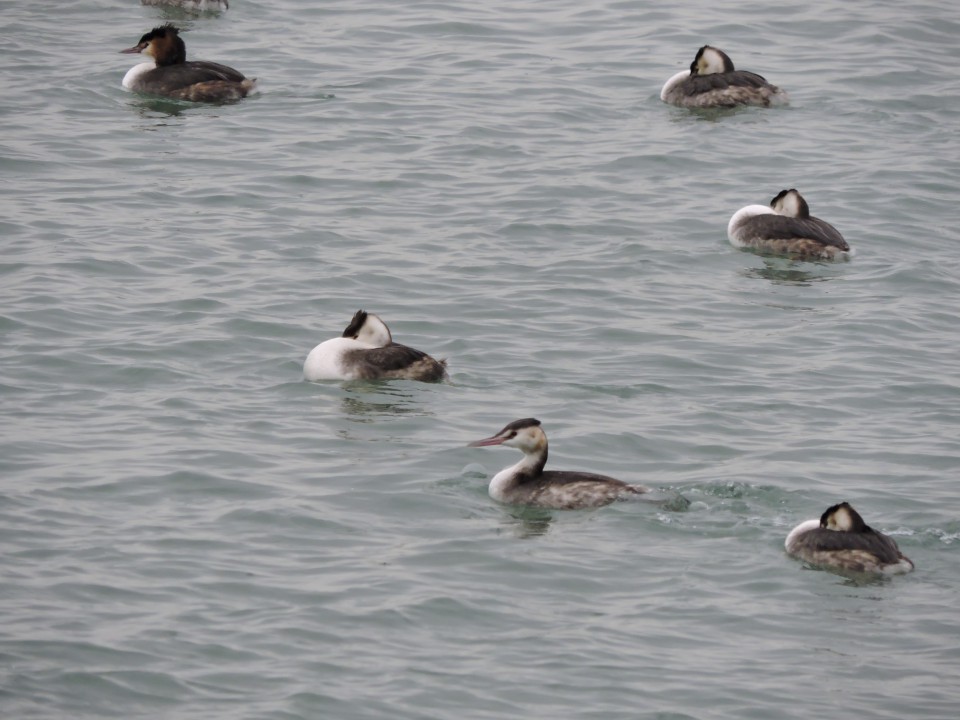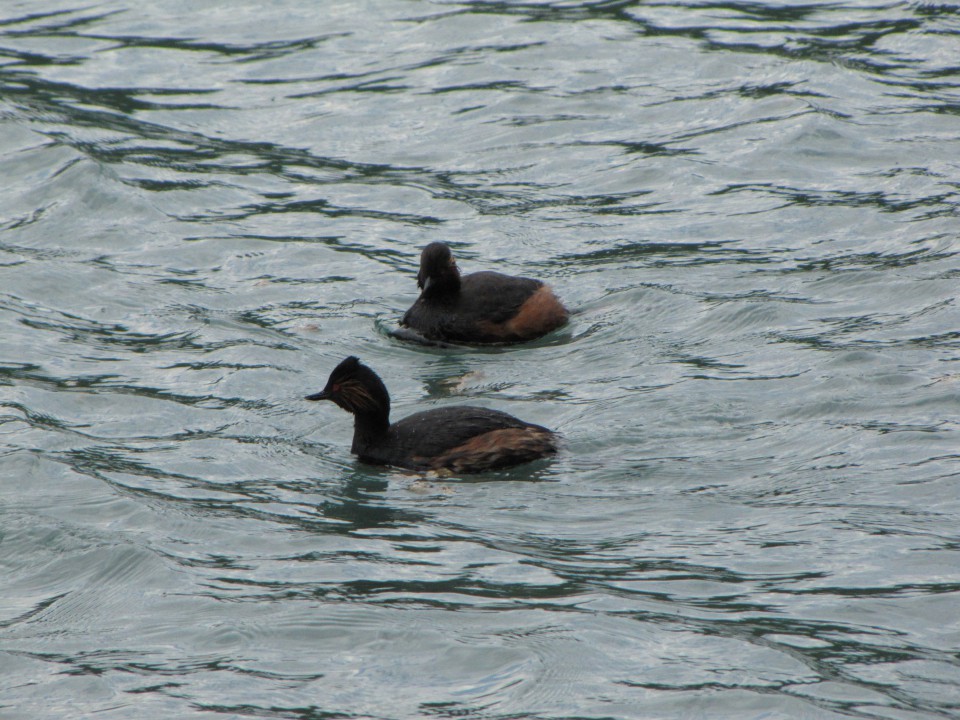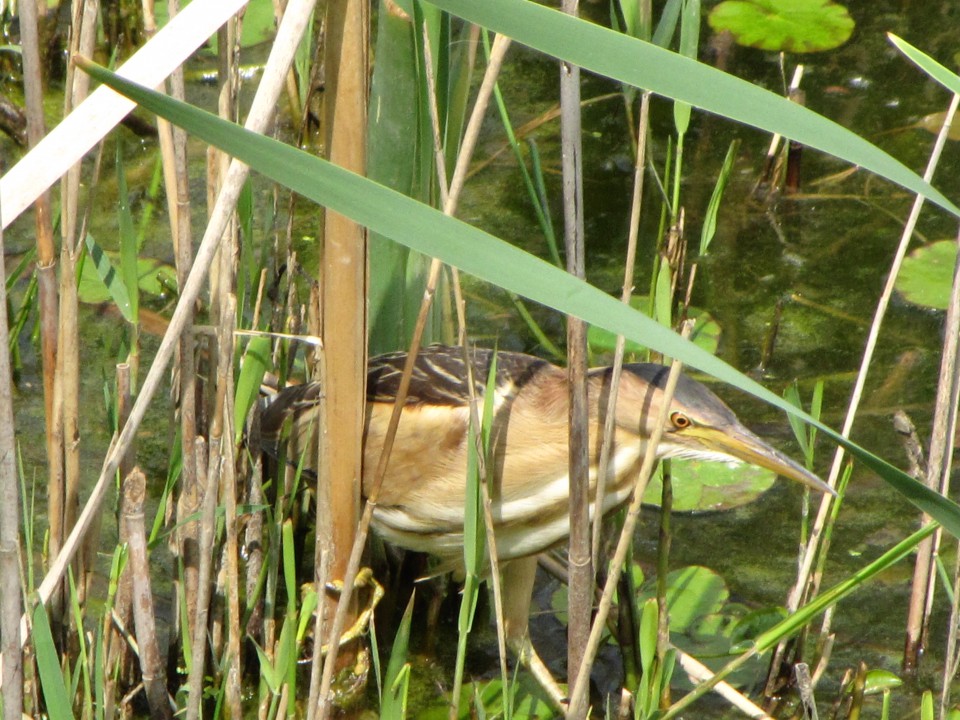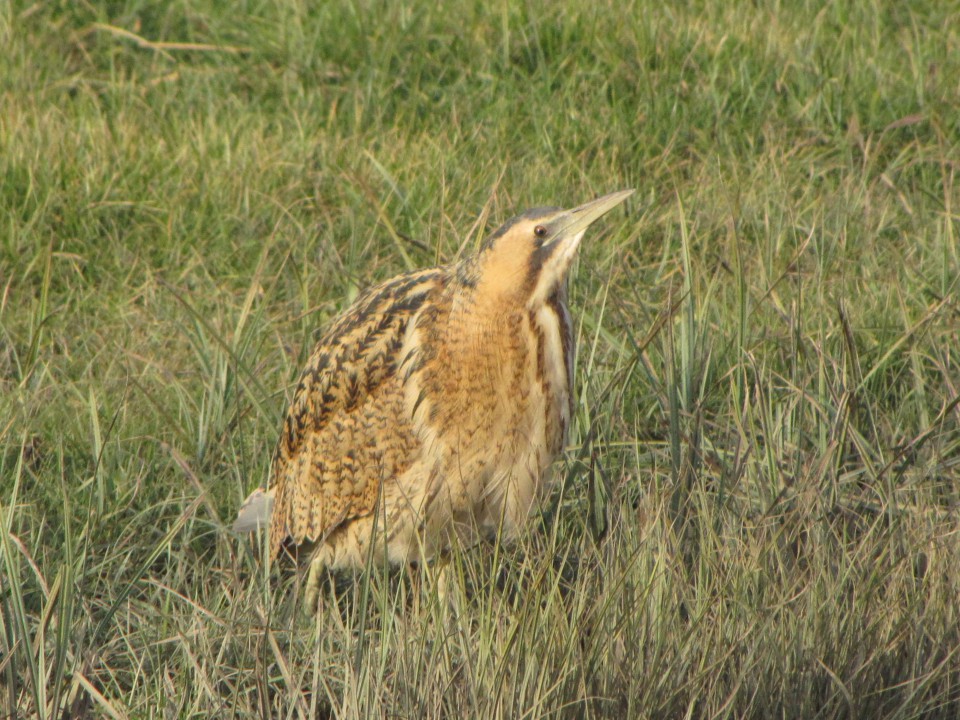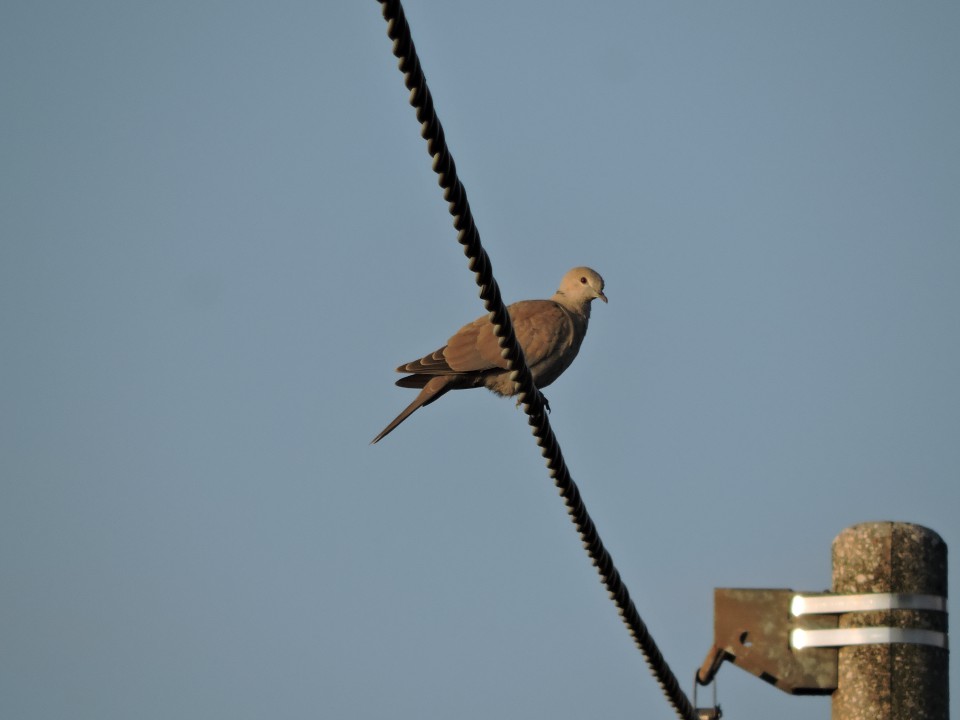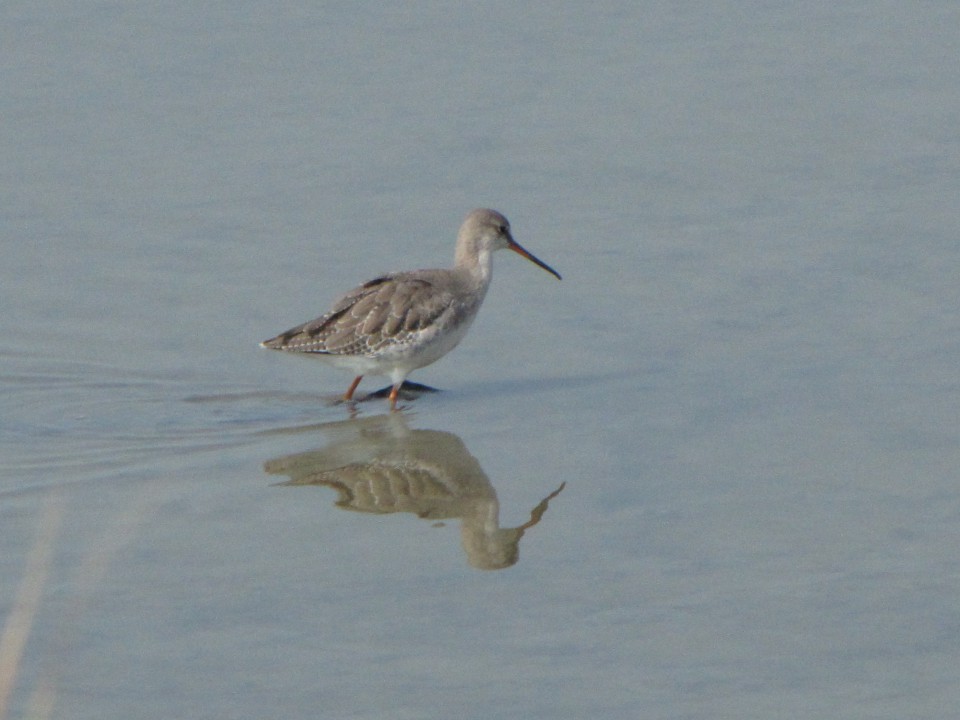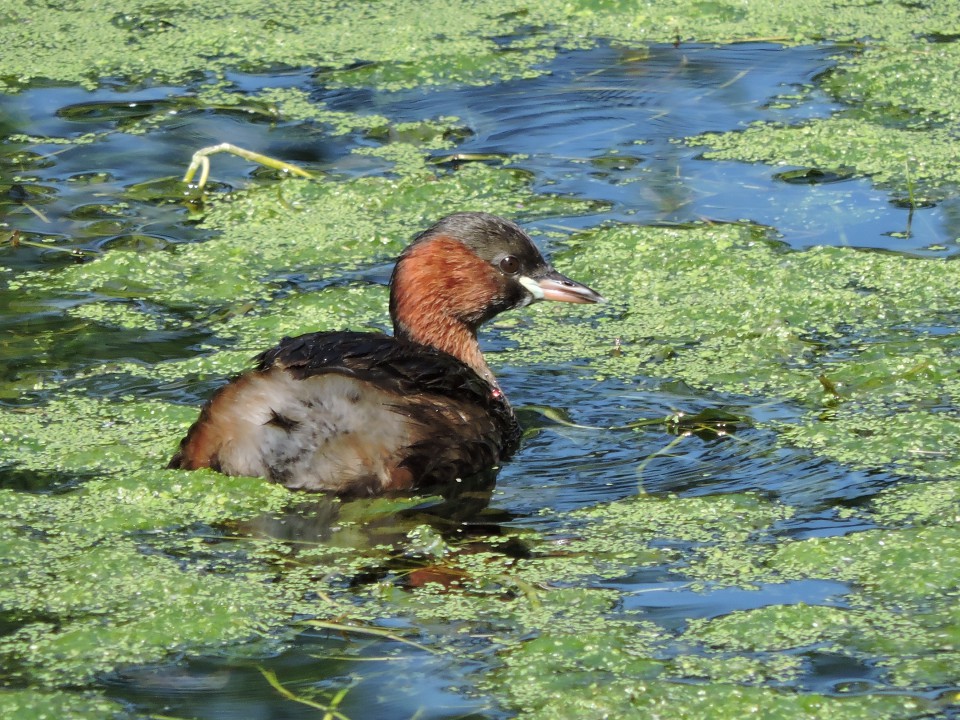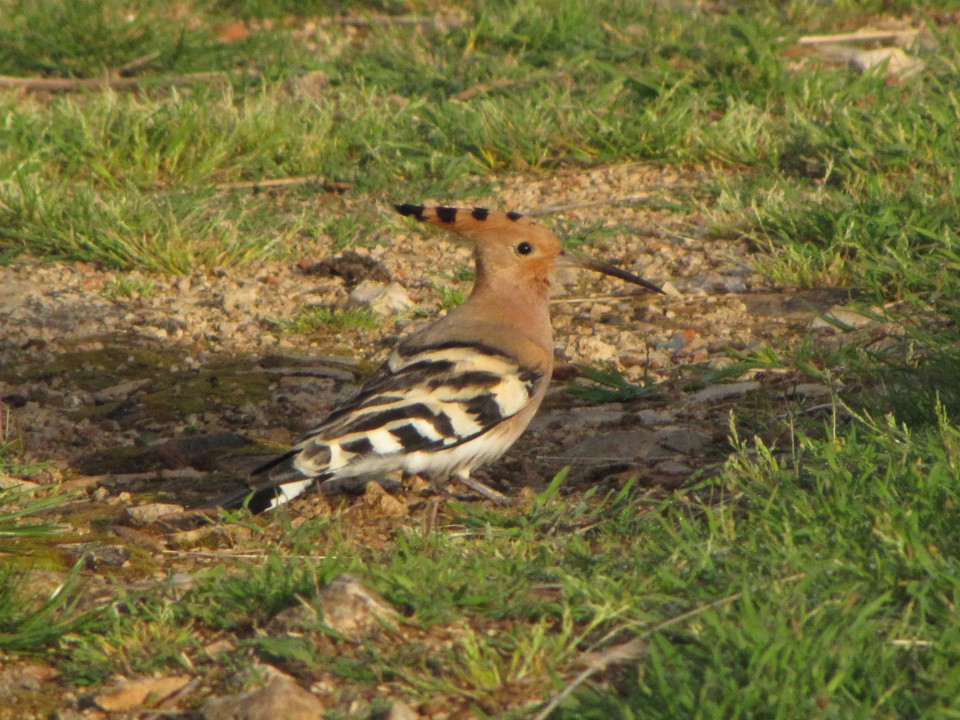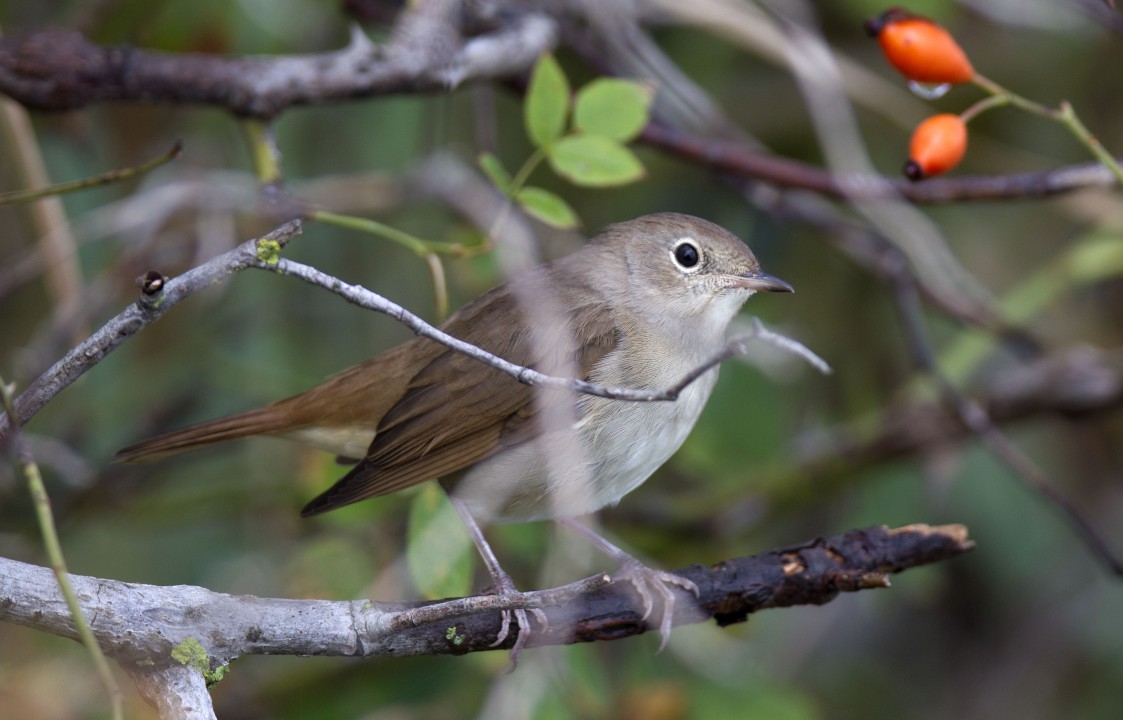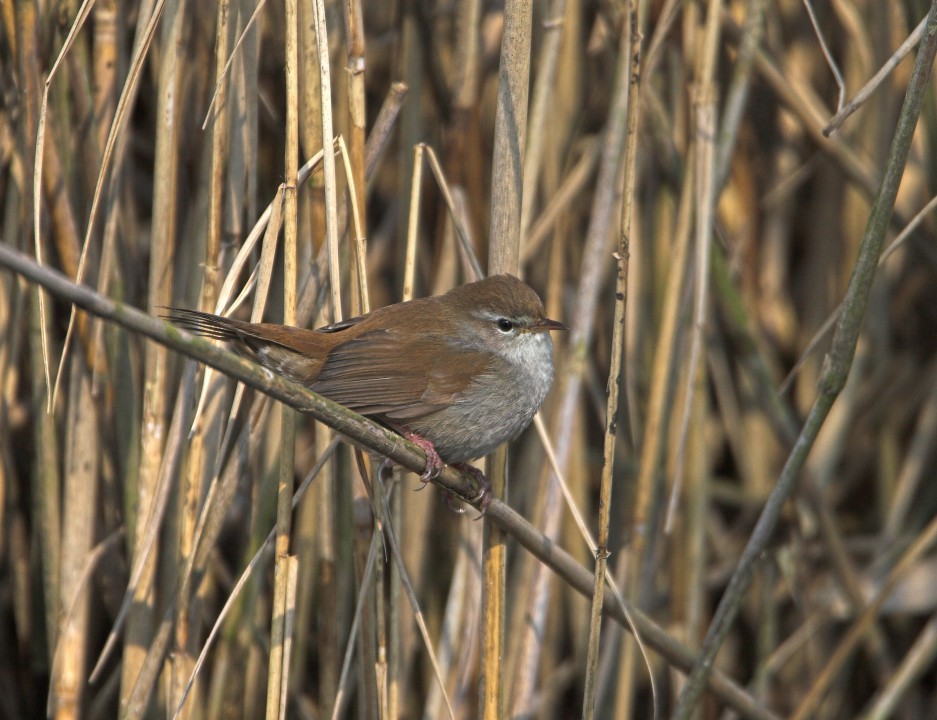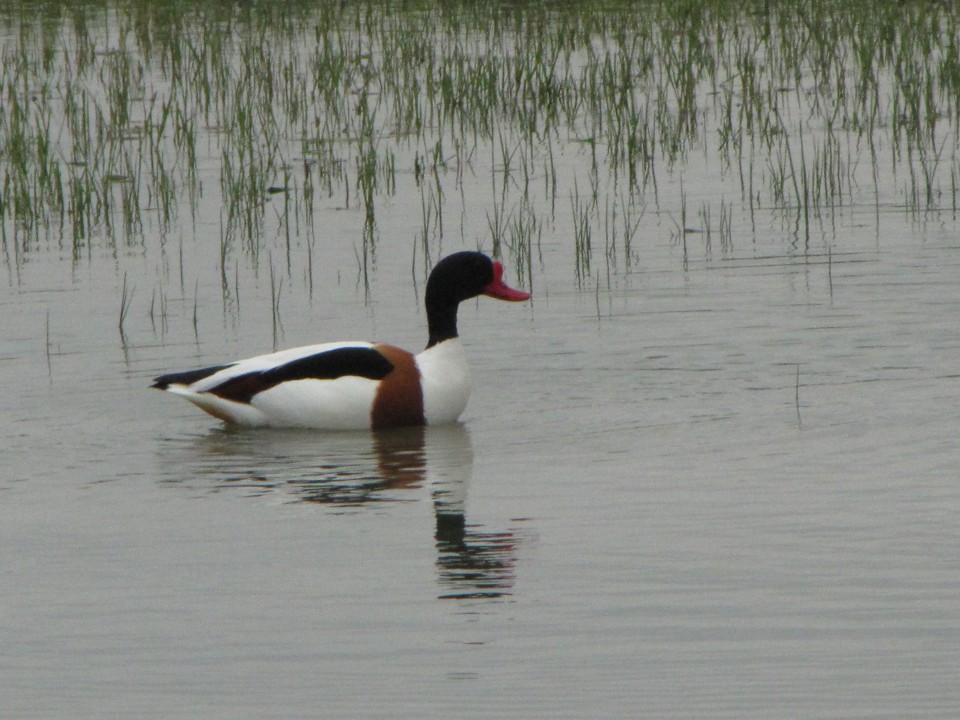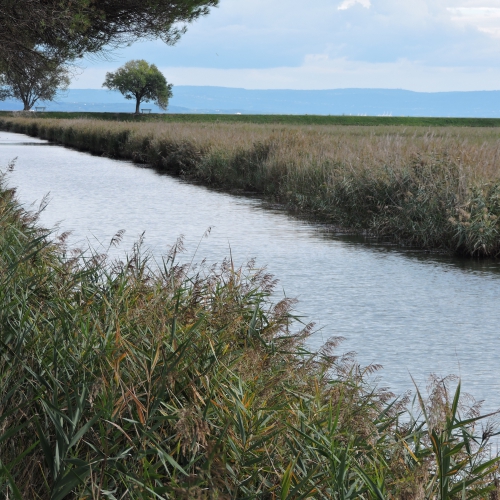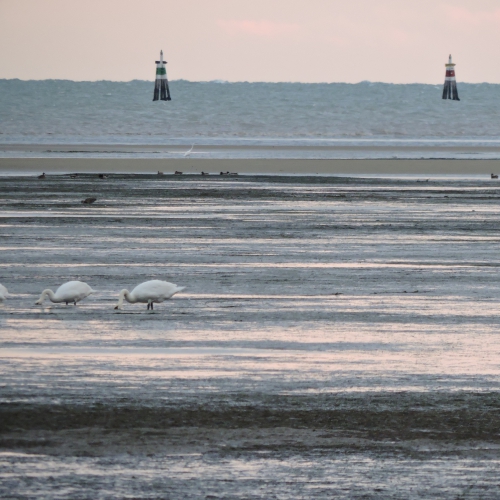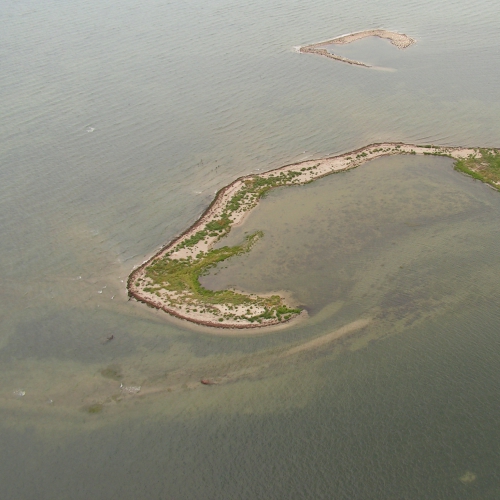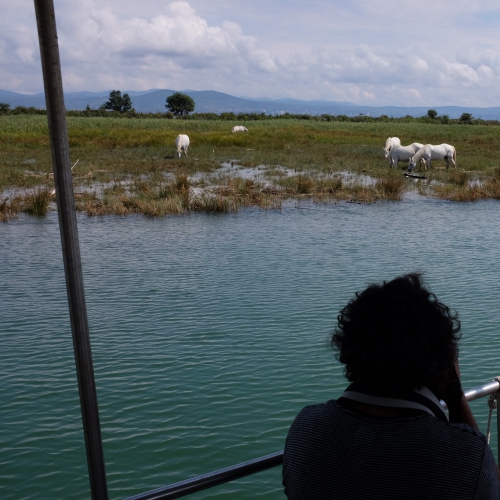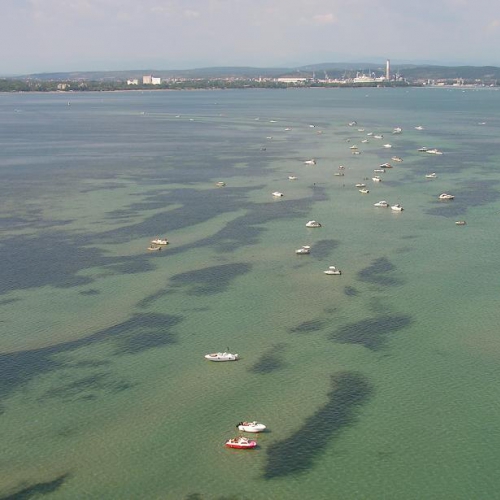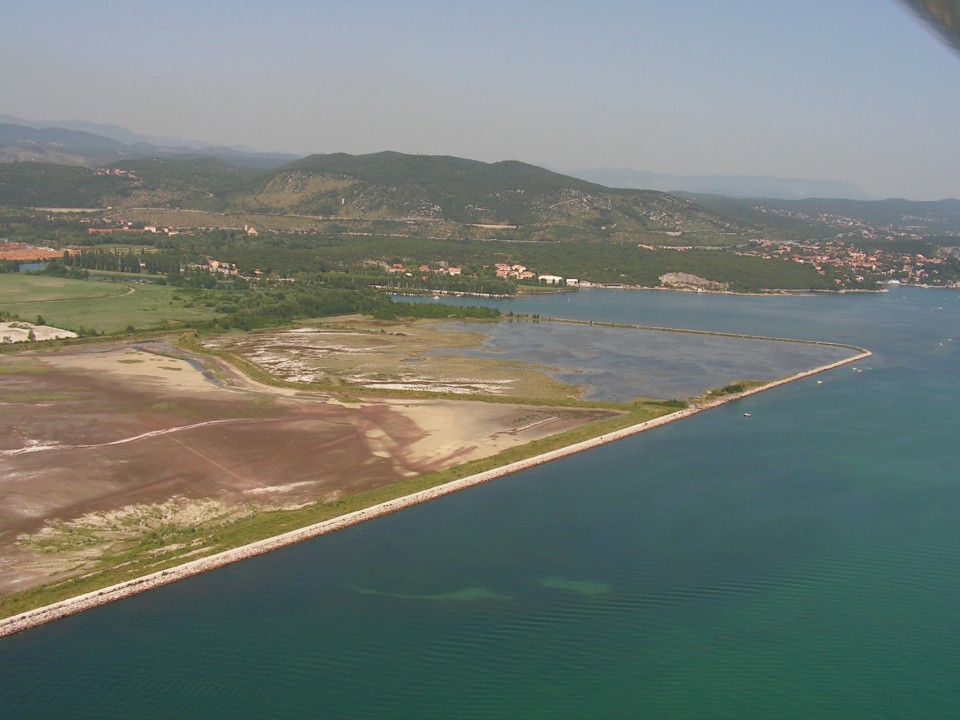
Descrizione
A ponente della foce del Timavo si estende una zona che era marina ma attualmente risulta circondata da un argine pietroso che costituisce il contenimento della cassa di colmata destinata ad accogliere i materiali derivati dall’escavo del canale di accesso al porto di Monfalcone. La parte orientale è stata dichiarata Sito di importanza comunitaria per la ricchezza di avifauna. All’interno una parte è occupata da una barena con abbondante presenza di porcellana di mare Atriplex portulacoides, mentre verso l’argine esterno si estende uno specchio d’acqua poco profondo che comunica con il mare attraverso un varco nell’argine perimetrale. Nonostante molte forme di disturbo la zona è ricchissima di avifauna. A Nord e a ovest della cassa di colmata si estendono ampi canneti , specchi d’acqua dolce e boschetti litoranei a salici e pioppi cresciuti su vecchie colmate.
Luoghi d'interesse
A ridosso delle ex isole ancora oggi si trovano delle risorgive di acqua calda a 20 ° - 40 ° usate a fine termali fino alla Prima Guerra. La zona...
Vegetazione
Forma estesi canneti in particolare in corrispondenza delle foci fluviali. Resiste ad una moderata salinità riducendo la taglia. Viene...
Specie alofila, i fiori gialli colorano il paesaggio estivo delle barene lagunari.
Forma popolamenti puri intorno alle “olle “ di risorgiva ed è presente lungo i corsi d’acqua e nelle golene su suoli...
Specie nordamericana ampiamente diffusa nelle zone golenali e lungo i litorali. Si tratta di una specie esotica infestante che modifica fortemente...
E’ la quercia tipica della bassa pianura con suoli profondi e umidi. Presente nei boschi planiziali, lungo i corsi d’acqua e nei...
Specie alofila non è presente sulle barene ma sulla costa rocciosa e sulle opere portuali quali moli e dighe anche in zona lagunare.
Frequente nei boschi planizali dove predilige le stazioni più umide. Si trova lungo i fiumi e nei pressi delle risorgive. Piuttosto...
Specie alofila, forma popolamenti sulle barene e nelle valli da pesca in presenza di salinità moderata. Molto diffuso nella laguna di...
Pianta alofila, si trova nelle bassure retrodunali e nelle parti alte delle barene
Specie alofila molto frequente sulle barene della laguna di Grado.
Specie alofila forma estesi popolamenti sulle barene e risulta evidente durante la fioritura estiva.
Specie arborea frequente lungo i fiumi e i litorali soprattutto su suoli sabbiosi. Di bel portamento viene usato come alberatura su viali e nei...
Come il pioppo bianco è frequente lungo i fiumi e i litorali ma risulta meno legato ai suoli sabbiosi. Una varietà ibrida viene...
Specie alofila si trova sulle barene e nella cassa di colmata del Lisert dove forma popolamenti estesi
Specie di origine nordamericana diffusa nelle zone coltivate e lungo I fiumi. Utilizzata per paleria e legna da ardere.
E’ una pianta acquatica frequente in particolare nelle valli da pesca e in zone con apporti di acqua dolce e scarso ricambio iidrico. Molte...
Frequente in molti ambienti anche lontano dall’acqua è tra i principali costituenti insieme a pioppi dei boschi ripariali e...
Arbusto o piccolo albero dalla forma globosa normalmente presente lungo i fiumi di risorgiva, nei canneti su terreni torbosi spesso allagati.
Forma popolamenti puri o in associazione con la cannuccia palustre alle foci dei fiumi, in presenza di acqua debolmente salata. Veniva falciato...
Specie alofila risulta evidente durante la fioritura estiva
Specie alofila è la prima pianta terrestre a colonizzare le piane di marea più elevate sopportando lunghe sommersioni.
Arbusto e piccolo albero, resistente ai suoli salati ed alla siccità come ricordato dal D’Annunzio ne “la pioggia nel...
Frequente nel mare a profondità inferiore ai 5 metri e nelle lagune soprattutto in corrispondenza di apporti di acqua dolce. Colonizza le...
Tradizioni
In antichità di fronte alle foci del Timavo vi era un ampio specchio di mare navigabile, il Lacus Timavi corrispondenre circa alla zona del...
Ambienti
Le zone normalmente emerse della laguna sono denominate “barene” e sono caratterizzate dalla vegetazione alofila cioè tipica...
La linea di costa che un tempo (fino agli anni Venti) si modificava naturalmente a seconda dell’innalzamento ed abbassamento del livello del...
Il sistema lagunare del Friuli Venezia Giulia si estende tra la foce dell’Isonzo e quella del Tagliamento. Rispetto alla “sorella...
Le mitilicolture, che da oltre 40 anni fanno parte del paesaggio costiero triestino, con i loro sistemi galleggianti molto vistosi costituiscono...
Le zone regolarmente sommerse dall’alta marea che si scoprono durante la bassa prendono il nome di “piana di marea”. Nel Friuli...
Uccelli
cm 85-100, sessi simili. Piumaggio bianco, becco giallo che diviene nero in periodo riproduttivo. Presente tutto l’anno, non nidifica. Numeroso...
cm 84-102, sessi simili. Presente tutto l’anno nidifica in colonia in boschetti lagunari e altre zone boscate dell’entroterra. La nidificazione...
cm 70-90, Sessi simili. Presente da fine marzo a settembre nidifica in colonia in rigogliosi canneti nella laguna di Marano e nei ripristini della...
cm 45-55, spiccato dimorfismo, il maschio è grigio con le punte delle ali nere, la femmina è bruna, entrambi hanno il groppone bianco. Presente...
cm 34-38, è l’ anatra più piccola. Specie prevalentemente svernante, alcune coppie nidificano e concentrazioni si osservano nelle zone umide...
cm 19-21, sessi simili. Esiste una forma grigia ed una rossastra. E’un piccolo gufo con ciuffi auricolari ed un canto caratteristico ed ...
cm 42-46, sessi simili. Bianca con strie nere e becco lungo rivolto all’in su. Presente tutto l’anno, più numerosa in inverno...
cm 14-15.5 - il maschio ha la testa grigia con “basetta” nera, femmina beige, coda lunga e rossastra. Presente tutto l’anno ma in forte...
cm 23-28, sessi simili. Molto mimetico con un piumaggio bruno striato, ha un lungo becco diritto ed un volo caratteristico a zig-zag. Presente da...
cm 37-43, sessi simili, grigio chiaro superiormente, bianco nelle parti inferiori, con calottina nera con ciuffo sulla nuca e becco nero con apice...
cm 46-56, caratteristico “specchio alare” bianco. Specie prevalentemente svernante, alcune coppie nidificano. Frequenta le zone umide d’acqua...
cm 12.5-14, piumaggio bruno chiaro con ventre chiaro. Presente da aprile a settembre nei canneti dove nidifica. E’ la specie più frequente tra i...
cm 33-36, sessi simili. Bianco e nero, zampe rosse lunghissime. Presente da marzo e settembre-ottobre. Nidifica nelle valli da pesca e nelle paludi...
cm 48-57, sessi simili. Brunastro con lungo becco ricurvo. Presente tutto l’anno ma non nidifica. Forma aggregazioni durante l’alta marea su...
cm 37-45, sessi simili. Brunastro con becco ricurvo, più corto del chiurlo maggiore, presenta caratteristiche strie scure sulla testa. Presente...
cm 140-160, colore bianco, grigio nei giovani, tubercolo alla base del becco, più evidente nel maschio. Presente tutto l’anno, numeroso presso...
cm 51-62, anatra elegante con collo lungo e, nel maschio lunghe timoniere centrali. Specie svernante, frequenta le piane di marea, i ripristini...
cm 38-43 sessi simili, grigio con fasce alari bianche. Presente tutto l’anno nidifica comunemente nei boschetti delle isole lagunari e delle zone...
cm 22-32, spiccato dimorfismo sessuale: il maschio è nettamente più grande e a maggio inizia a vestire un caratteristico abito nuziale. Il...
cm 77-94, sessi simili. Come pellicani e sule ha le 4 dita congiunte dalla membrana natatoria. Specie presente tutto l’anno, aumenta notevolmente...
cm 17-19,5, sessi simili. E’il corriere di dimensioni maggiori. Ricorda il corriere piccolo ma più massiccio con tratti più marcati e barra alare...
cm 15.5-18, sessi simili. Beige superiormente con strie nere sul capo e sul petto, bianco inferiormente. Presente da marzo a settembre, nidifica...
cm 33-36, sessi simili. Esiste una forma grigia ed una rossa, ali appuntite ricorda vagamente un uccello rapace ma la testa è piccola e il becco...
cm 15-16, maschio con capo grigio e gola bianca nella sottospecie cinerocapilla , ventre giallo, coda lunga con timoniere esterne bianche. Durante le...
cm 43-55, spiccato dimorfismo, il maschio è più colorato mentre la femmina è tutta scura con testa e spalle giallo paglierino. Presente tutto...
cm 52- 60, parti superiori scure, inferiori bianche, ali lunghe. Presente durante le migrazioni in particolare in aprile -maggio e agosto-settembre....
cm 120-145, gli adulti hanno un tipico piumaggio rosa-rosso mentre i giovani sono grigi. Presente tutto l’anno ma con consistenze molto variabili...
cm 42-50, il maschio presenta una caratteristica macchia bianca sulle copritrici dell’ala. Specie svernante molto numerosa da settembre a marzo,...
cm 36-42, sessi simili. Nera fumo con becco e placca frontale bianca. Corre sull’acqua per prendere il volo. Presente tutto l’anno, nidifica con...
cm 21-25, sessi simili. È la più piccola delle rondini di mare, volo con battiti molto frequenti e pesca con continui stalli seguiti da tuffi....
cm 15-17, il maschio ha la nuca rossastra e strie nere evidenti sul capo e ai lati del petto. La femmina ha lo stesso disegno ma in grigio. Presente...
cm 35-39, sessi simili. A febbraio veste il cappuccio bruno scuro dell’abito nuziale che poi perde in luglio-agosto. Presente tutto l’anno...
cm 37-40, sessi simili. Rispetto al gabbiano comune ha il becco più massiccio e rosso corallo, la testa nera-durante la nidificazione- e le punte...
cm 52-58, sessi simili. Grigio superiormente, bianco inferiormente. Presente tutto l’anno e nidificante abbondante in laguna, sui tetti di Trieste...
cm 27-31, sessi simili. Scura con coda in parte bianca e becco rosso e giallo. Presente tutto l’anno, nidifica nelle zone umide d’acqua dolce e...
cm 55-65, sessi simili. Piumaggio bianco con lunghe penne, dette egrette. su nuca e dorso durante il periodi riproduttivo. Presente tutto l’anno...
cm 40-46, essi simili. Ricorda un gabbiano reale di minori dimensioni. Presente da novembre ad aprile, numerosa in alcuni inverni, Frequenta il mare,...
cm 50-60. spiccato dimorfismo, è il progenitore dell’anatra domestica. Presente tutto l’anno, molto adattabile, frequenta sia le zone umide che...
31-37 cm , il maschio ha coda e capo grigi, parti superiori rossastre, La femmina ha coda rossastra barrata. Presente tutto l’anno, nidifica in...
cm 45-55, sessi simili Presente tutto l’anno nidifica in colonie, associato a varie specie di aironi. in alcuni boschetti lagunari. La...
cm 17-19, sessi simili. Azzurro superiormente, rosso inferiormente con grande becco scuro e coda molto corta che in volo lo fanno sembrare un...
cm 37-41, il maschio presenta una caratteristica striscia bianca dall’occhio alla nuca. Specie migratrice è presente da marzo a settembre....
cm 44-52, il maschio presente un caratteristico petto bianco. Specie prevalentemente svernante, alcune coppie si riproducono. Frequenta le zone umide...
cm 13-5-15.5 - il maschio in abito nuziale ha la testa nera. In abito invernale i sessi sono simili, con piumaggio brunastro, con coda relativamente...
cm 58-65, sessi simili, adulti neri e grigi, giovani bruni. Presente dalla primavera all’autunno. Rara d’inverno. Nidifica in colonia associata...
cm 74-84 grigia, sono evidenti in volo le copritrici chiare, è la progenitrice dell’oca domestica. Presente tutto l’anno, frequenta per...
cm 30-34, sessi simili. Grigia superiormente, biancastra inferiormente, becco relativamente grosso leggermente rivolto all’insù. Presente tutto...
cm 28-31, sessi simili, nera cangiante superiormente, bianca inferiormente con caratteristico ciuffo sulla nuca ed ali arrotondate. Presente tutto...
cm 10-11.5, sessi simili. Testa grigia con stria nera sull’occhio. “teoricamente” presente tutto l’anno in canneti e boschi ripariali, ormai...
cm 24-27, sessi simili. Grigio-bruna superiormente, più chiara inferiormente con evidente barra bianca sull’ala, più scura in abito nuziale;...
cm 17-21, sessi simili. Caratteristico ventre nero e parti superiori rossastre, grigiastro d’inverno. E’ il “limicolo” più numeroso durante...
cm 18.5-21, scuro e picchiettato di chiaro superiormente, più chiaro inferiormente. Presente da marzo a settembre, scarso a giugno, non nidifica....
cm 20-24, scuro superiormente, bianco sulle parti inferiori, più contrastato dell’affine boschereccio. Presente tutto l’anno ma non nidifica....
cm 18-20,5 bruno chiaro superiormente. bianco sulle parti inferiori. Le ali hanno una sottile barra chiara e vengono spesso bloccate brevemente nel...
cm 26-29, sessi simili. Piumaggio grigio, bianco e nero sulle parti inferiori durante il periodo riproduttivo. Grigia d’inverno con...
cm 48-56, sessi simili, piumaggio molto variabile, in genere bruna con chiazze chiare. Presente tutto l’anno, più numerosa anche in laguna durante...
cm 23-26, sessi simili. Grigio inferiormente, bruno striato superiormente, becco lungo e ricurvo. Presente tutto l’anno, più numeroso d’inverno,...
cm 17-21, sessi simili. Nera superiormente, gola rossa e ventre biancastra. Presente da marzo-aprile e settembre-ottobre, Nidifica sotto manufatti...
cm 52-58, maschio con testa verde scuro e collarino bianco, femmina con testa rossastra. Presente durante lo svernamento è frequente durante la...
cm 34-37, sessi simili. Grigia chiara superiormente bianca nelle parti inferiori, con calottina nera e becco rosso. È la classica rondine di mare...
cm 63-75, sessi simili. D’inverno il piumaggio è grigio scuro superiormente, biancastro inferiormente Il becco è più massiccio e tenuto...
cm 55-67, sessi simili. Durante l’inverno ha un piumaggio grigio, biancastro inferiormente. Presente d’inverno in mare e nelle zone più profonde...
cm 46-51, sessi simili Grigio superiormente, biancastro inferiormente, nell’abito nuziale mostra evidenti ciuffi sul capo e guance. Presente tutto...
cm 28-34, sessi simili. Grigio e biancastro d’inverno, veste il collo nero ed un ciuffo giallo dietro l’occhio rosso a marzo. Presente da agosto...
cm 22-28, il maschio è giallastro e nero sul capo, sul dorso e sulle ali, la femmina è simile ma con brunastro al posto del nero. E’il più...
cm 69-81, sessi simili. Piumaggio mimetico. Presente durante lo svernamento e le migrazioni. Ha nidificato saltuariamente. Frequenta le zone umide...
cm 29-33, sessi simili. Piumaggio beige chiaro con collarino nero. Presente tutto l’anno, spesso associata agli insediamenti umani in città,...
cm 29-33, sessi simili, Abito nuziale nerastro, abito post riproduttivo biancastro inferiormente e grigio superiormente, becco sottile e zampe...
cm 23-29, sessi simili, bruno d’inverno, nero con guance sossastre in abito riproduttivo. Presente tutto l’anno, nidifica nelle zone umide...
cm 25-29, sessi simili, piumaggio arancio barrato di nero, cresta erettile sul capo, volo sfarfallante. Presente da aprile a settembre ed è...
cm 15-16.5, sessi simili. Bruno rossastro superiormente più chiaro nelle pari inferiori. Presente da aprile a settembre. Nidifica in boschetti...
cm 13.14, sessi simili. Piumaggio bruno rossastro, Canto forte e scoppiettante che risuona spesso al nostro arrivo nel territorio di un maschio....
cm 55-65, aspetto bianco e scuro, becco rosso con tubercolo nel maschio. Presente tutto l’anno, frequenta le zone soggette a marea e le valli da...

